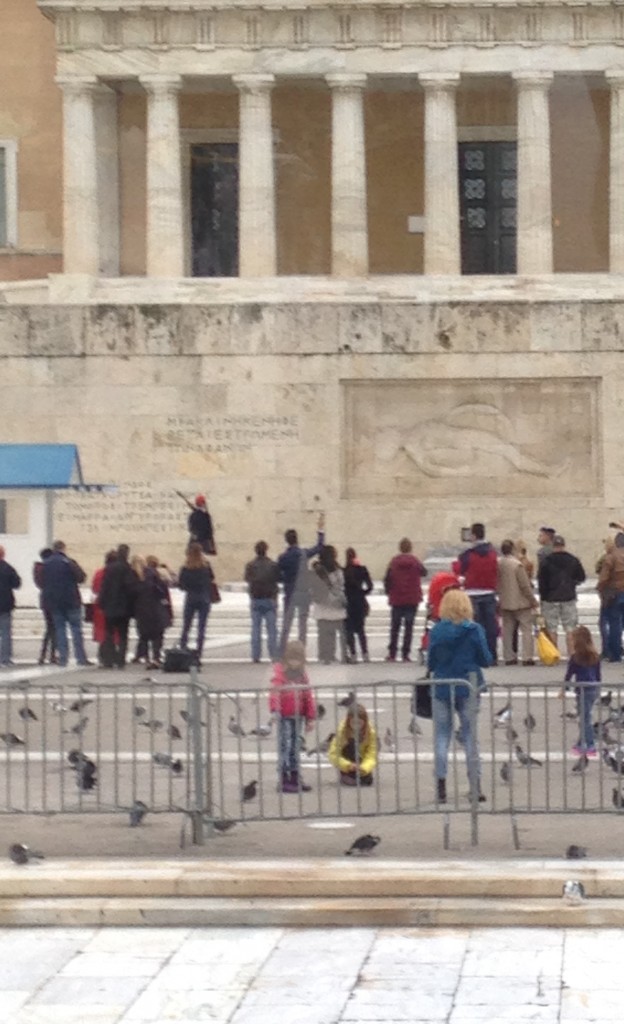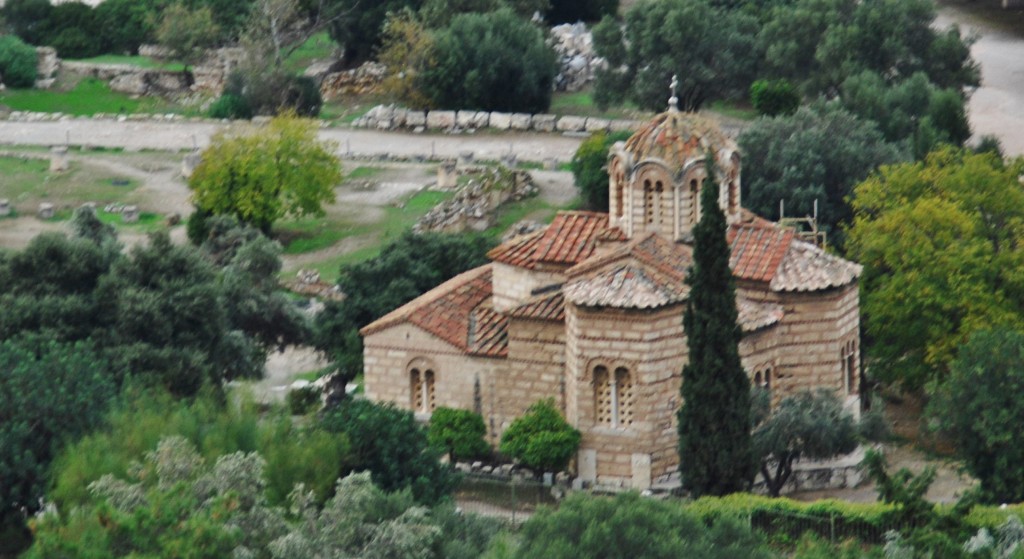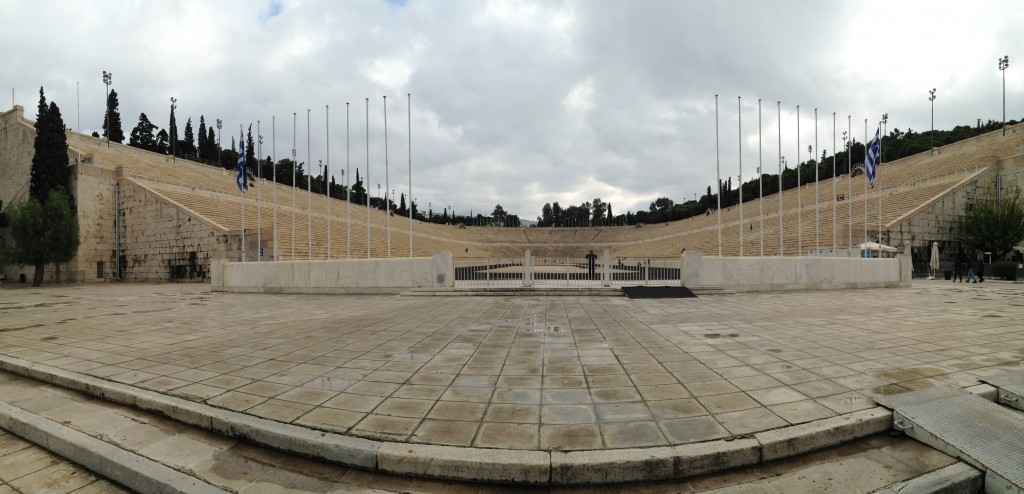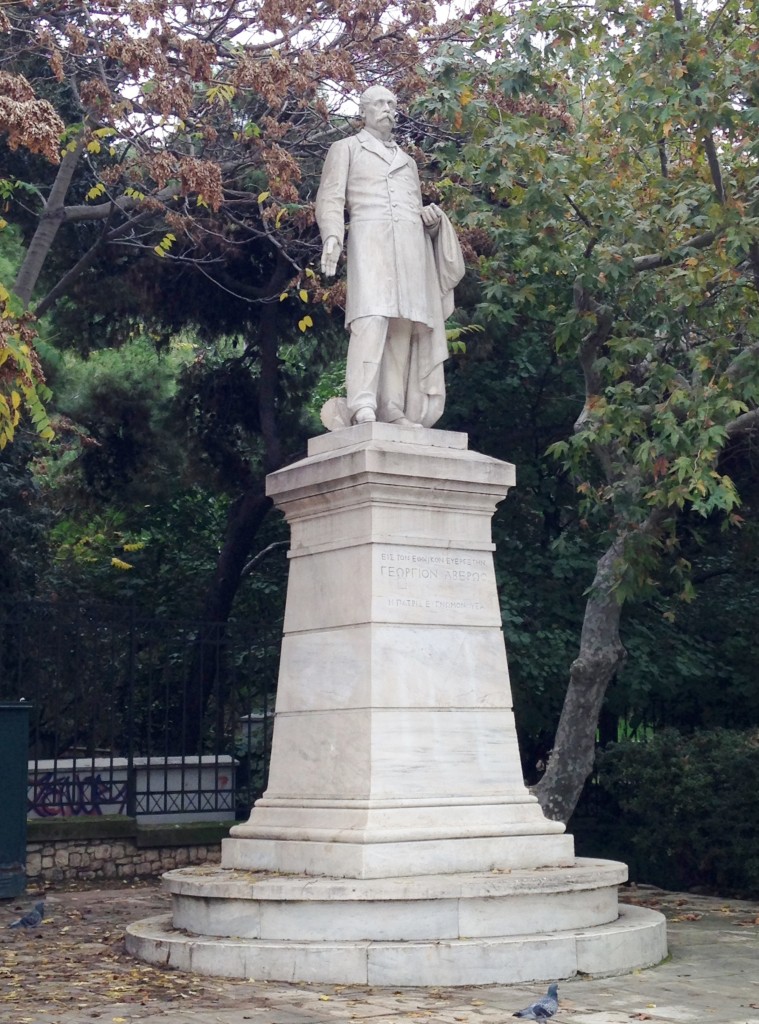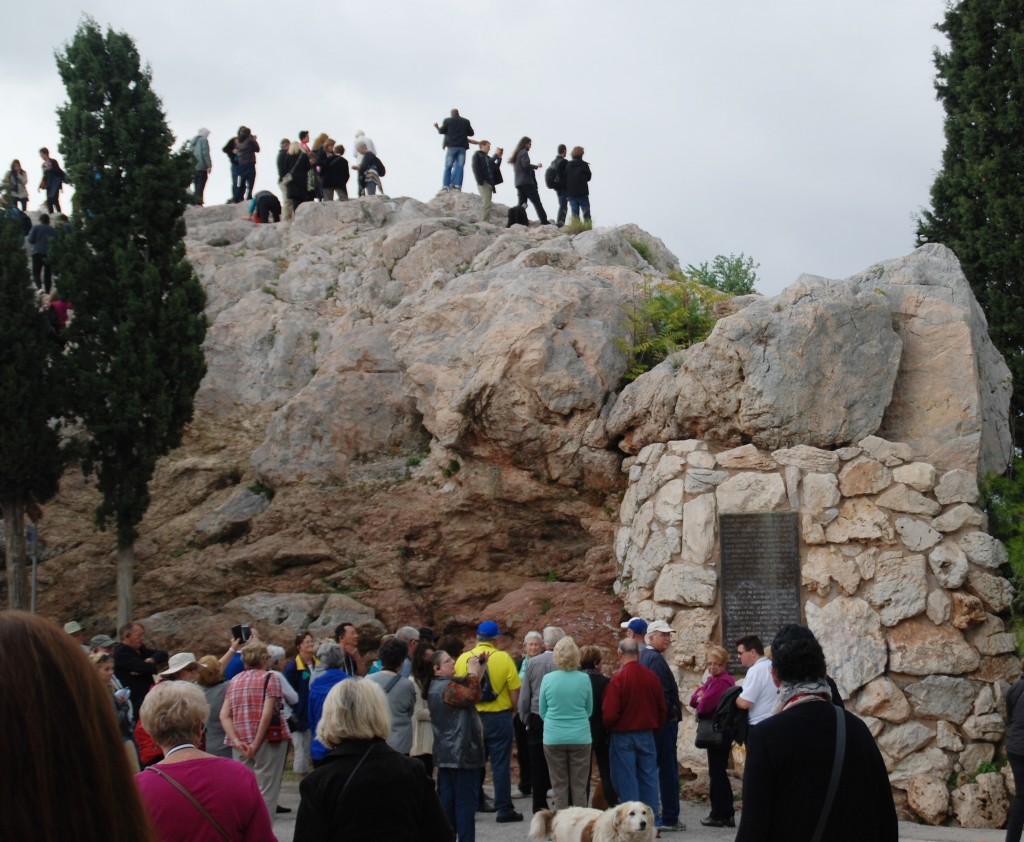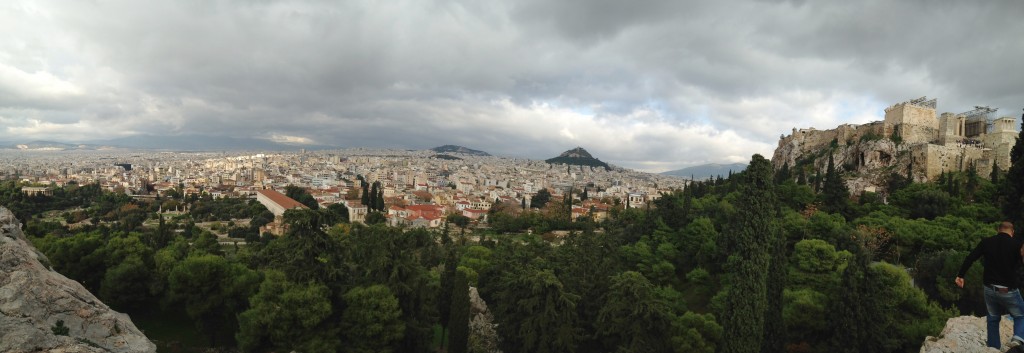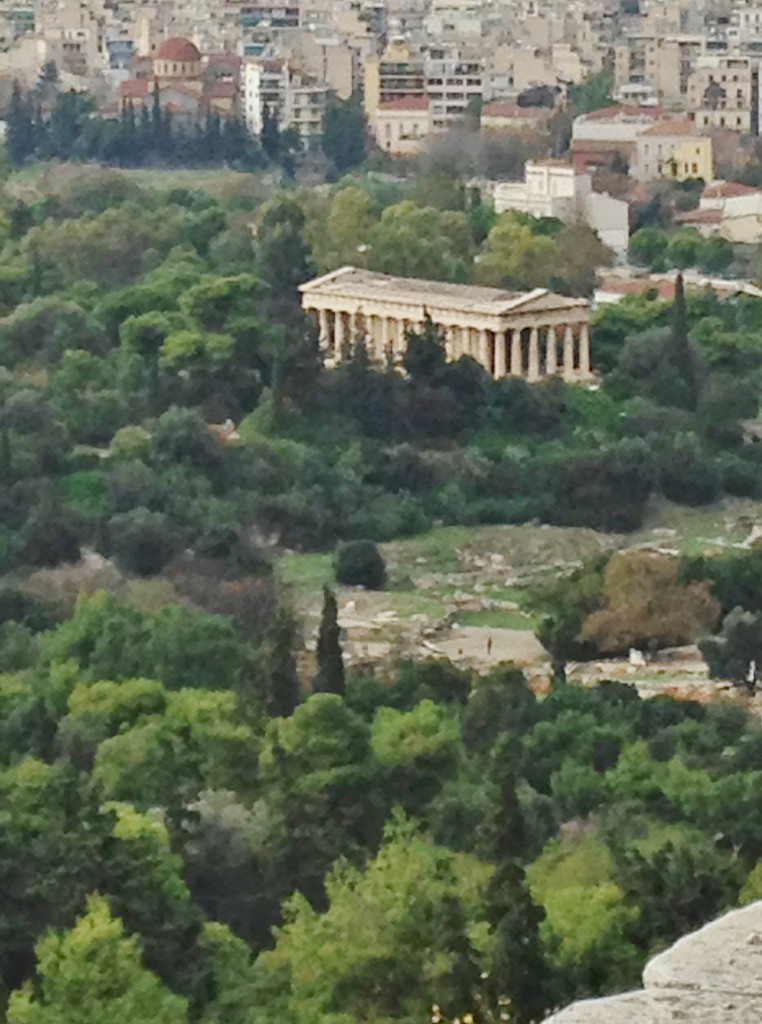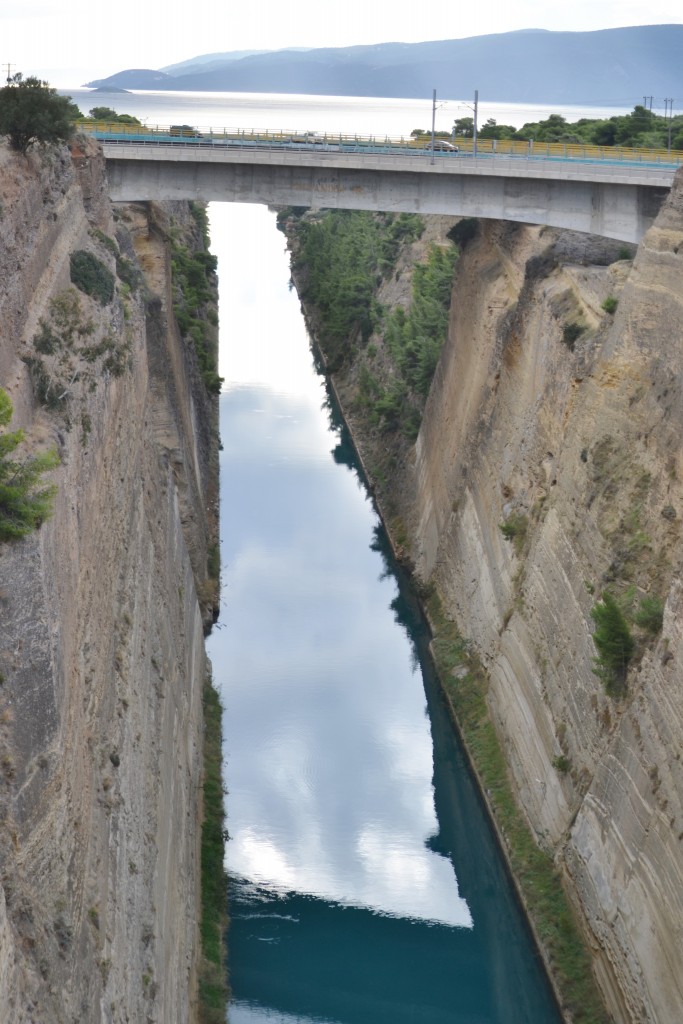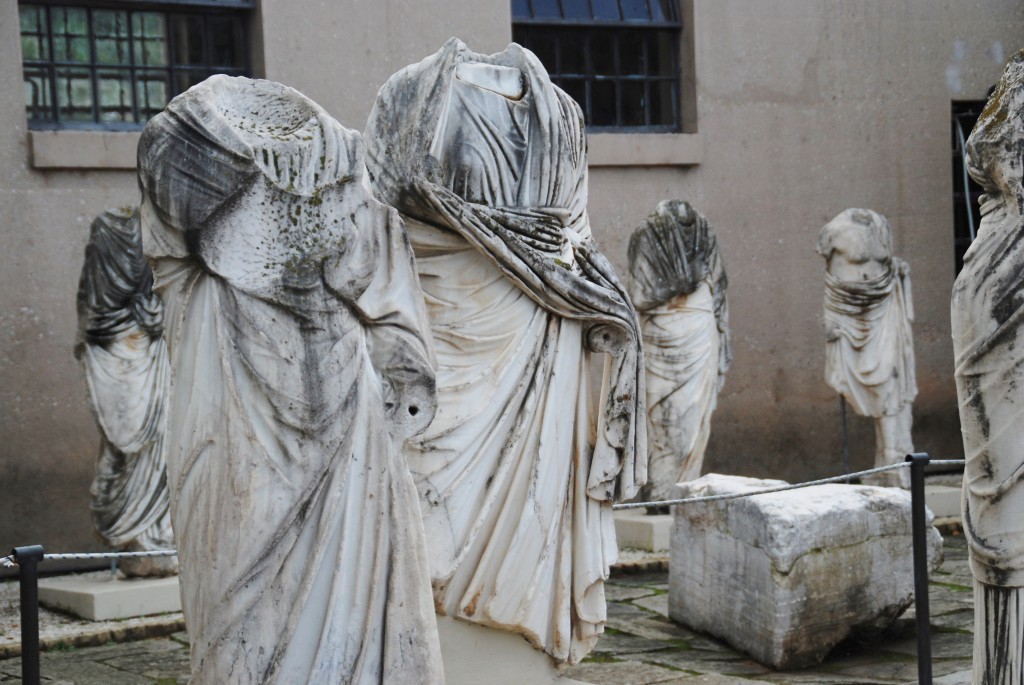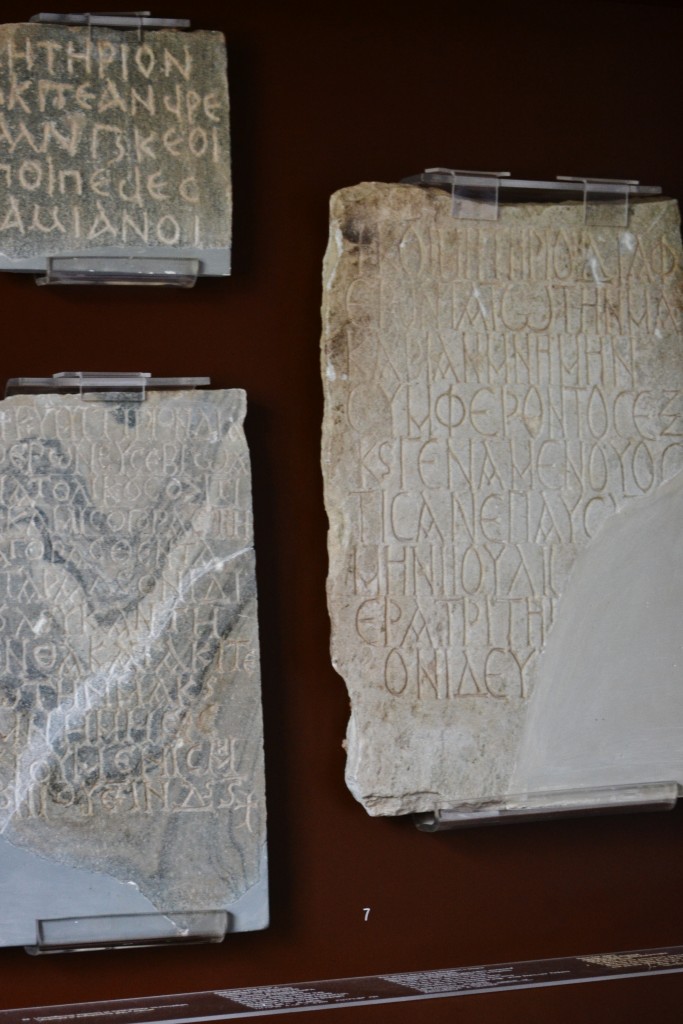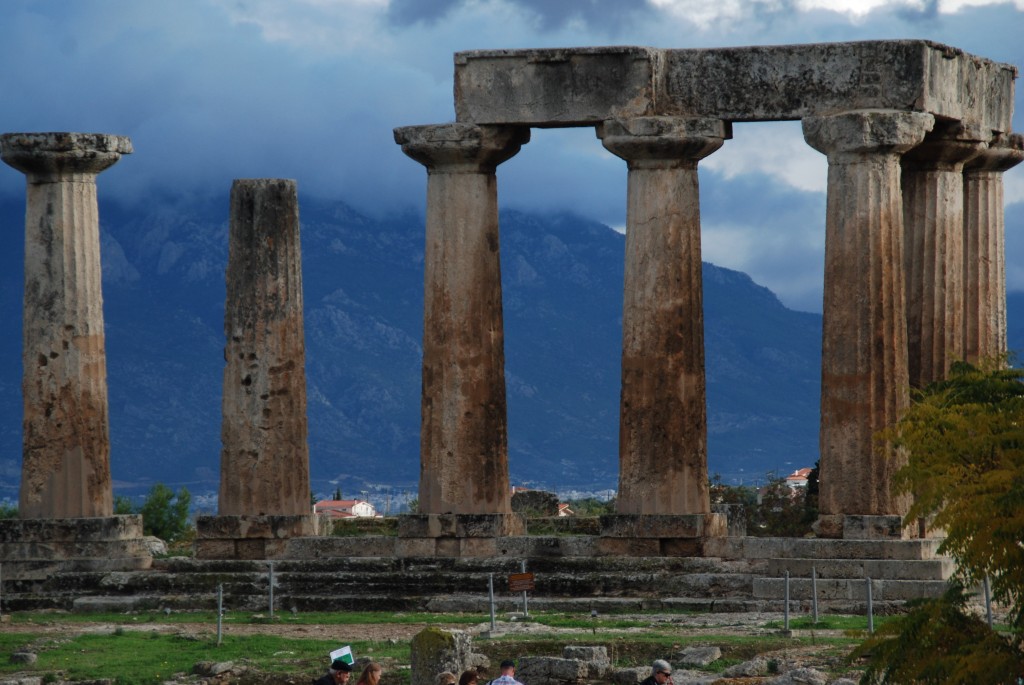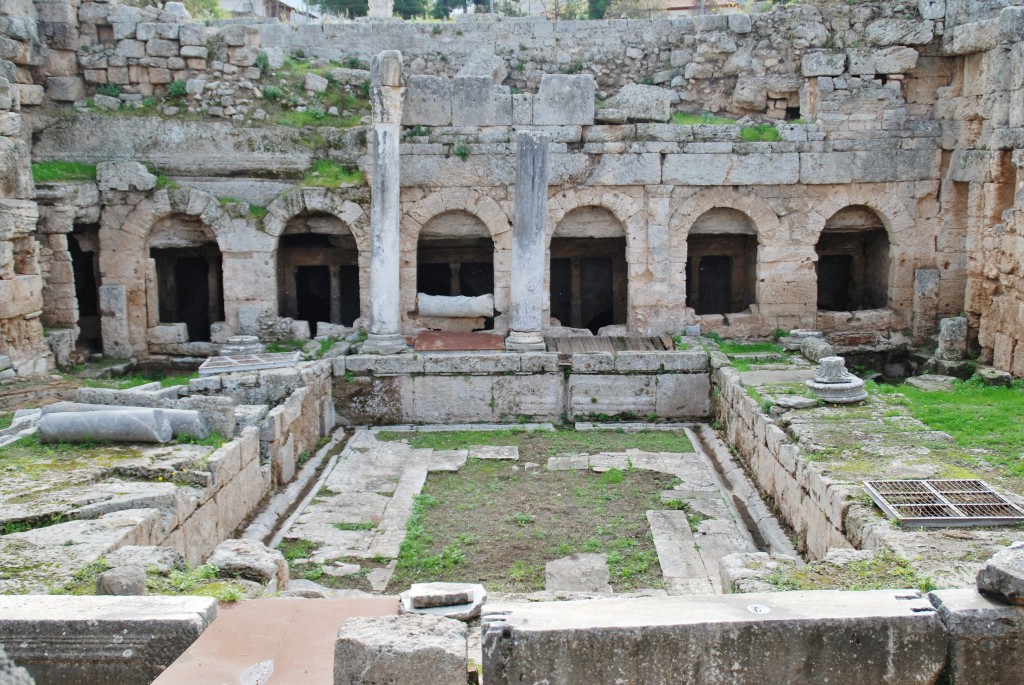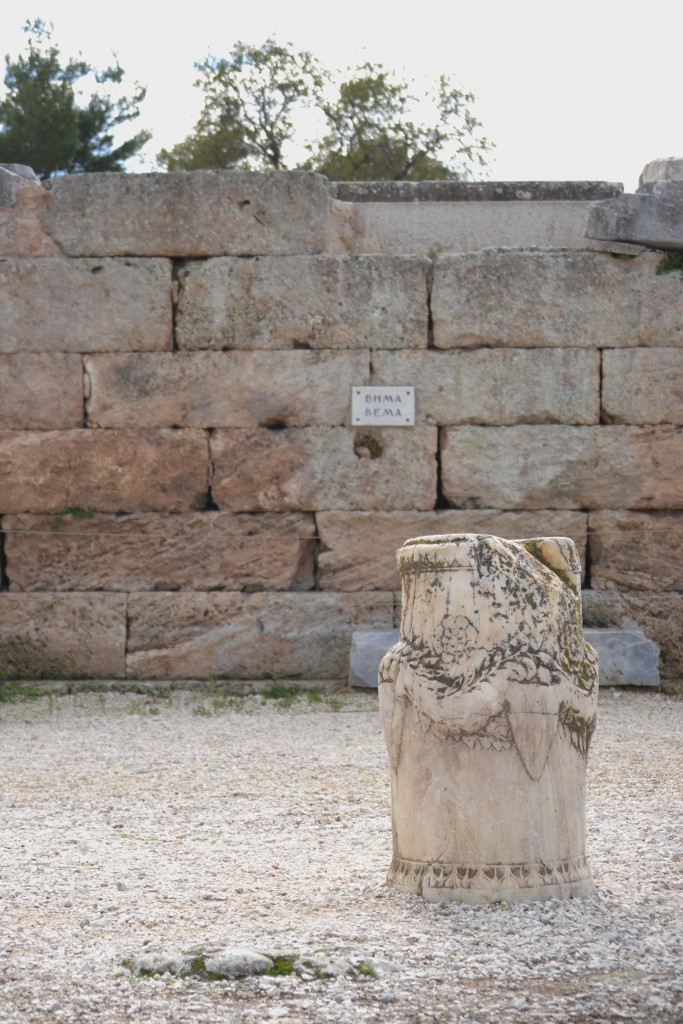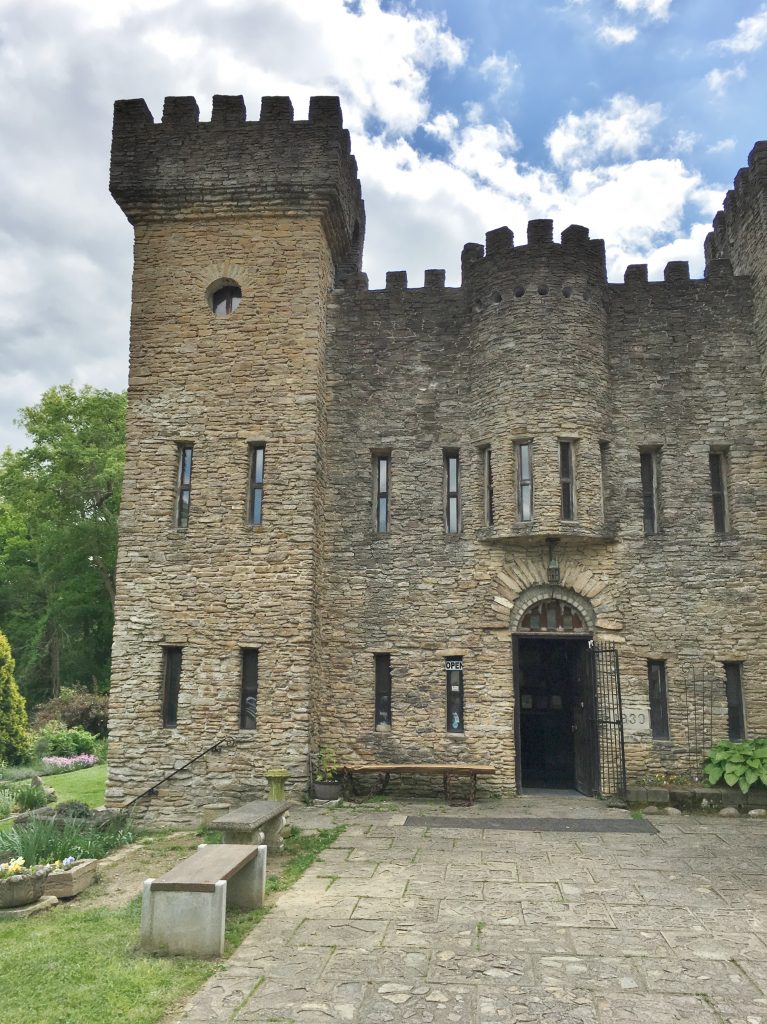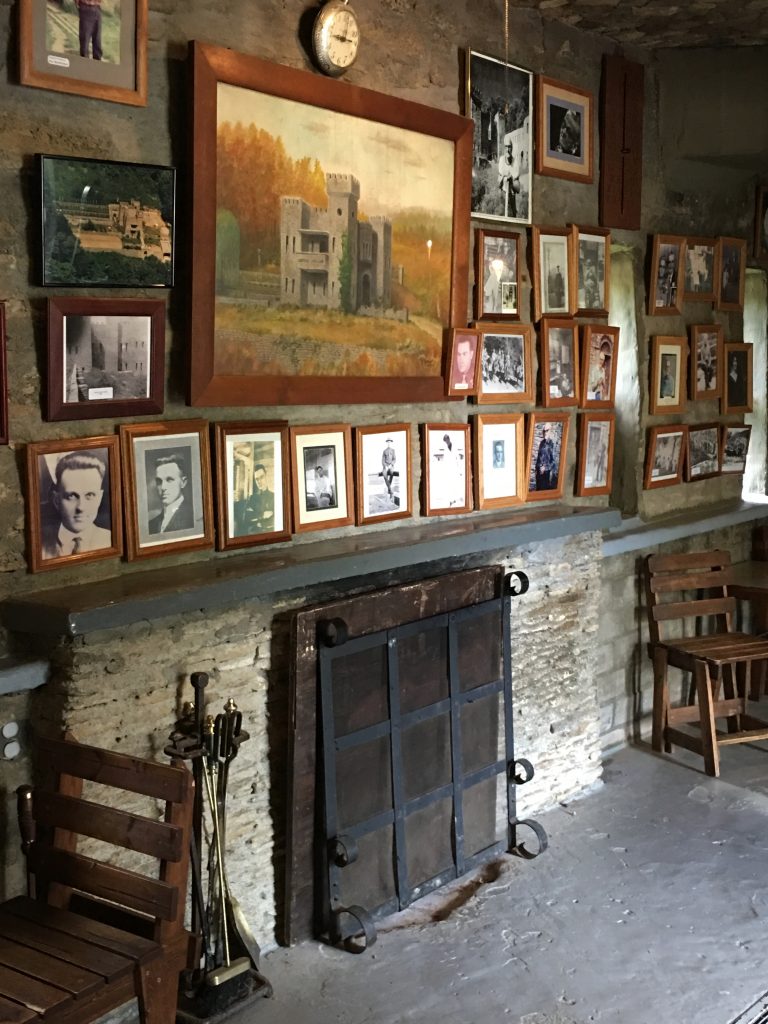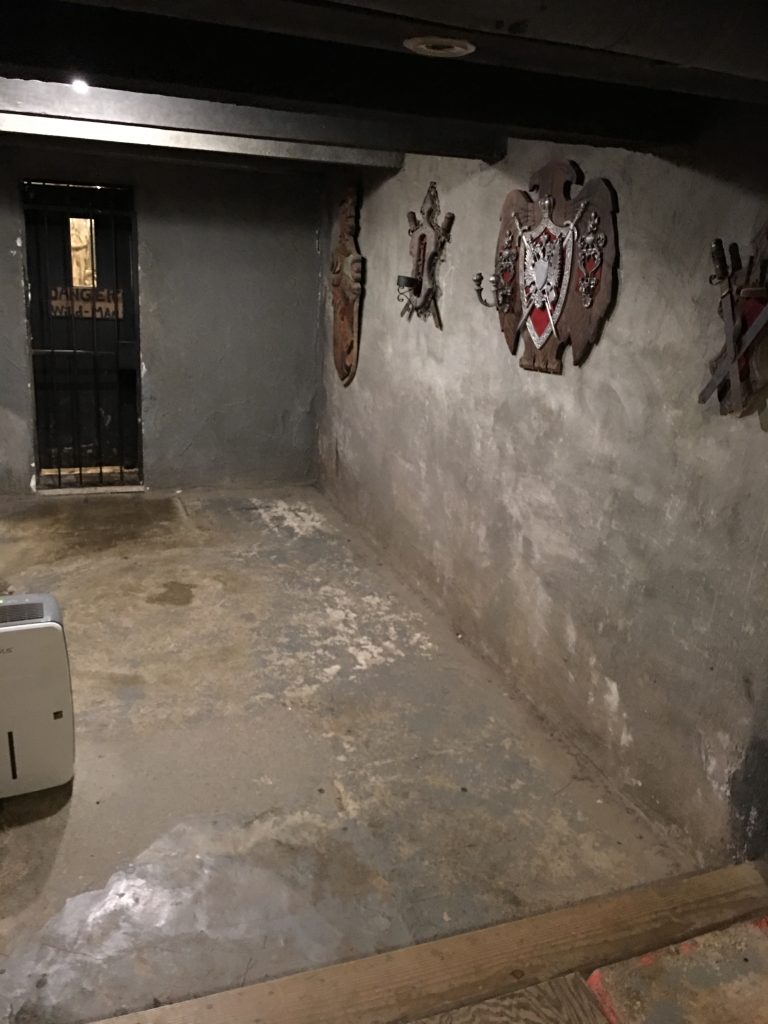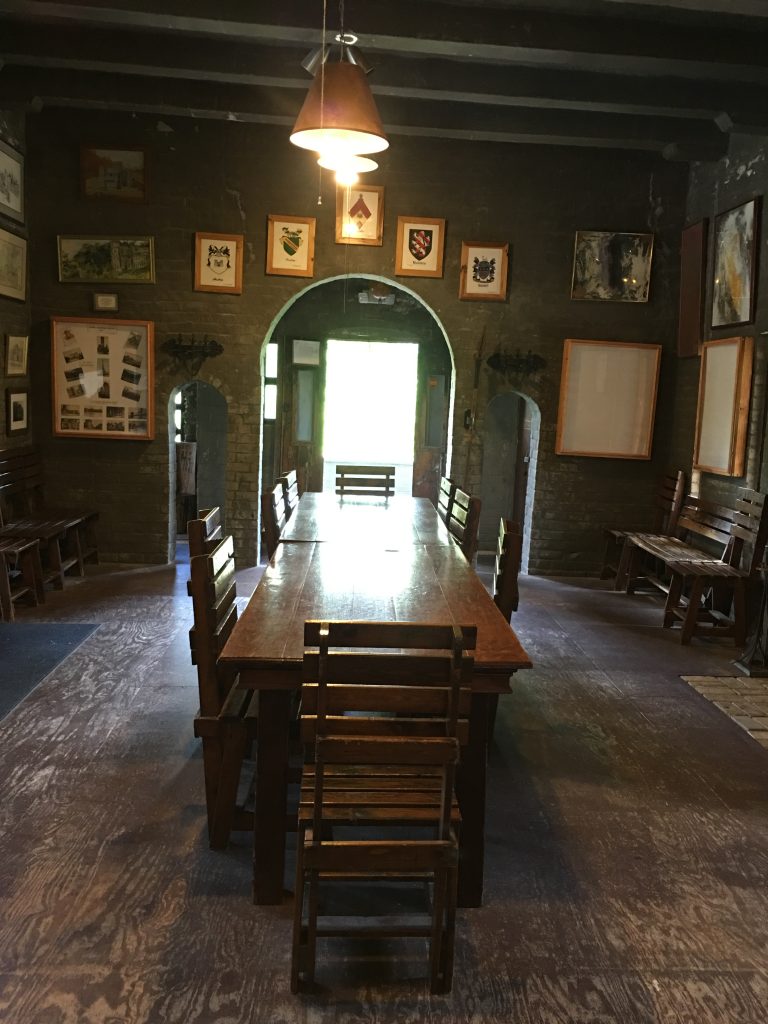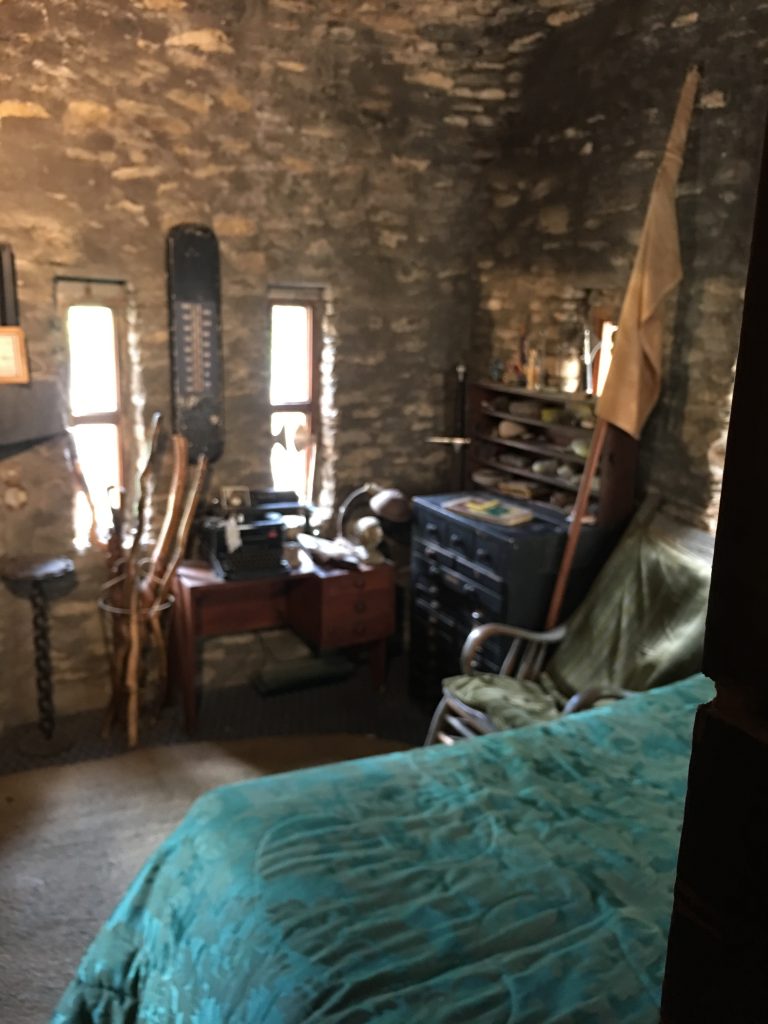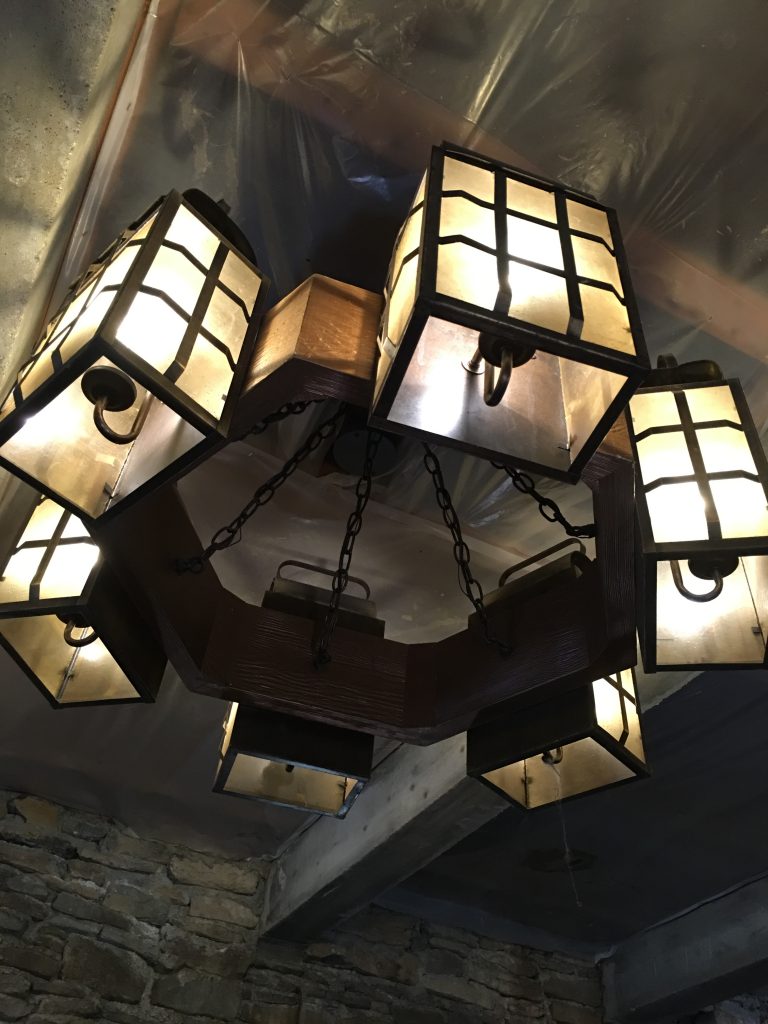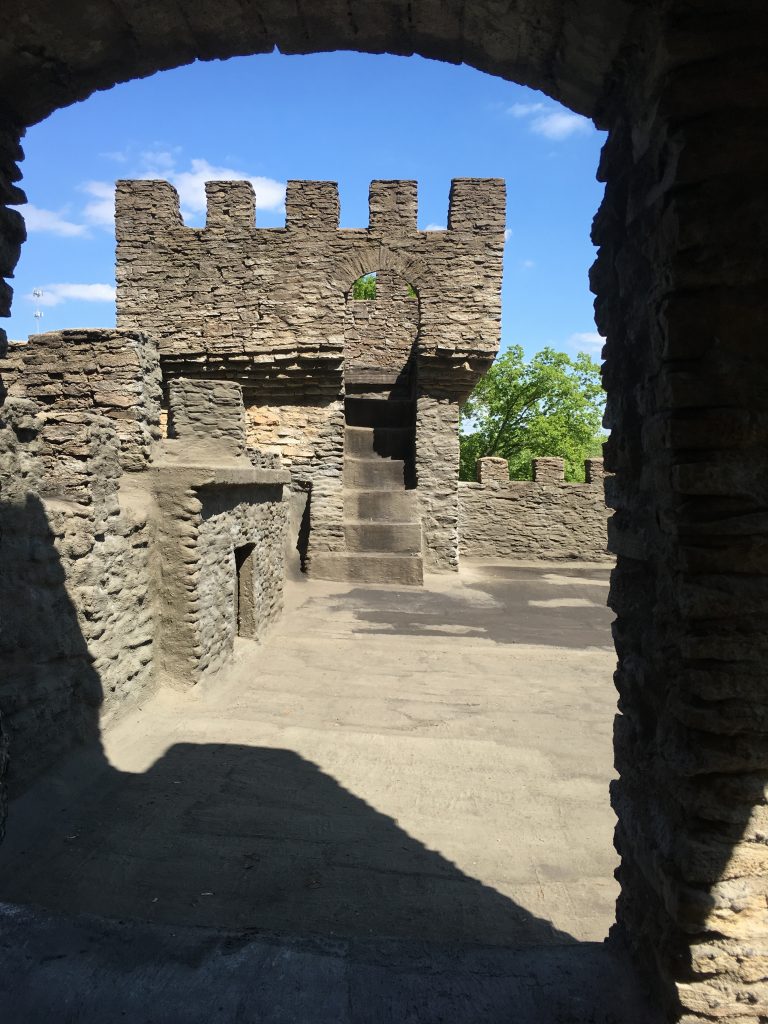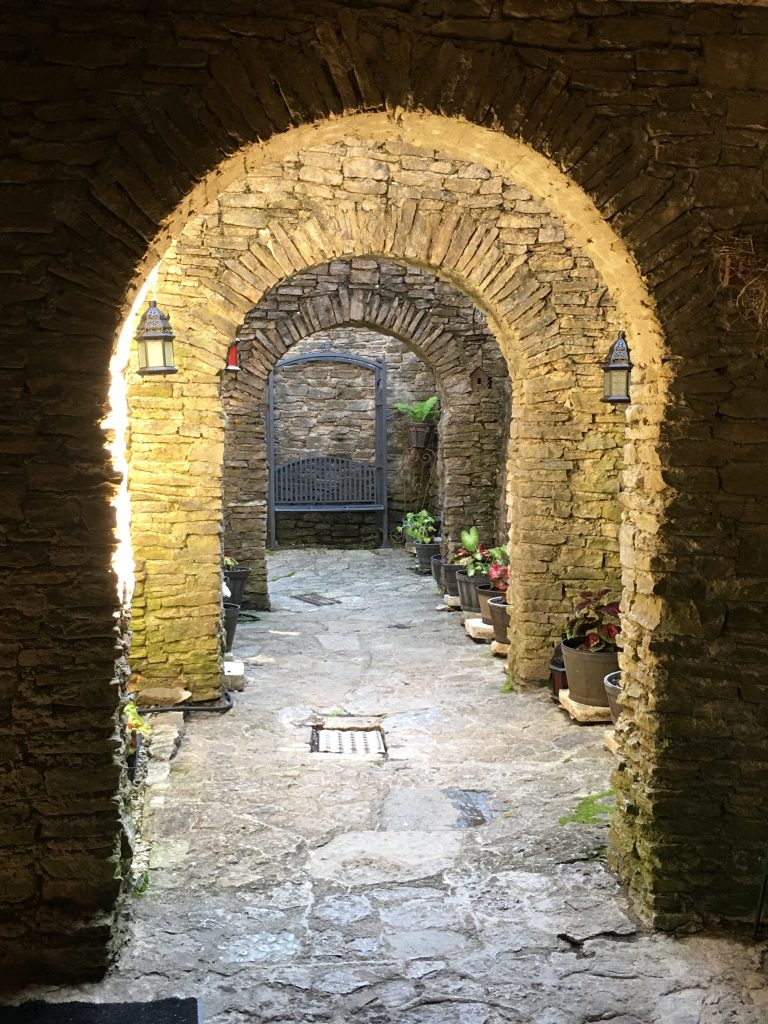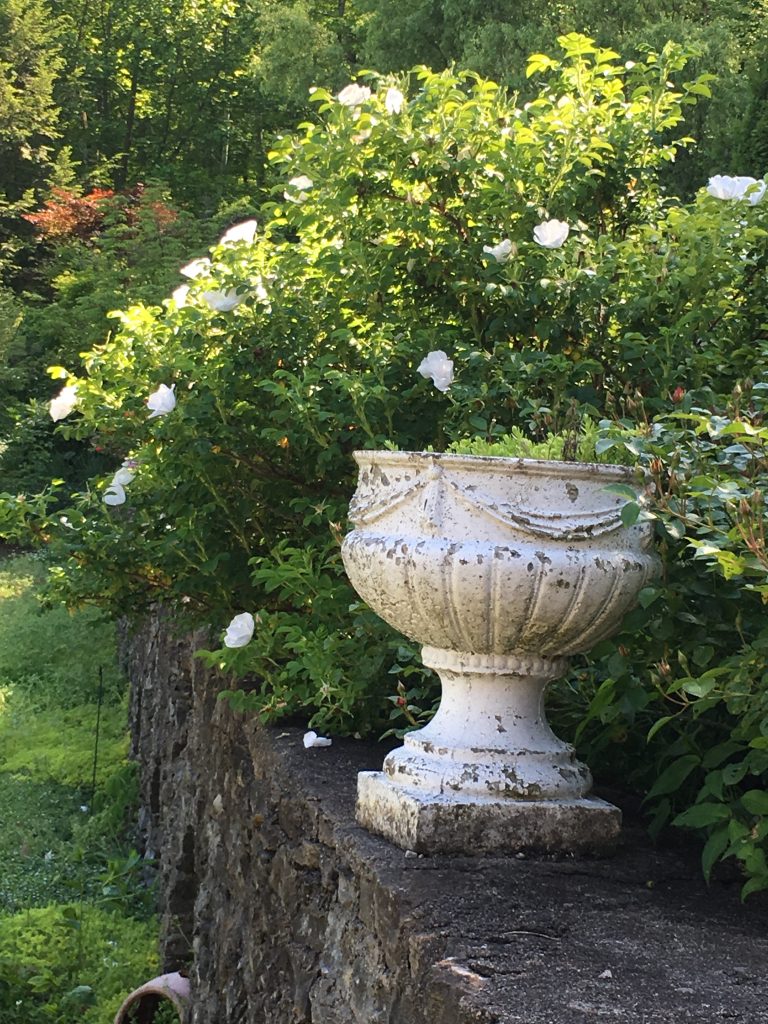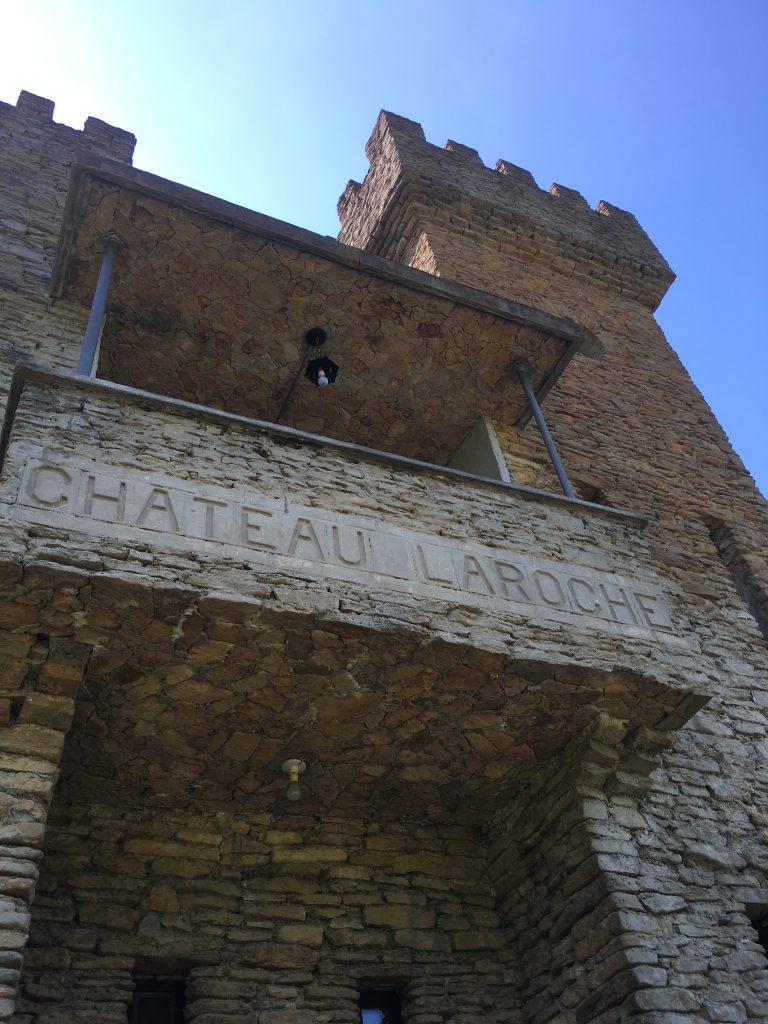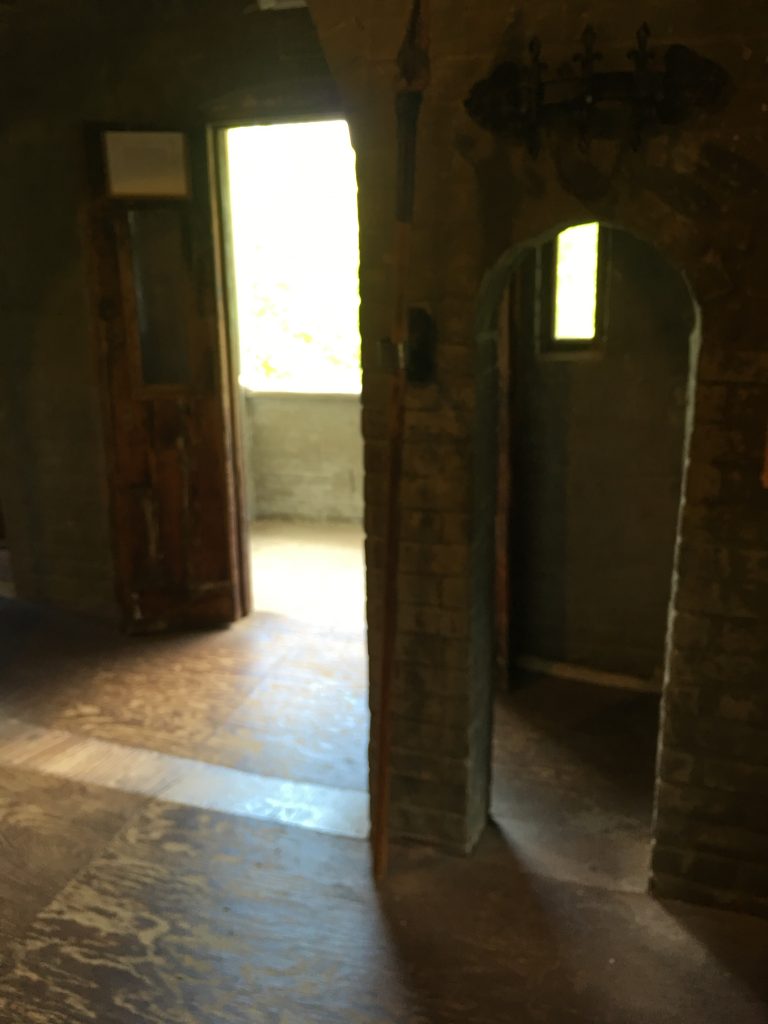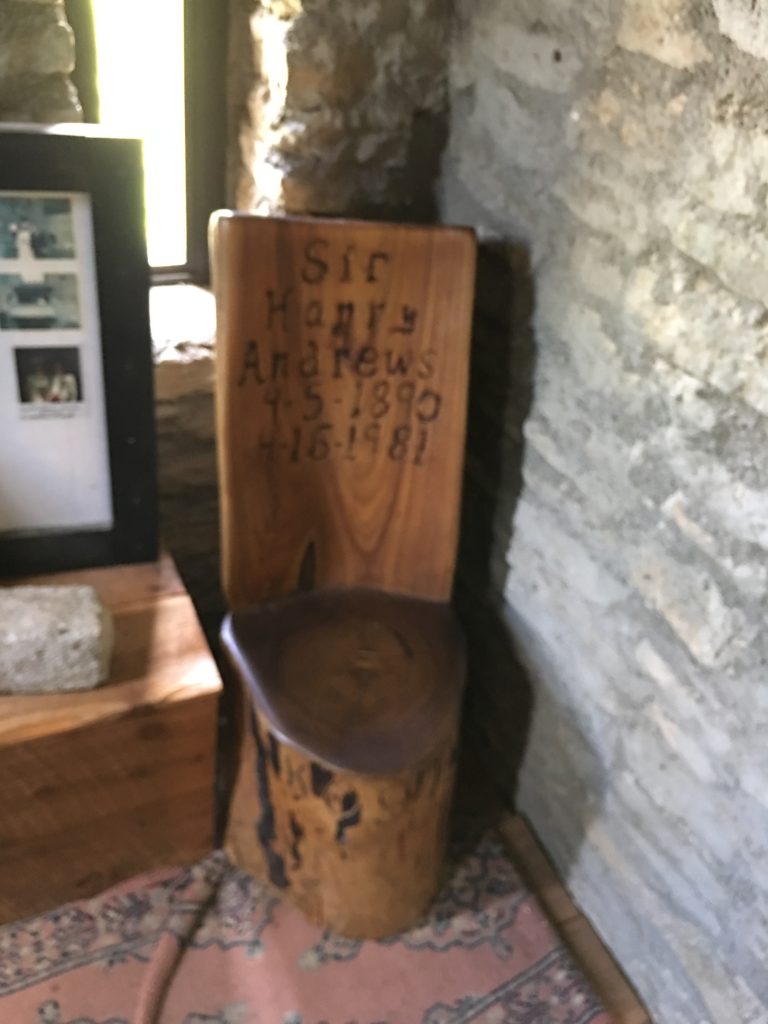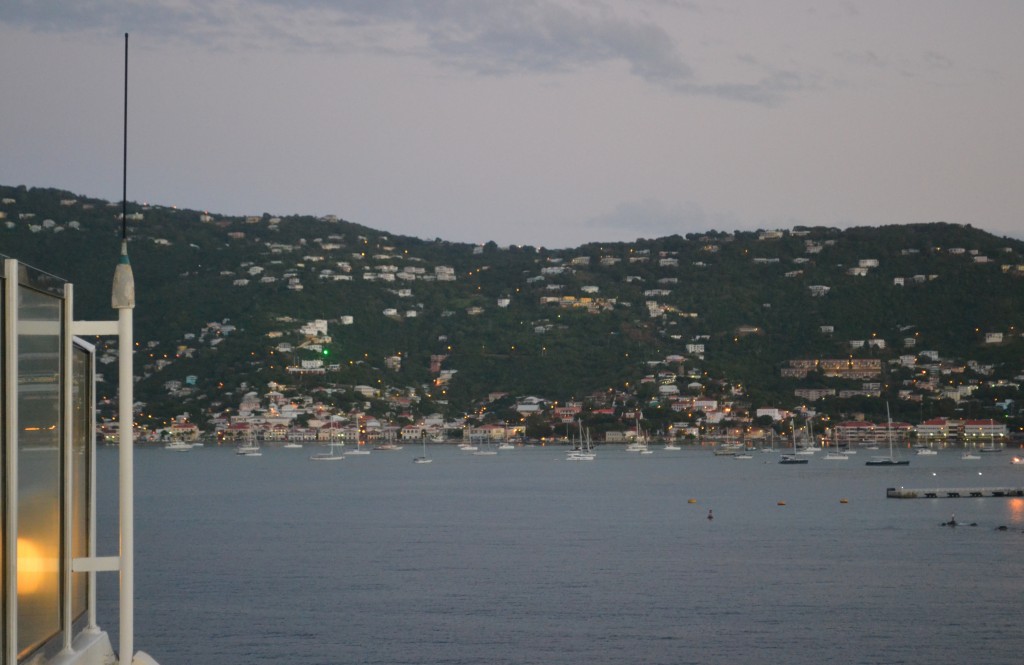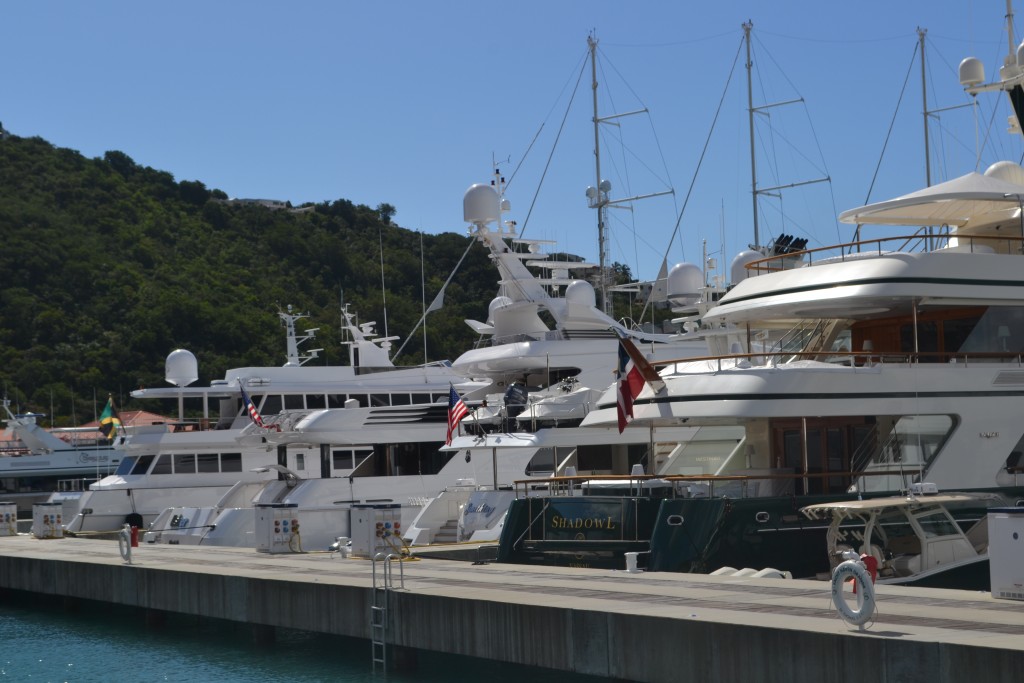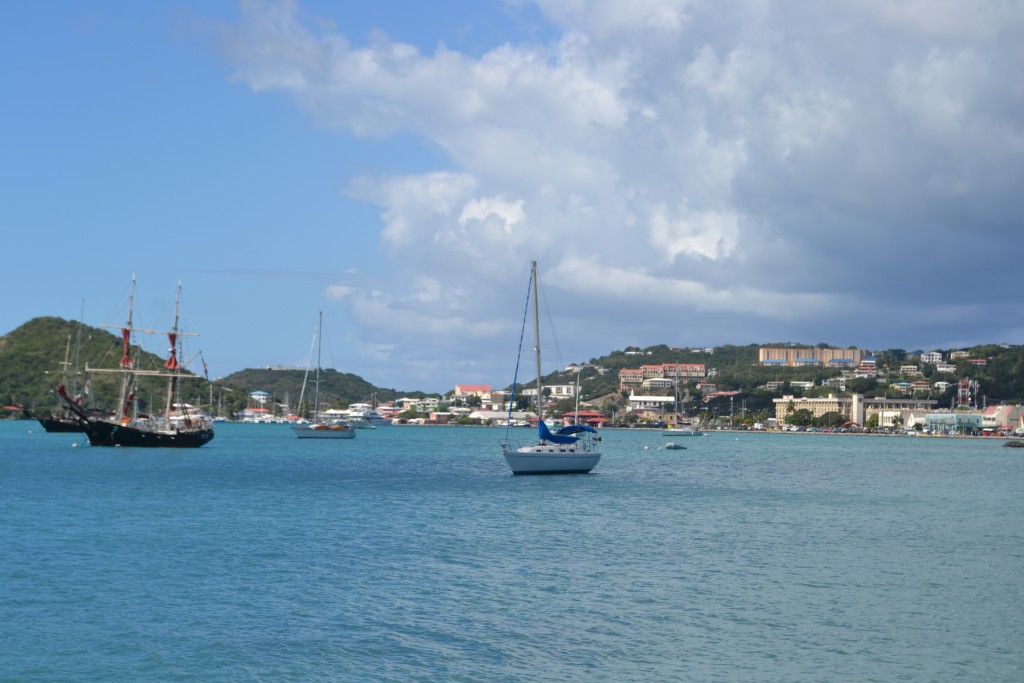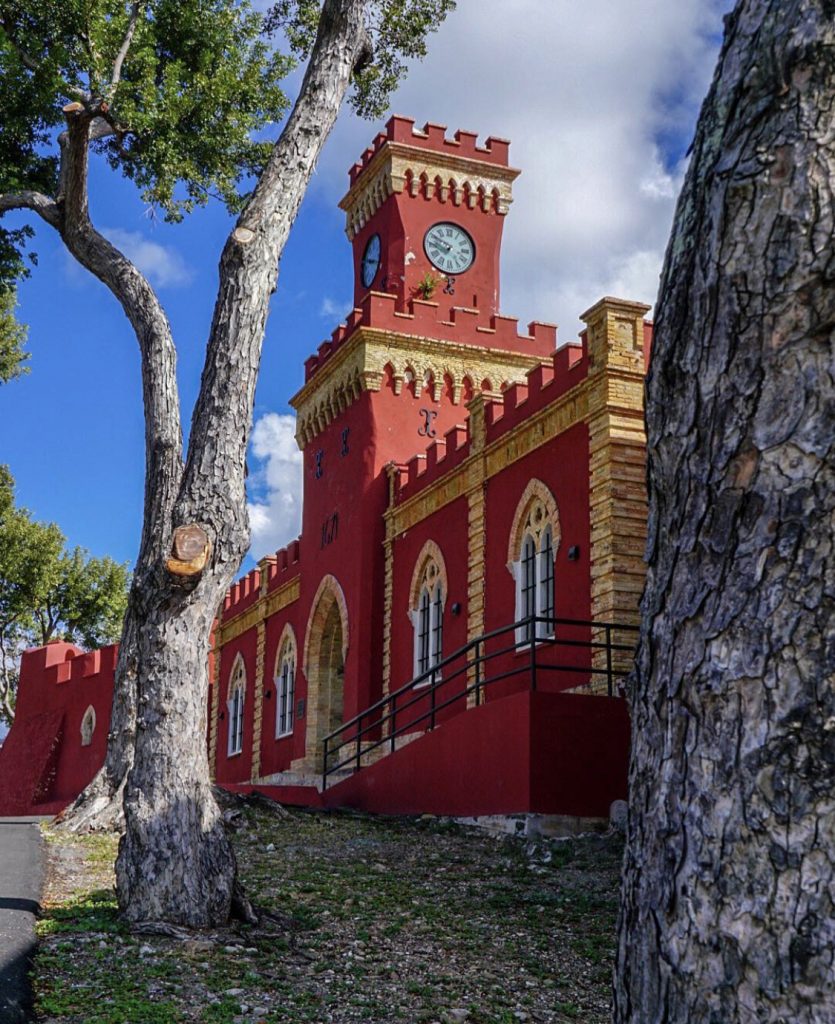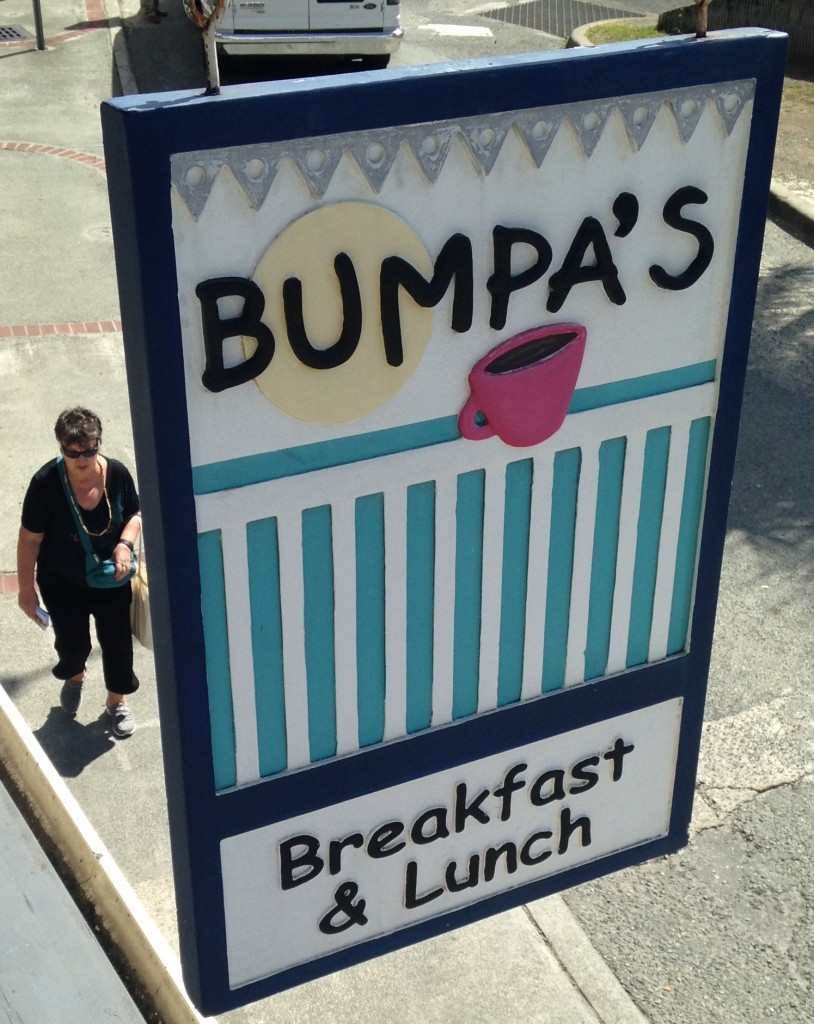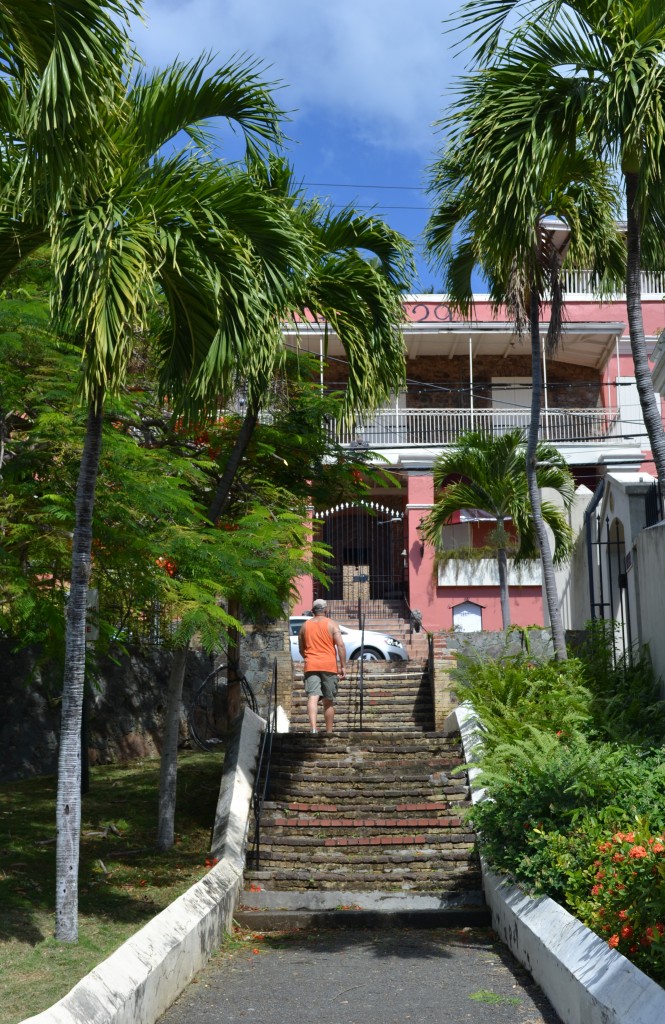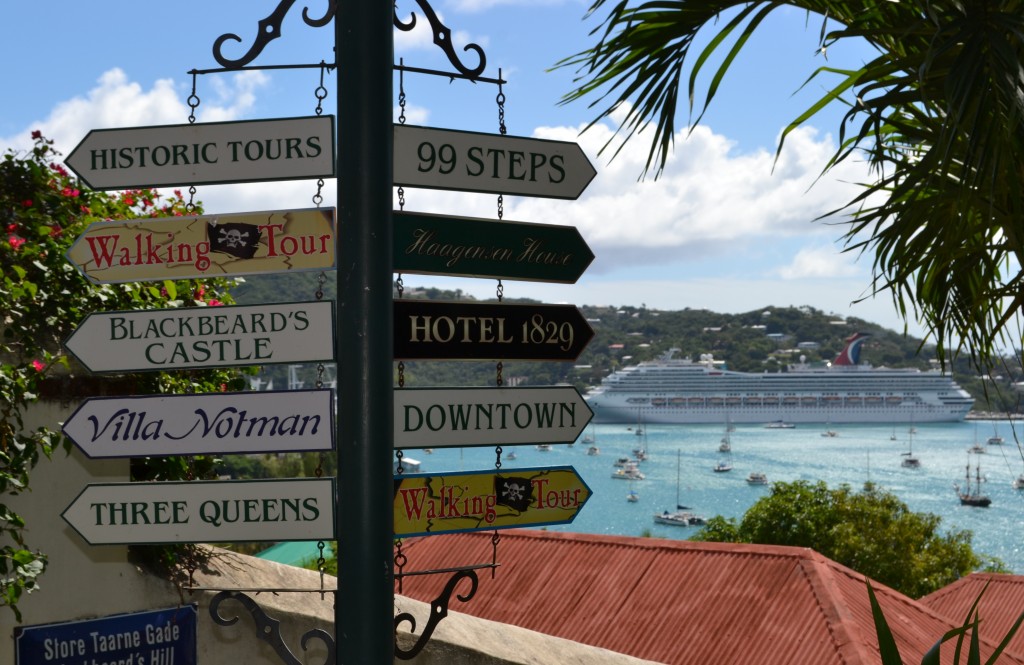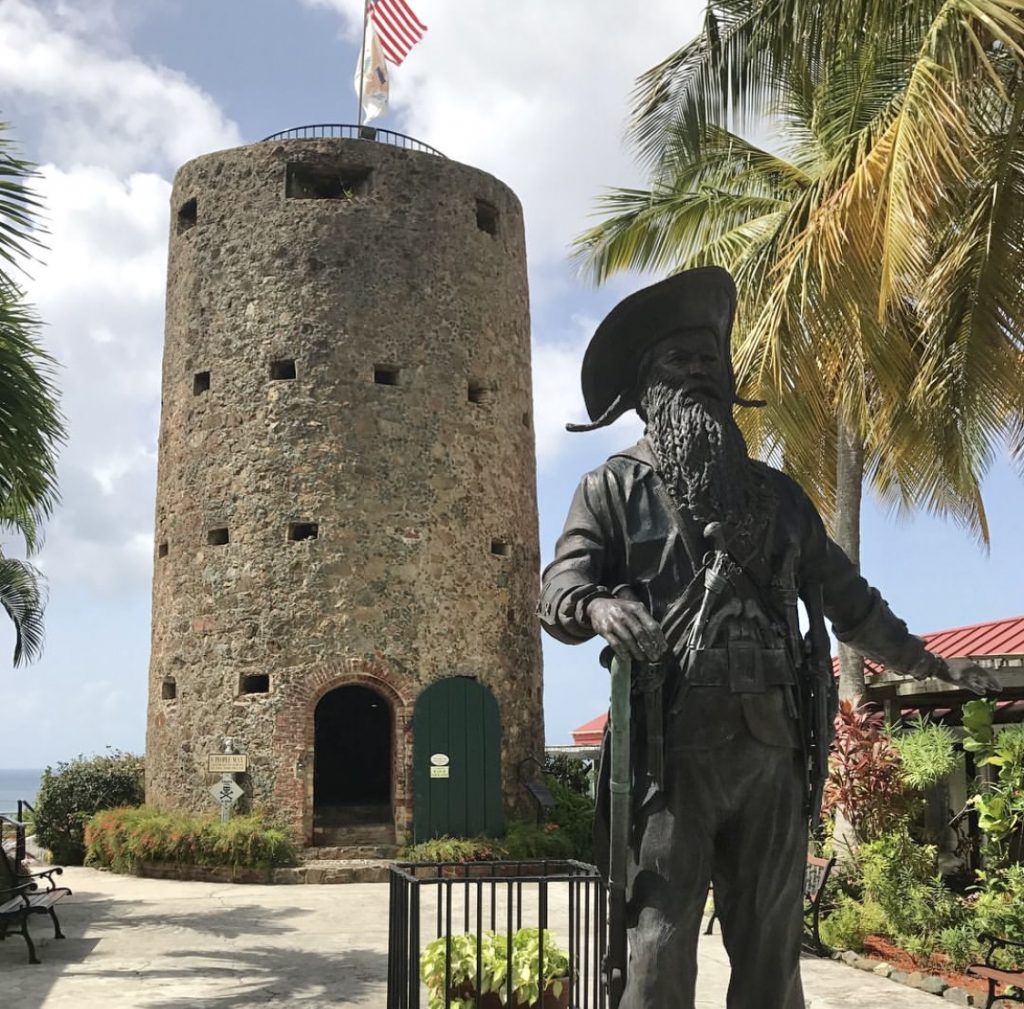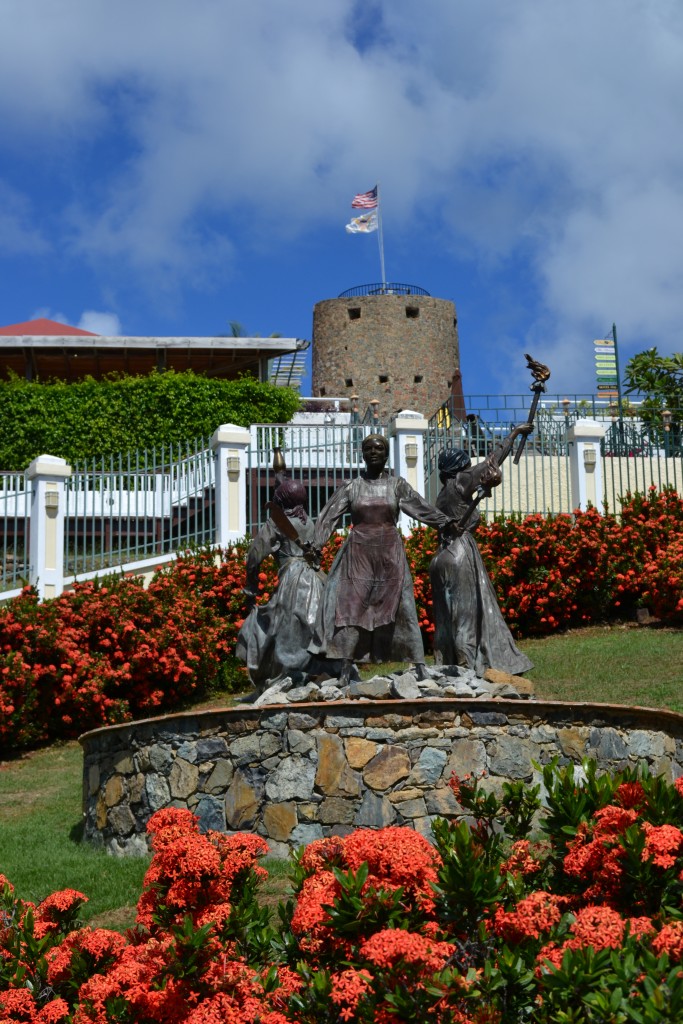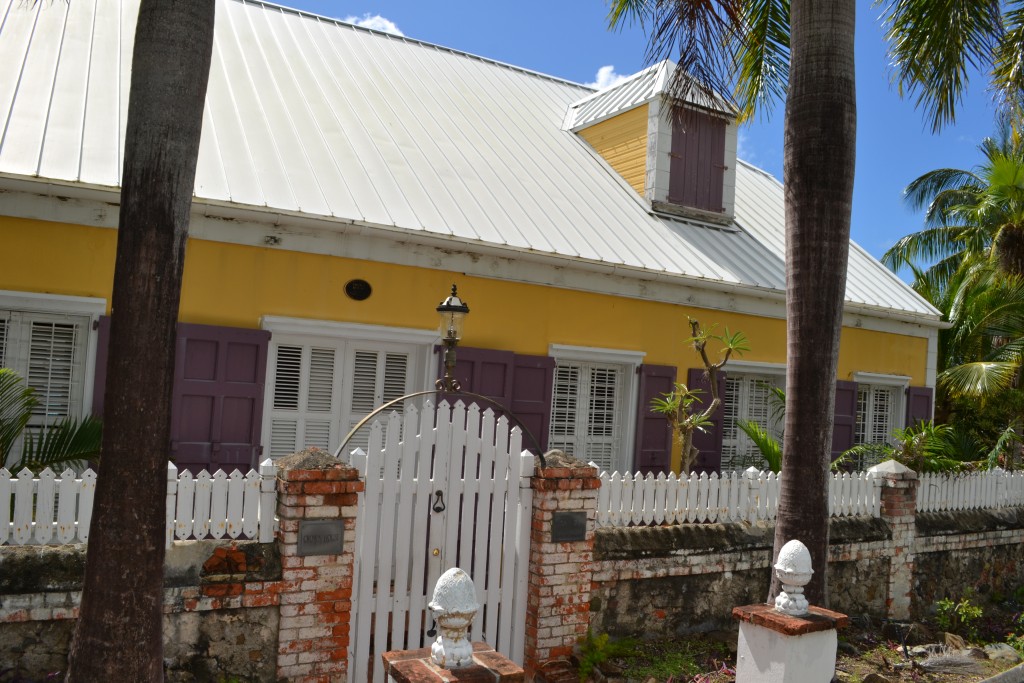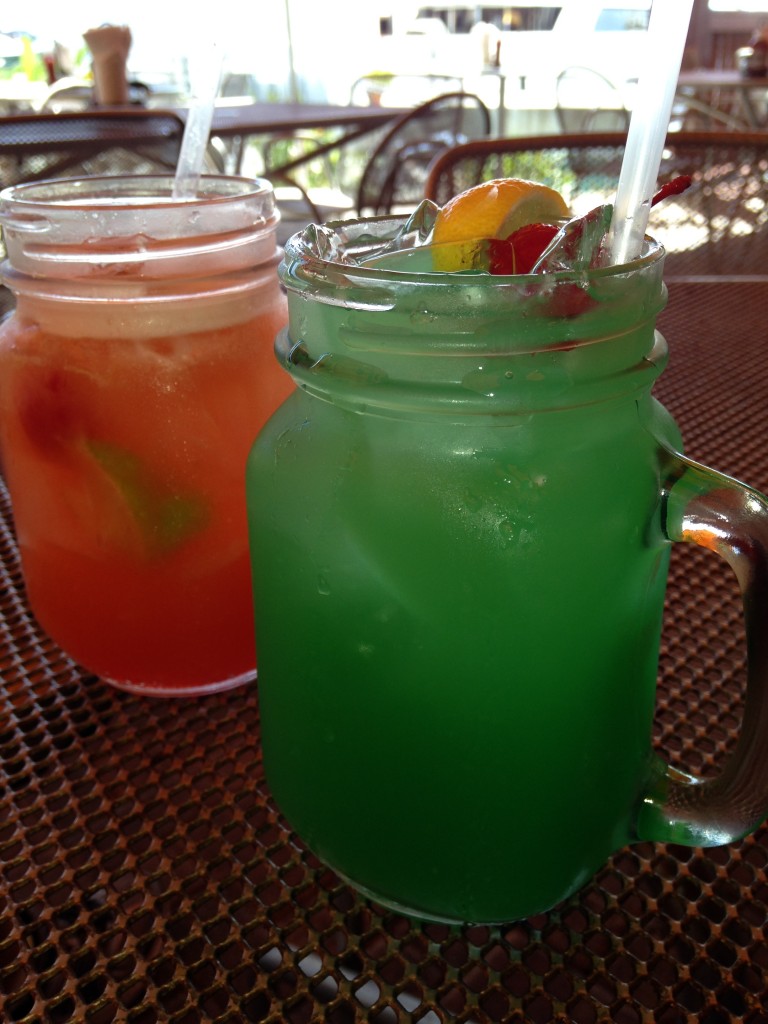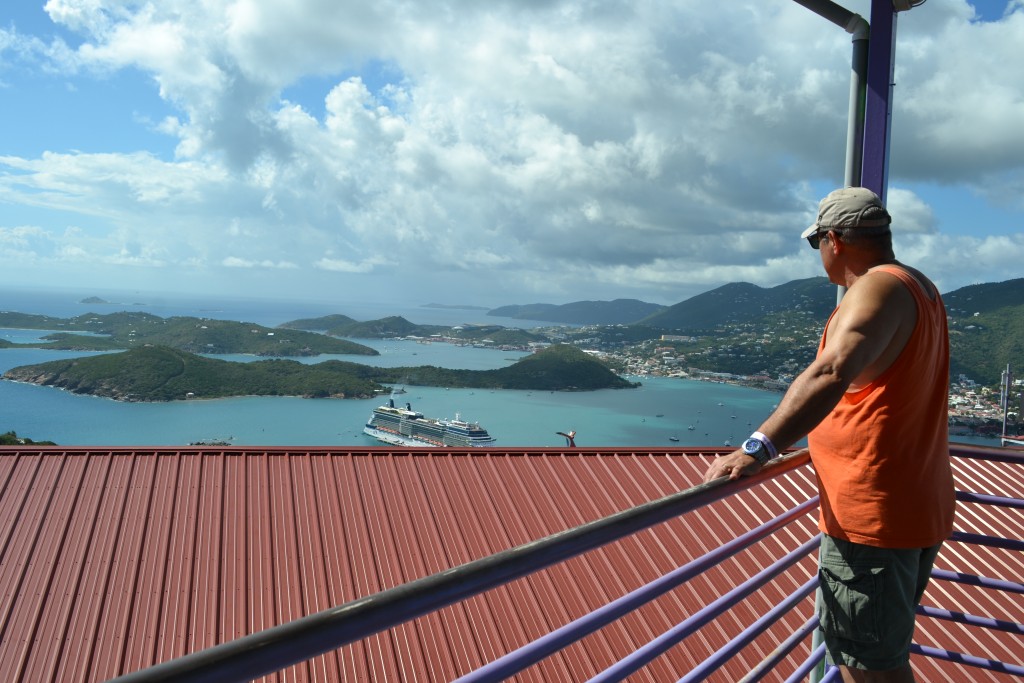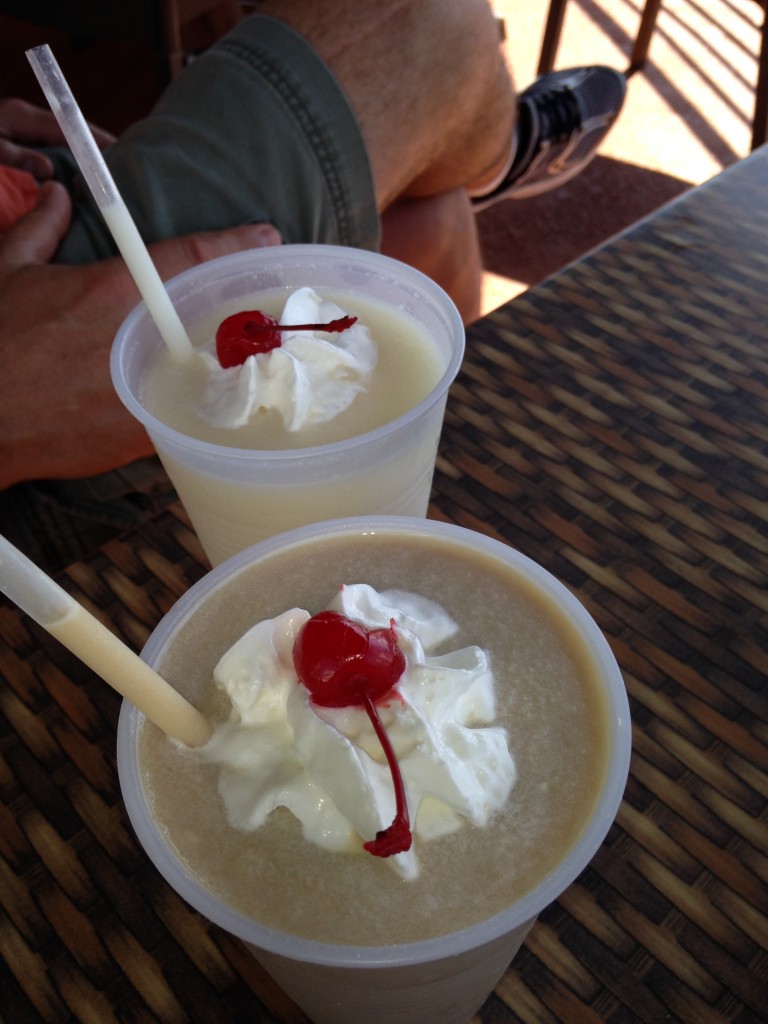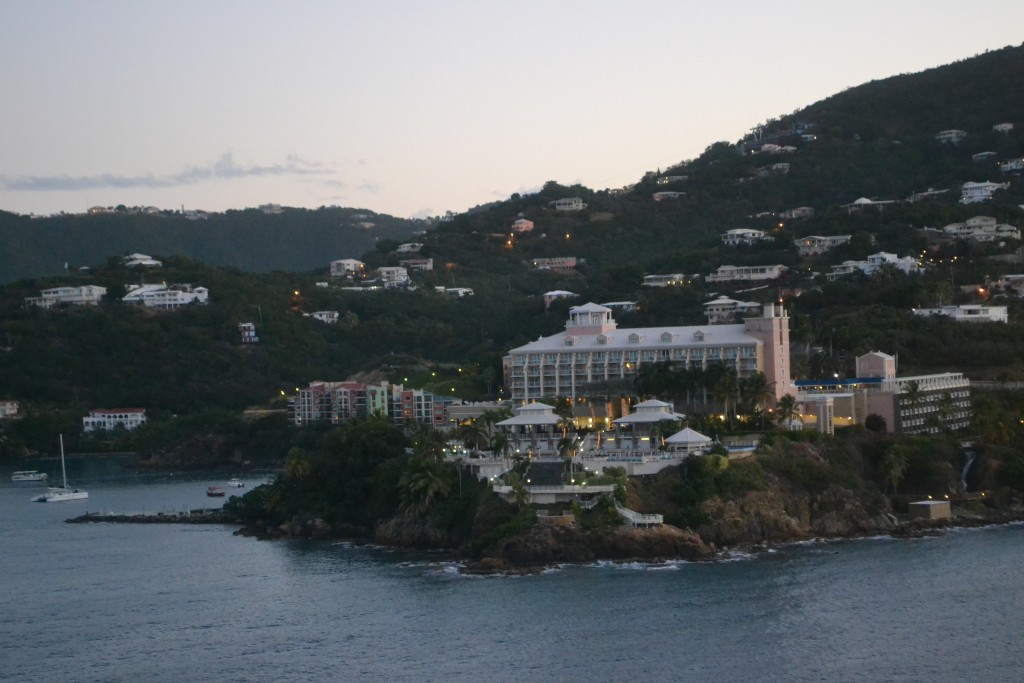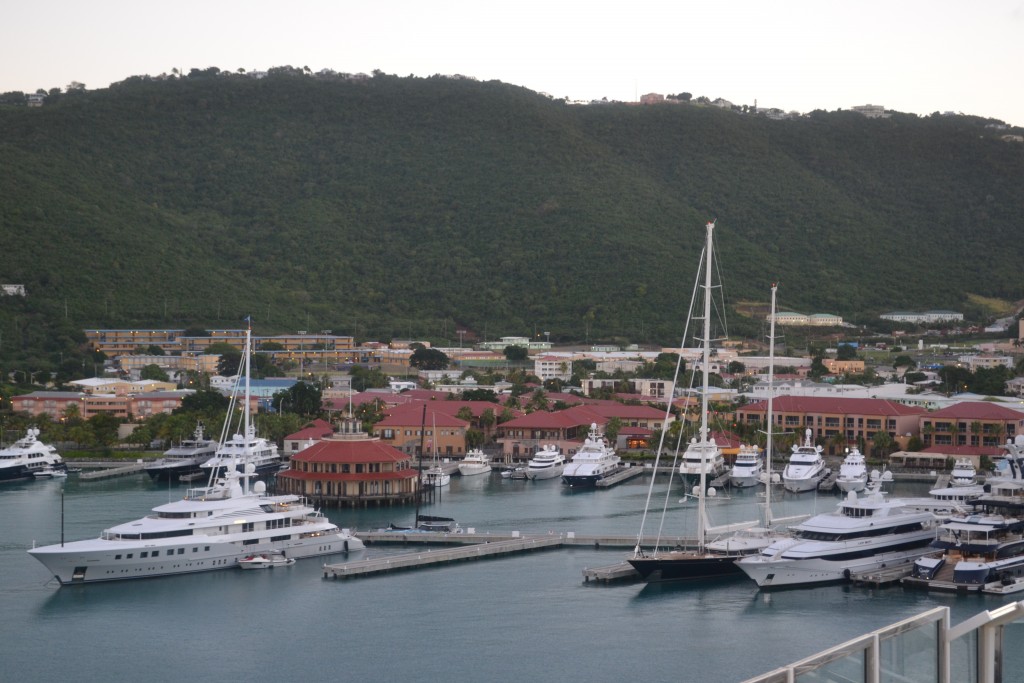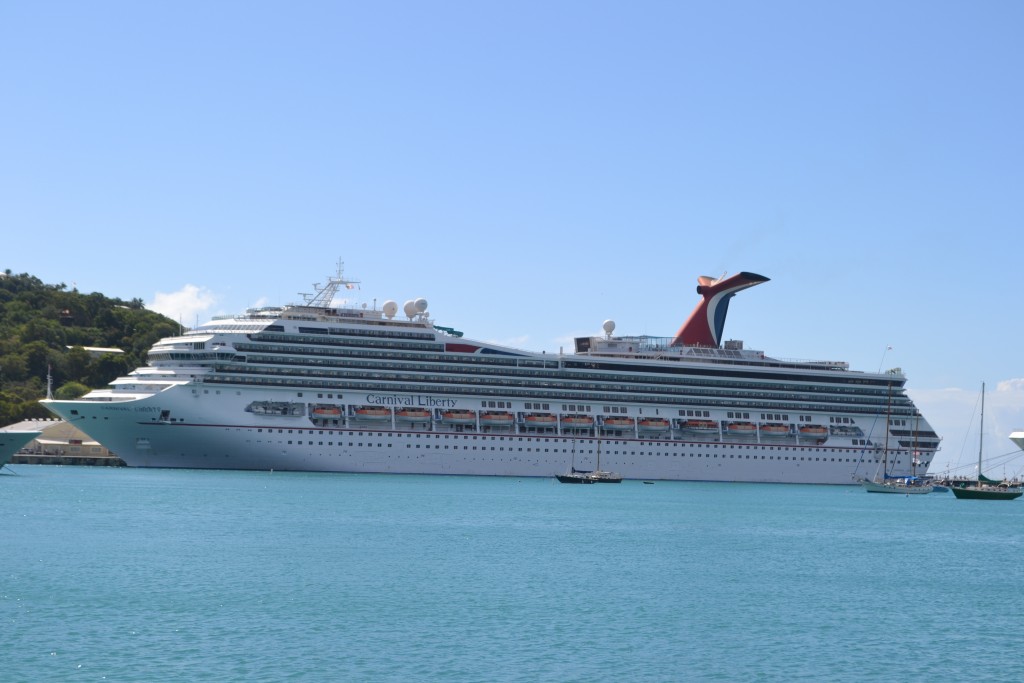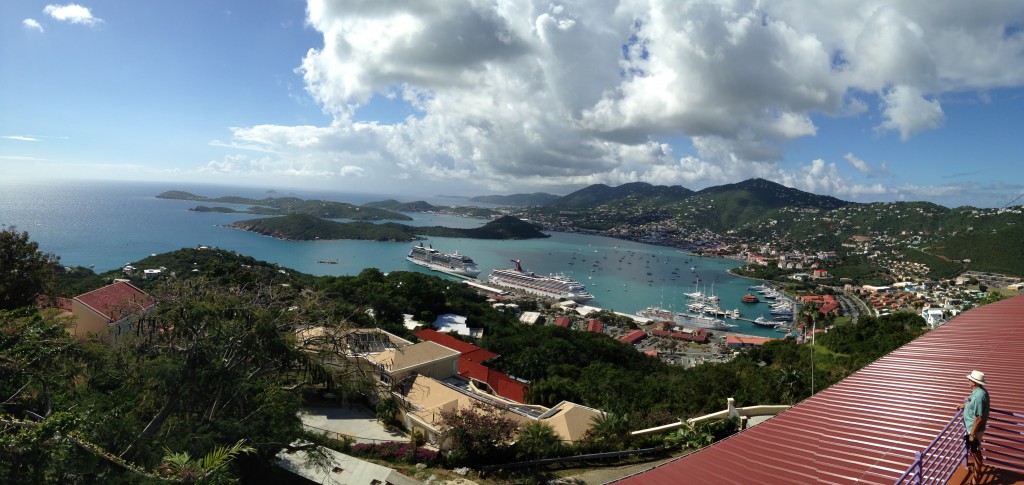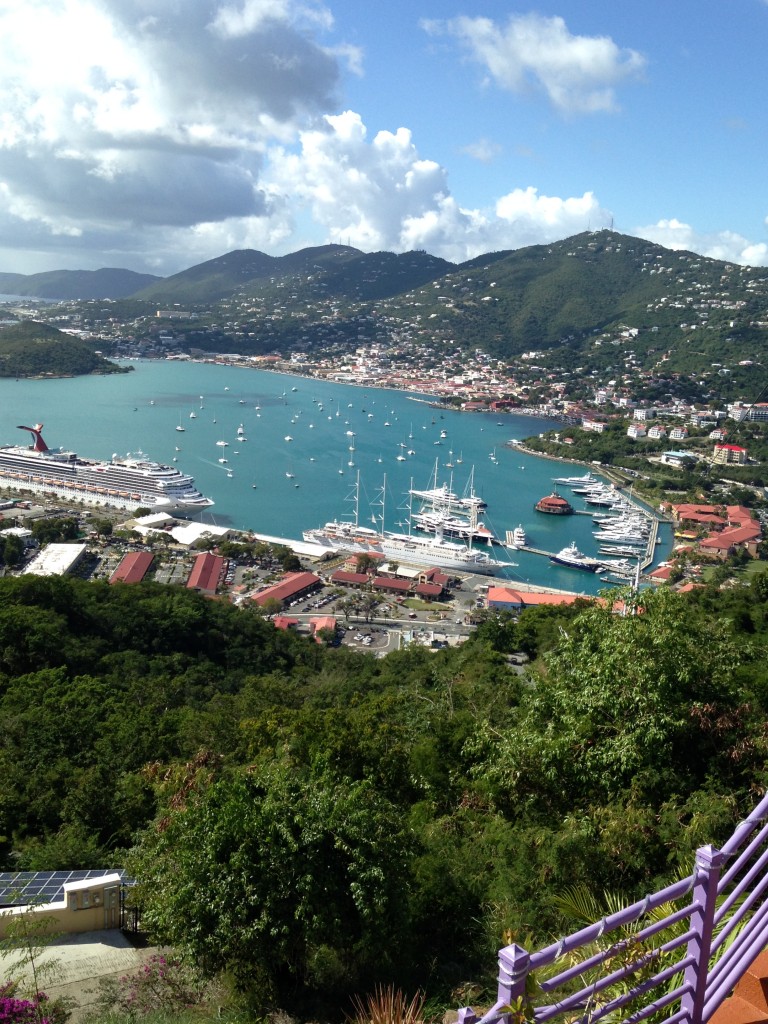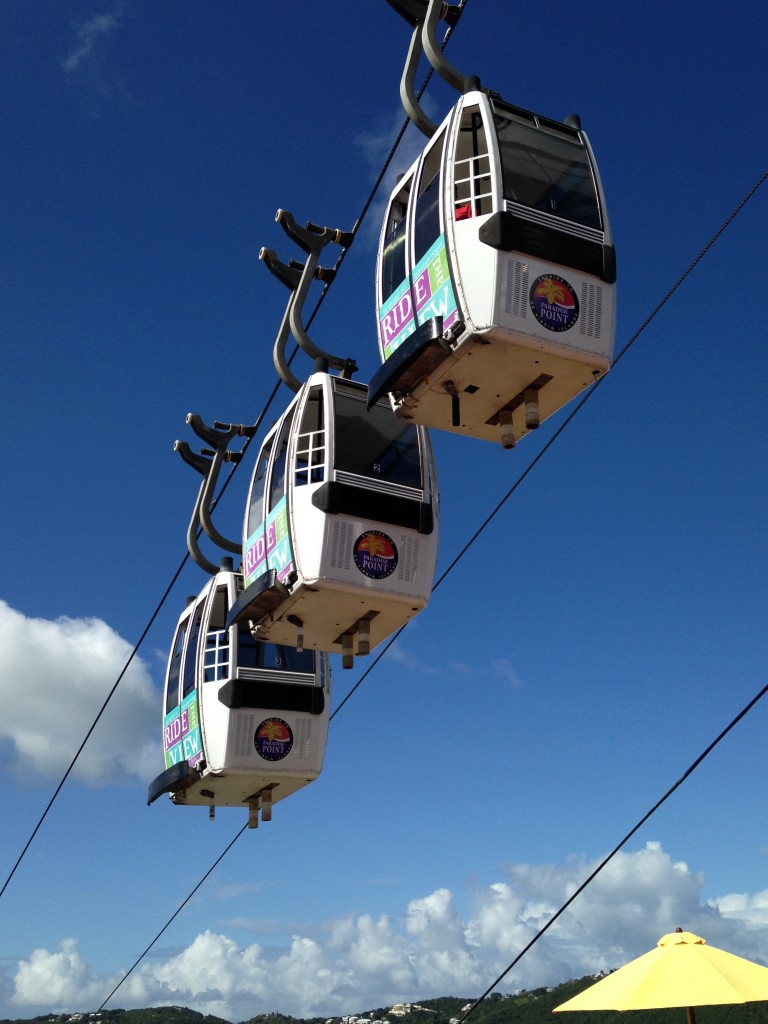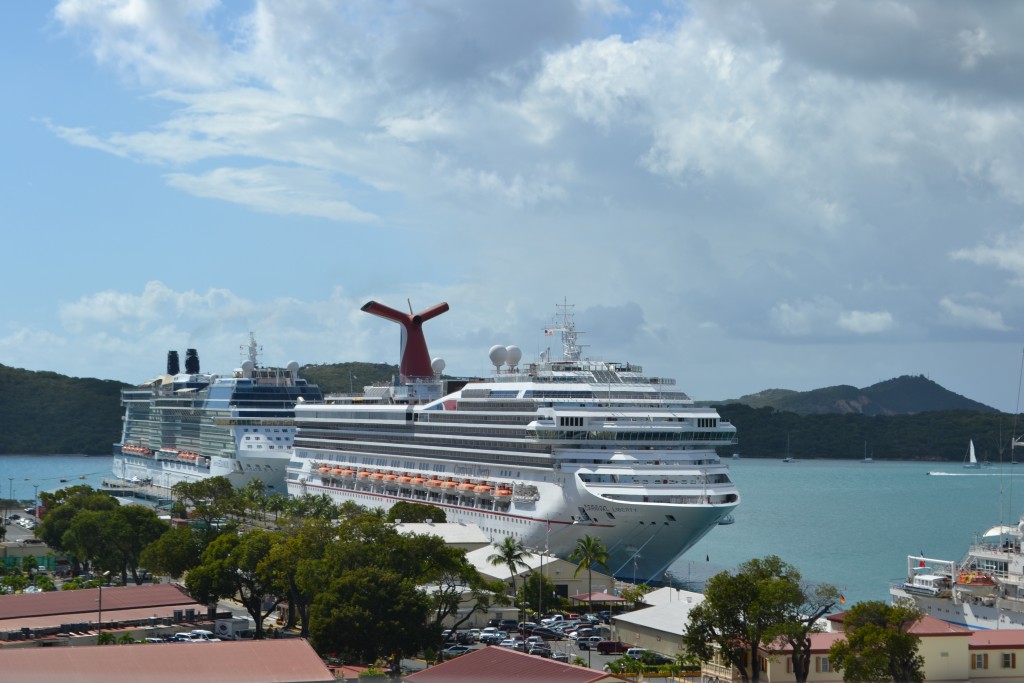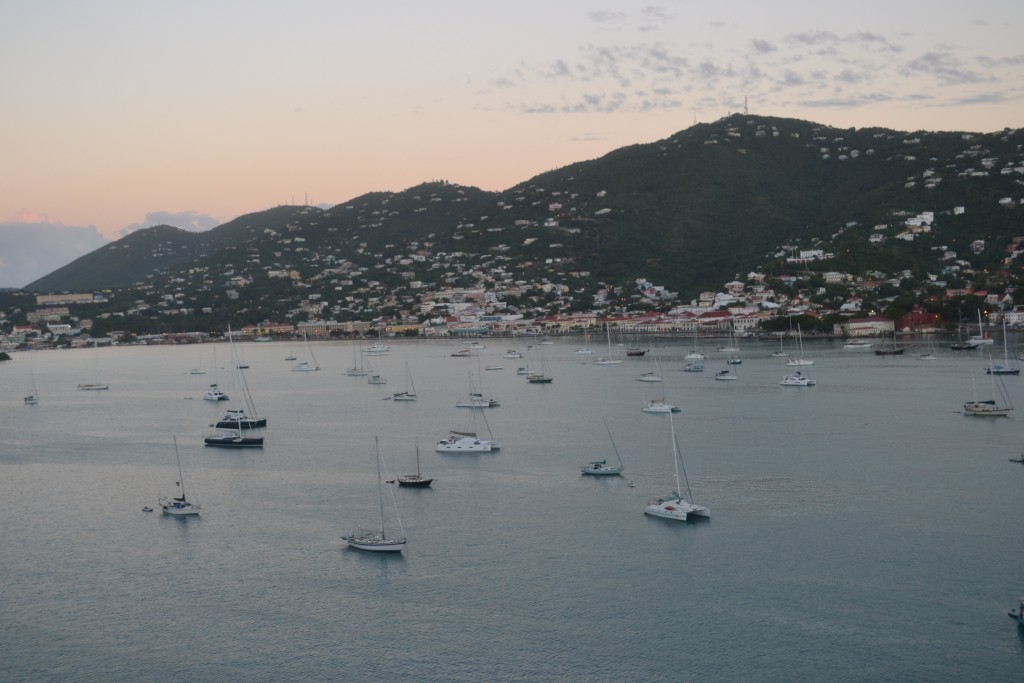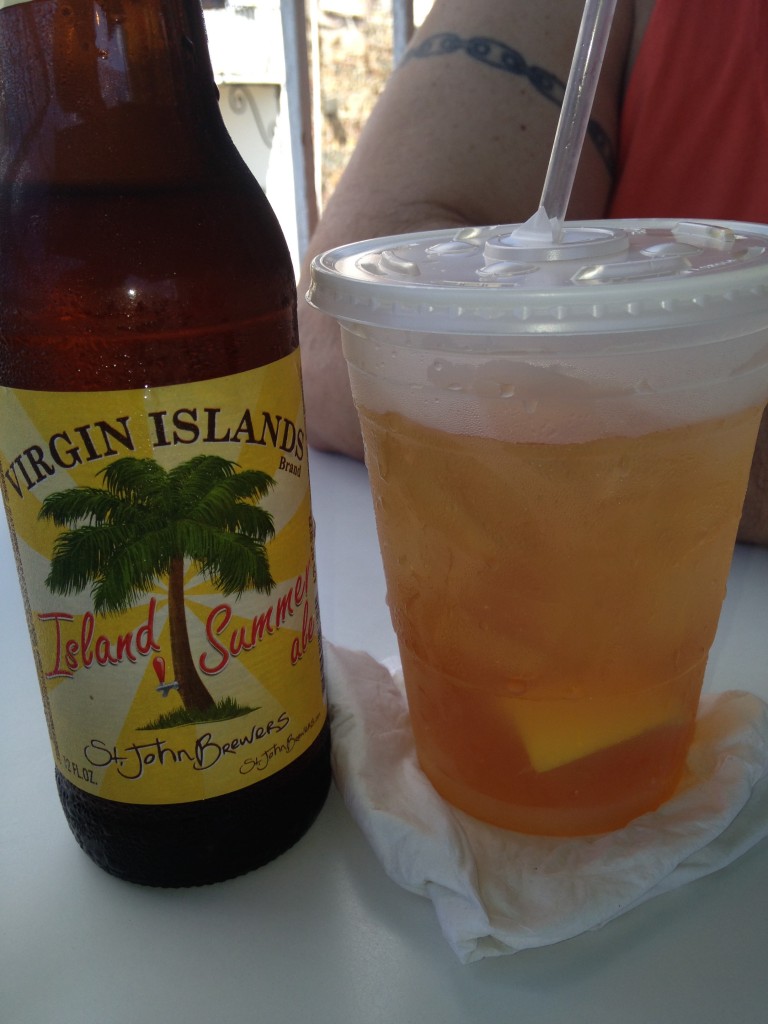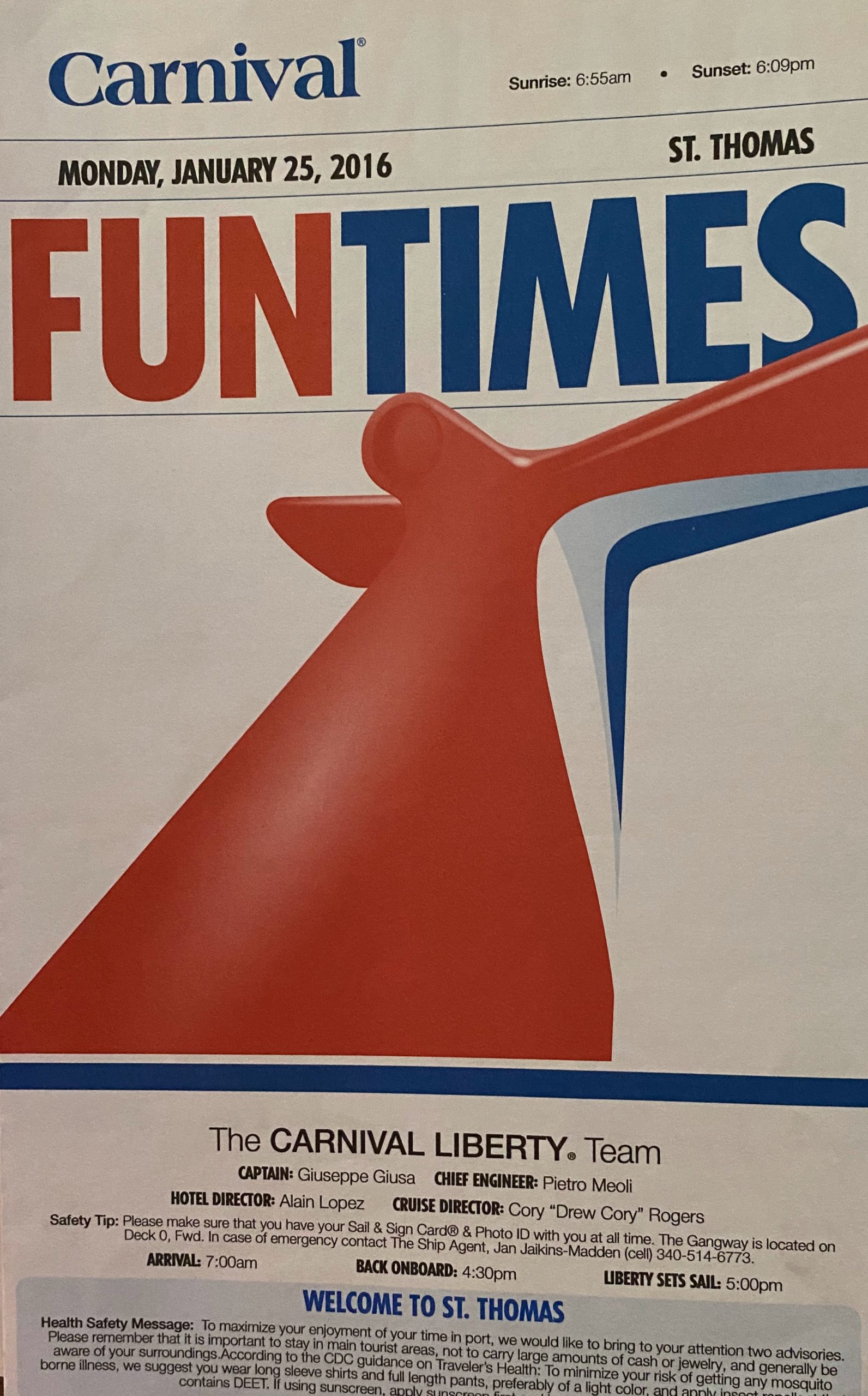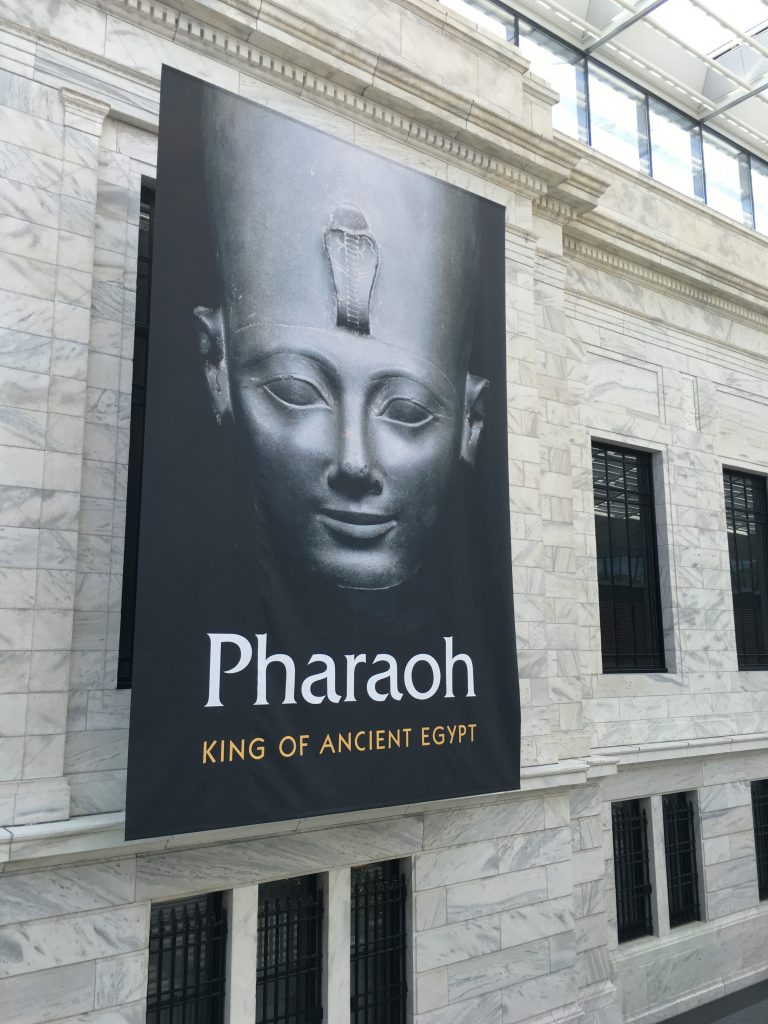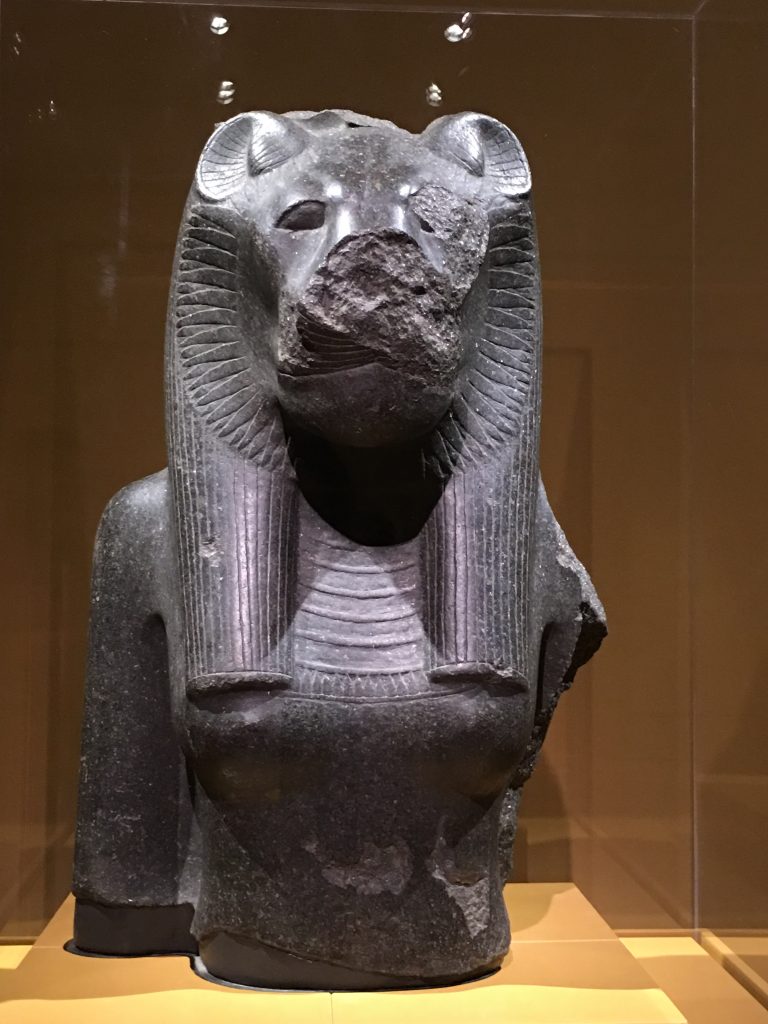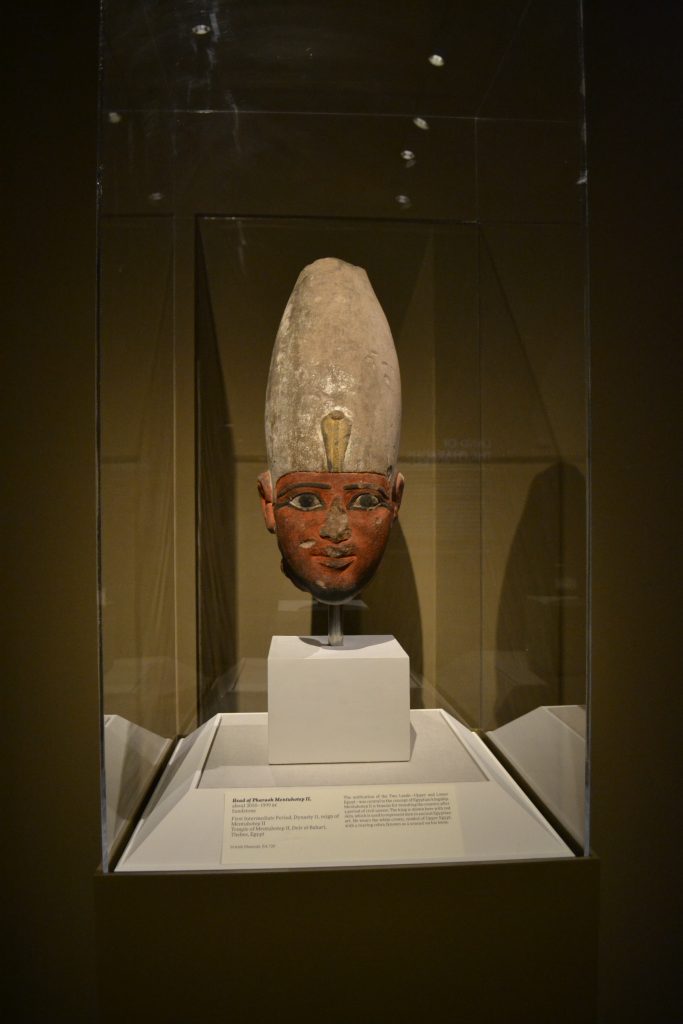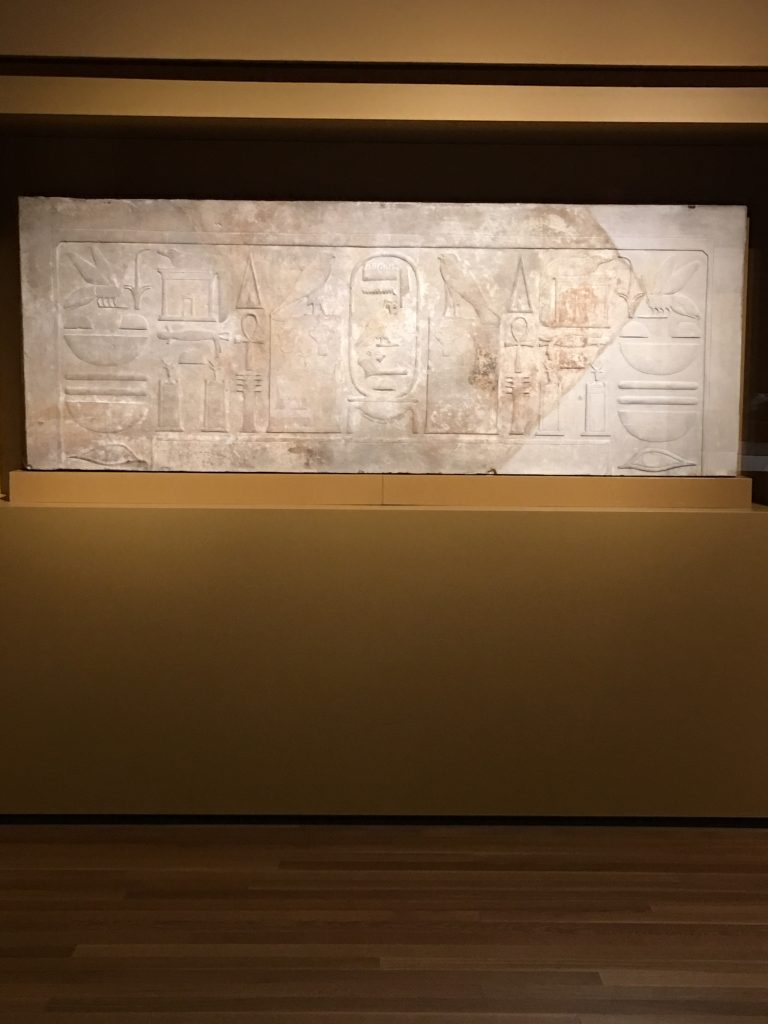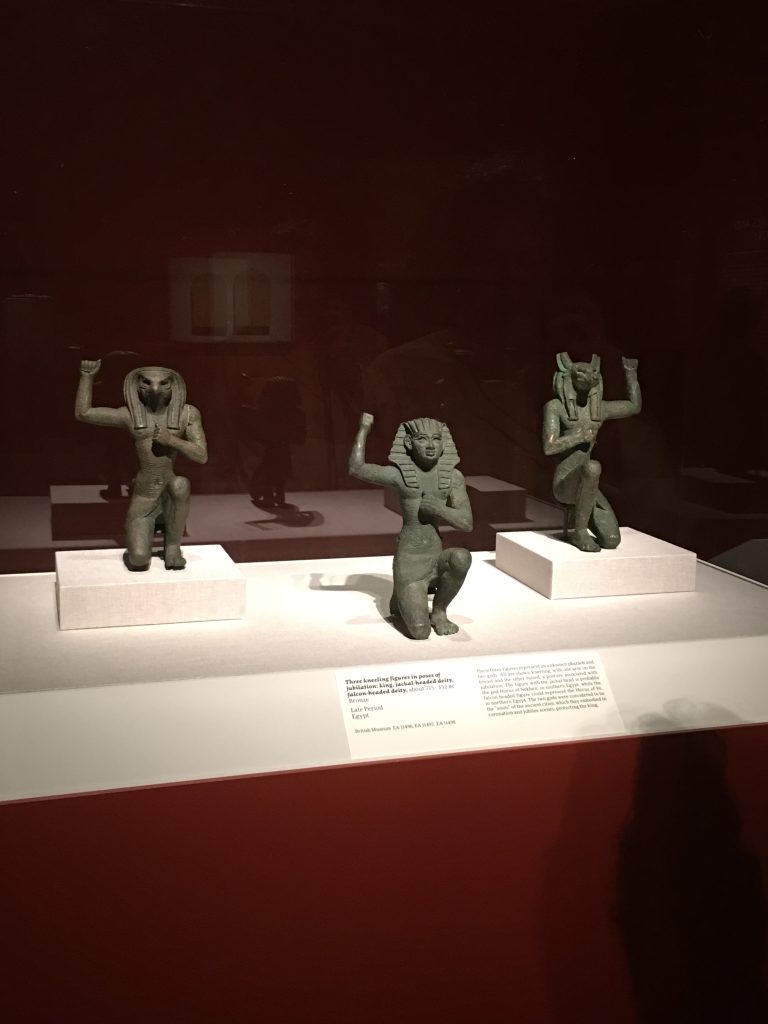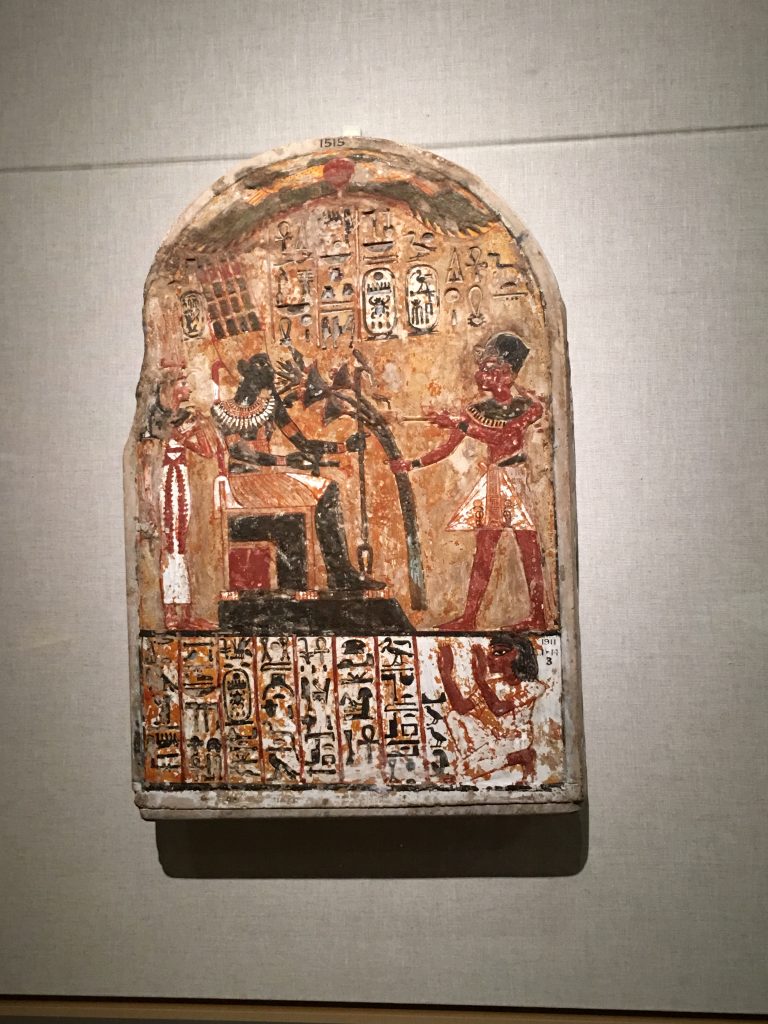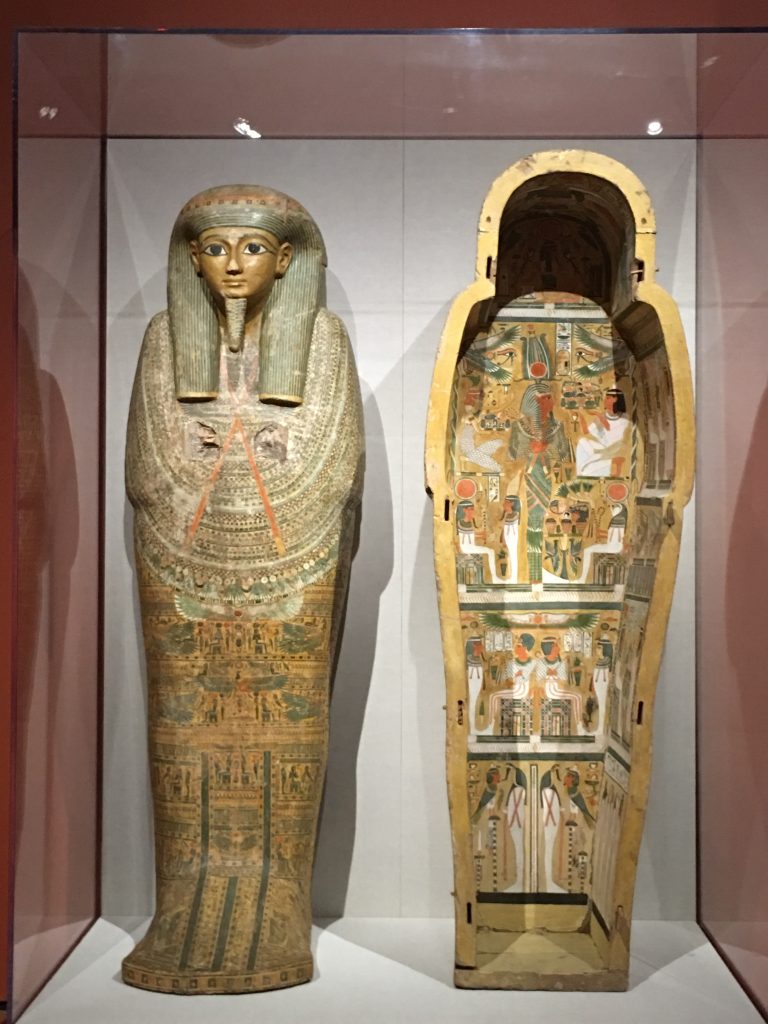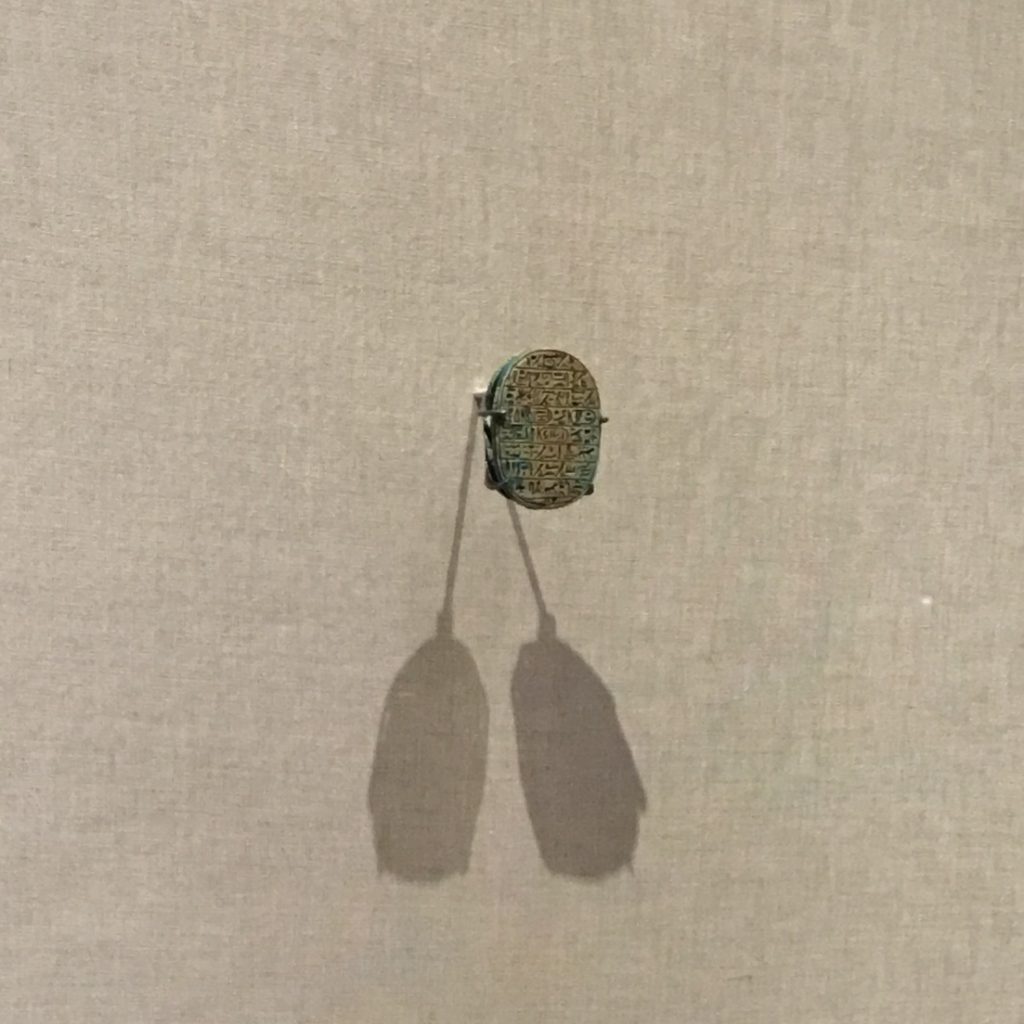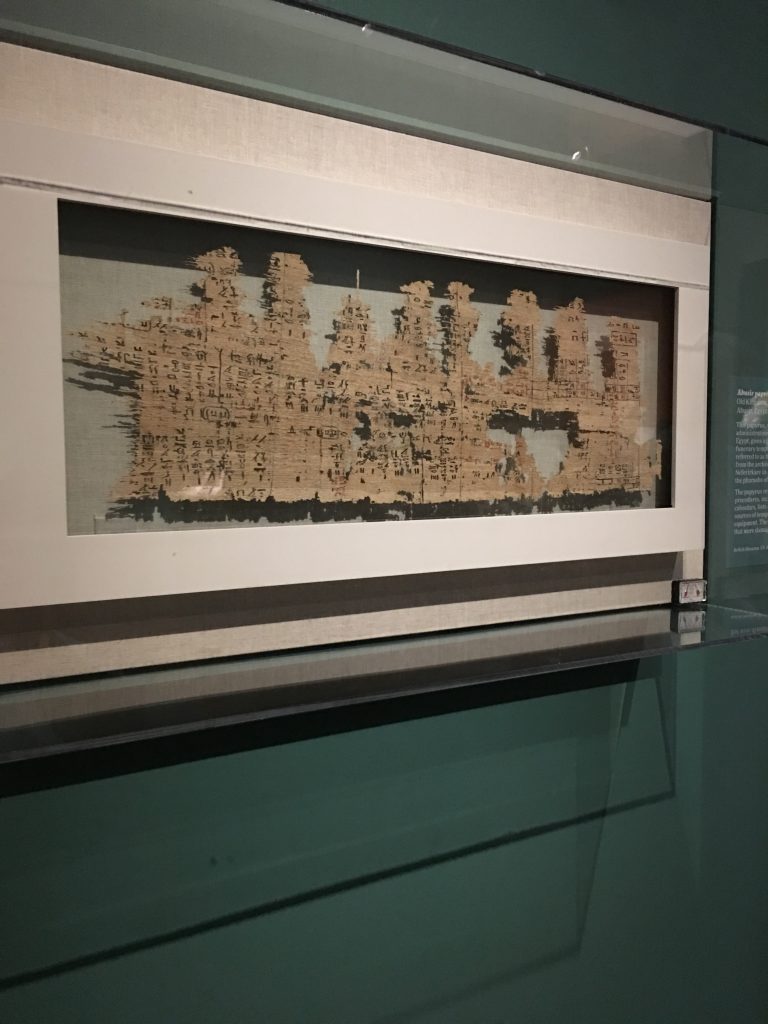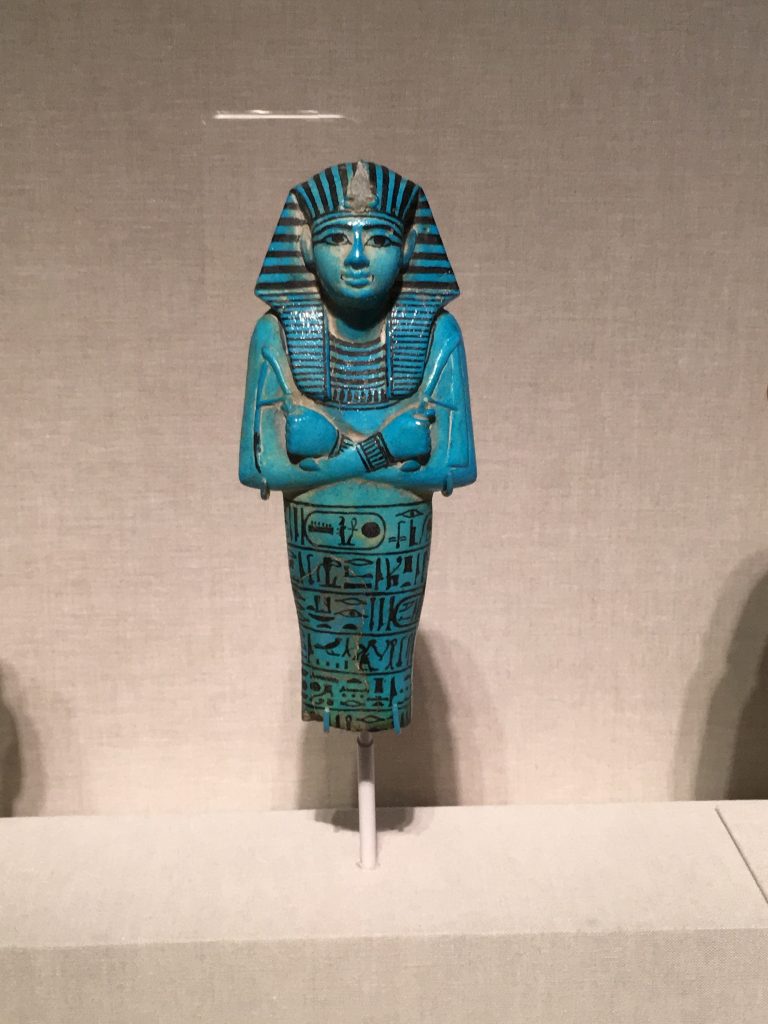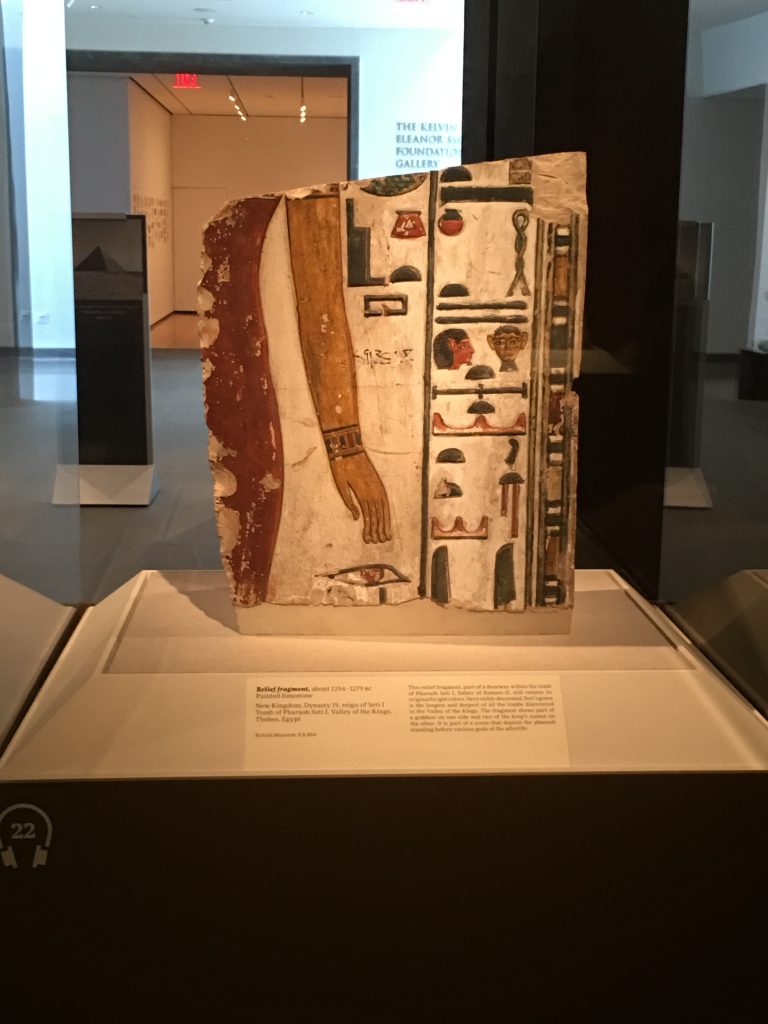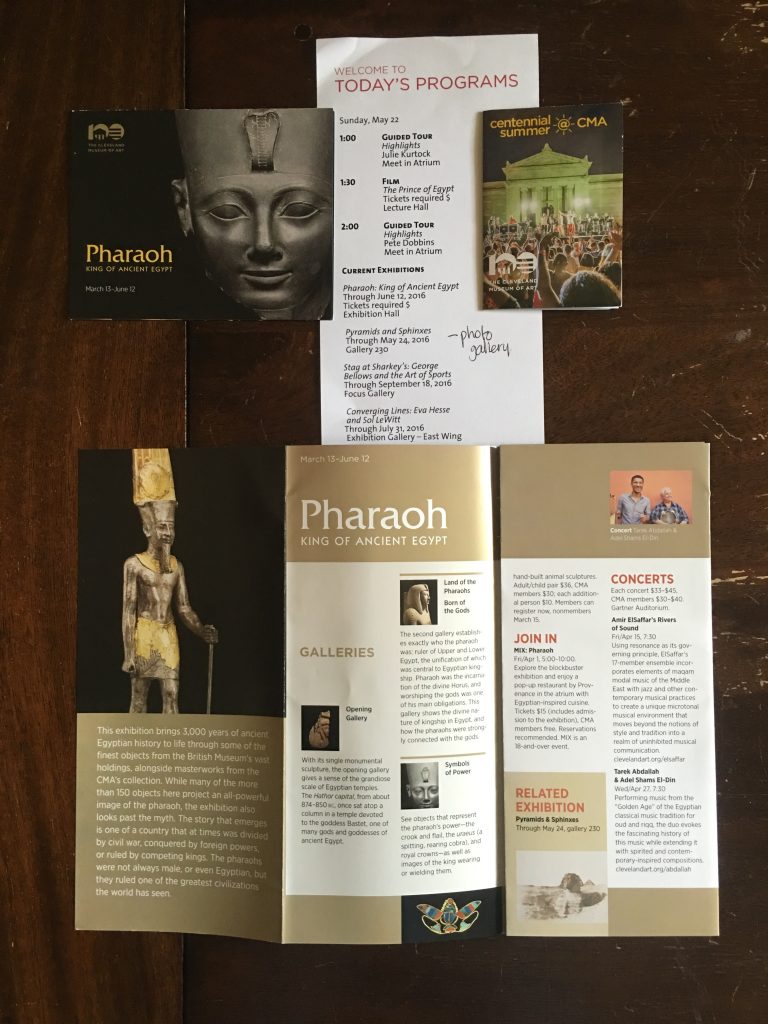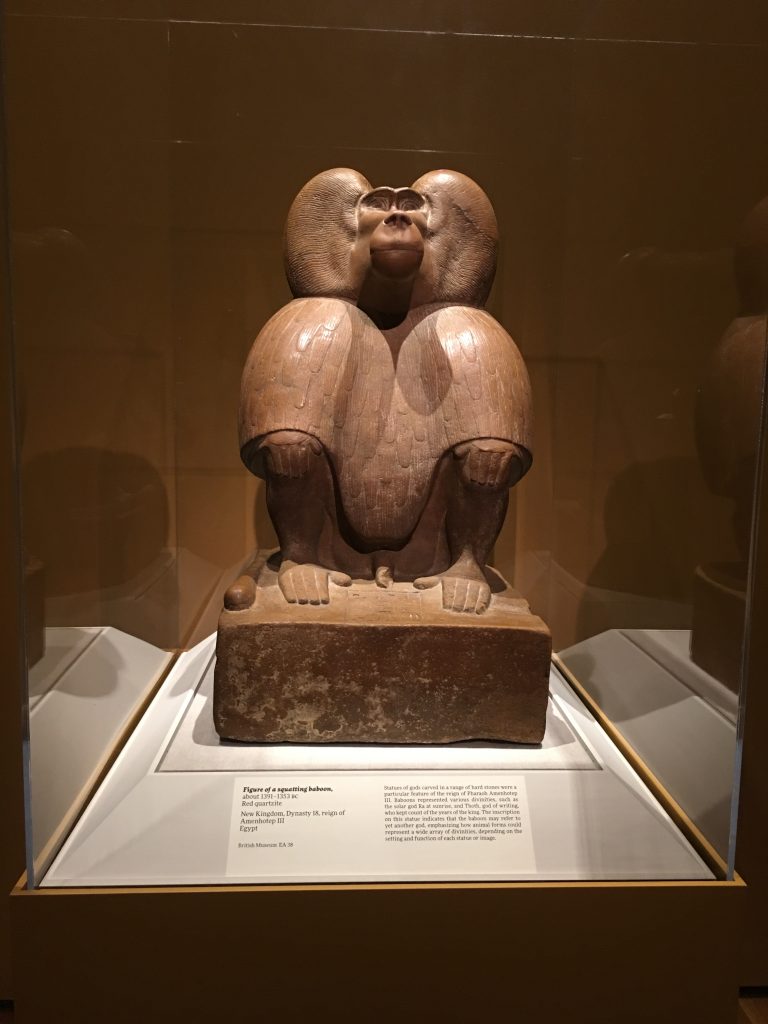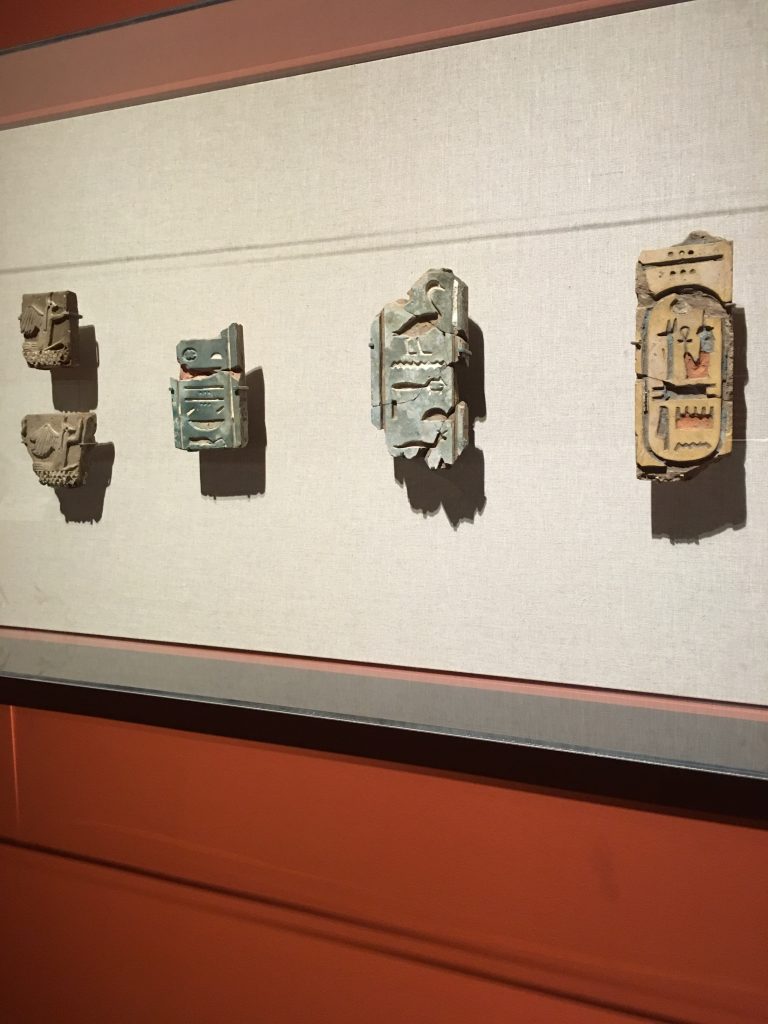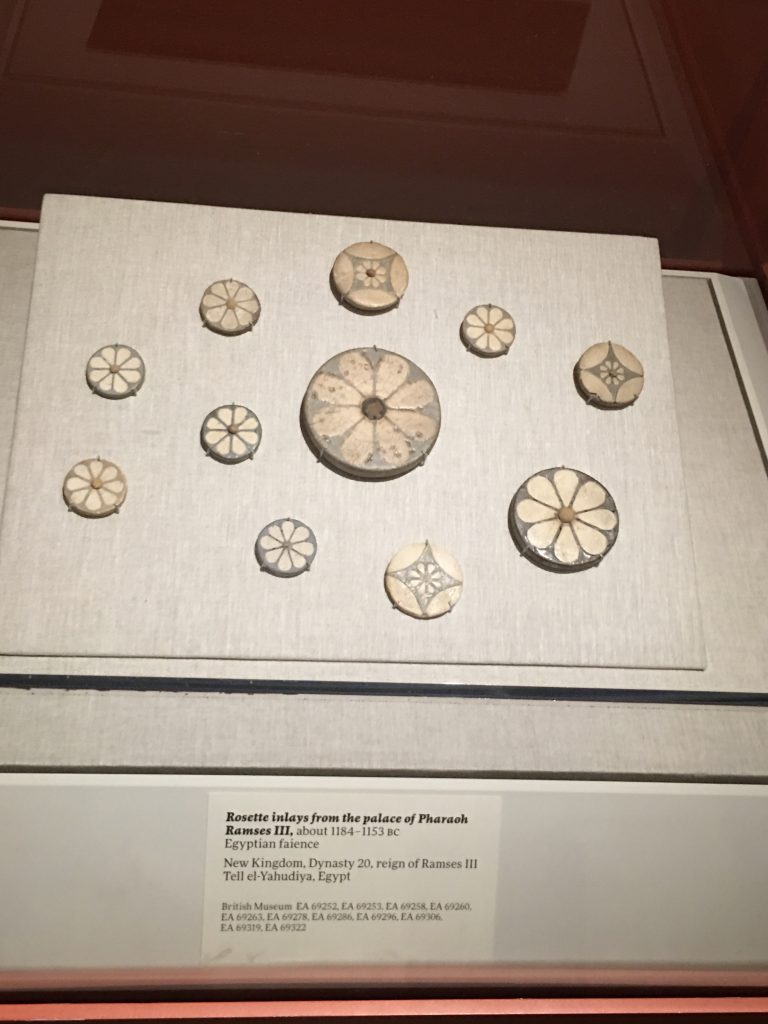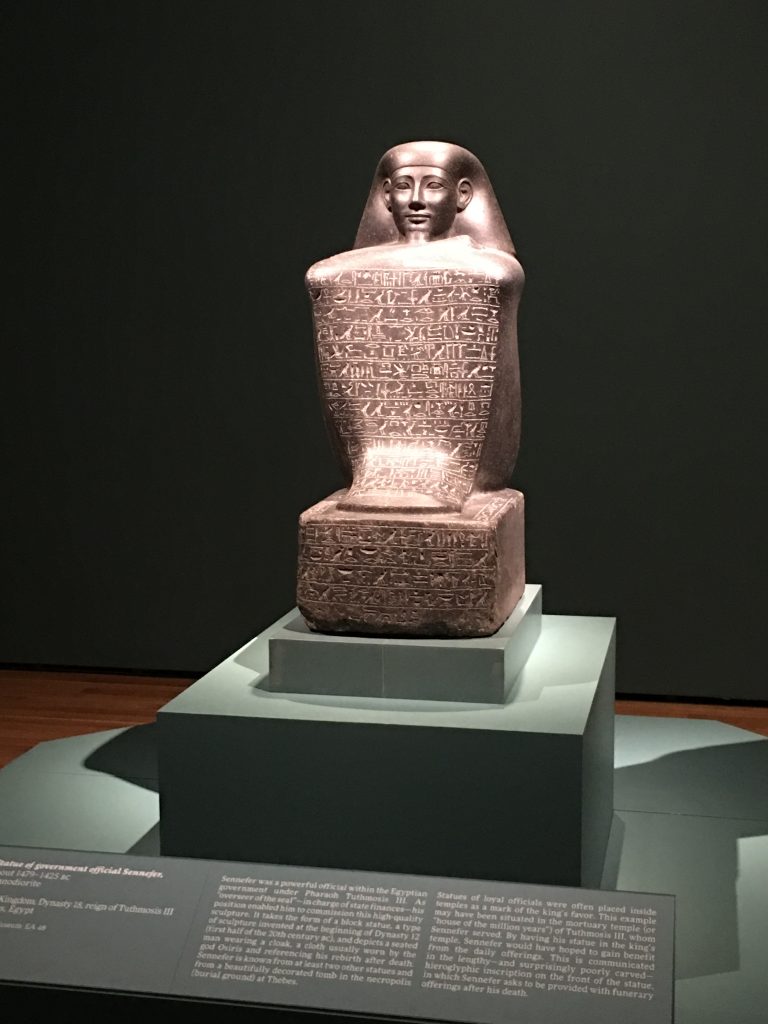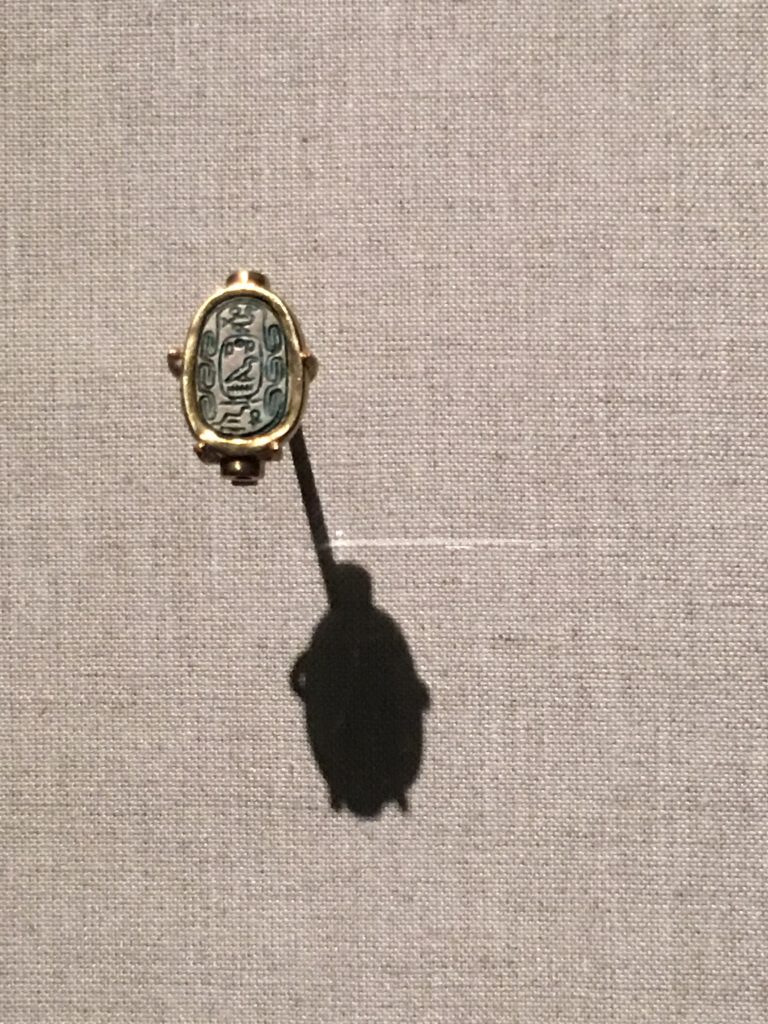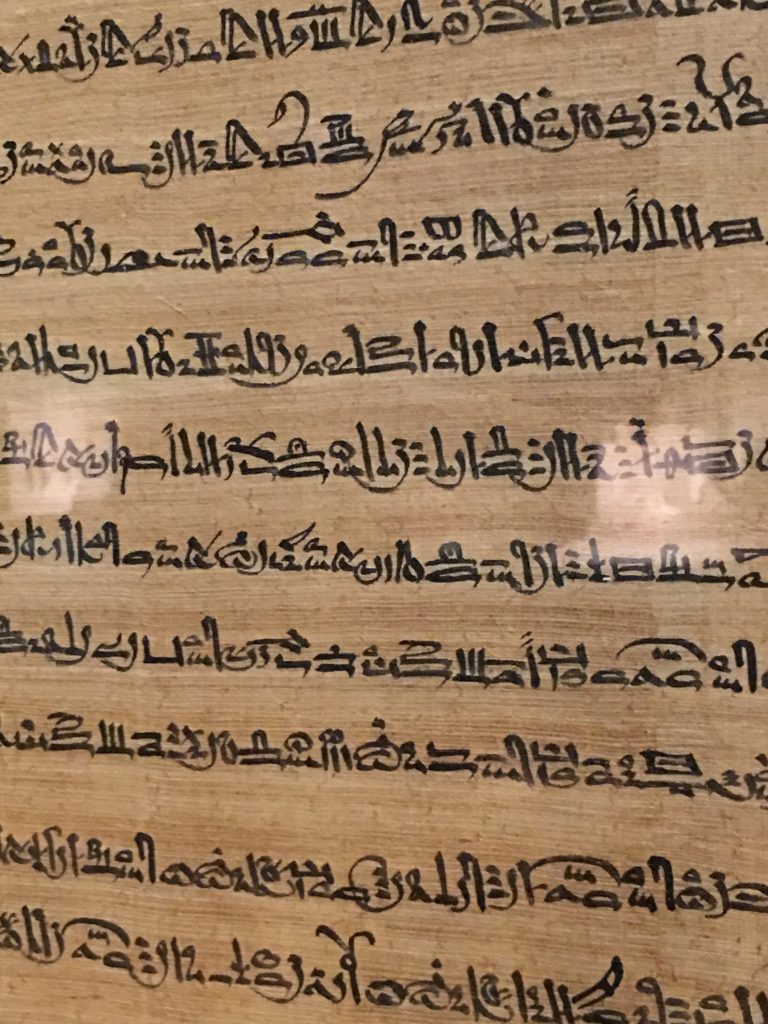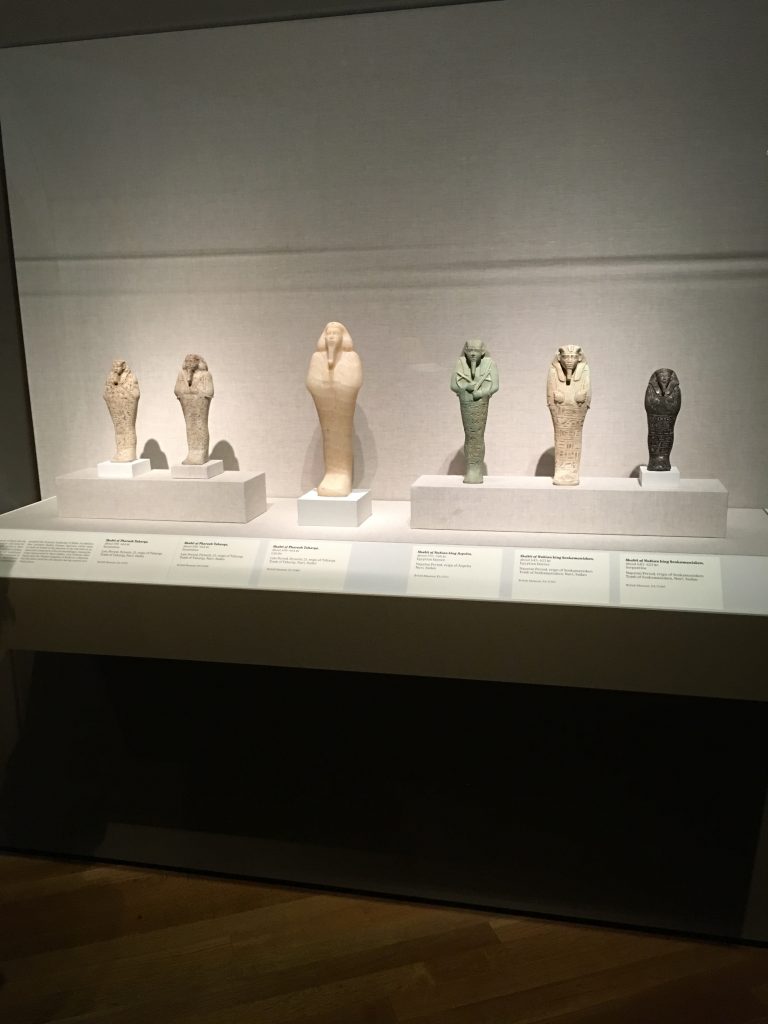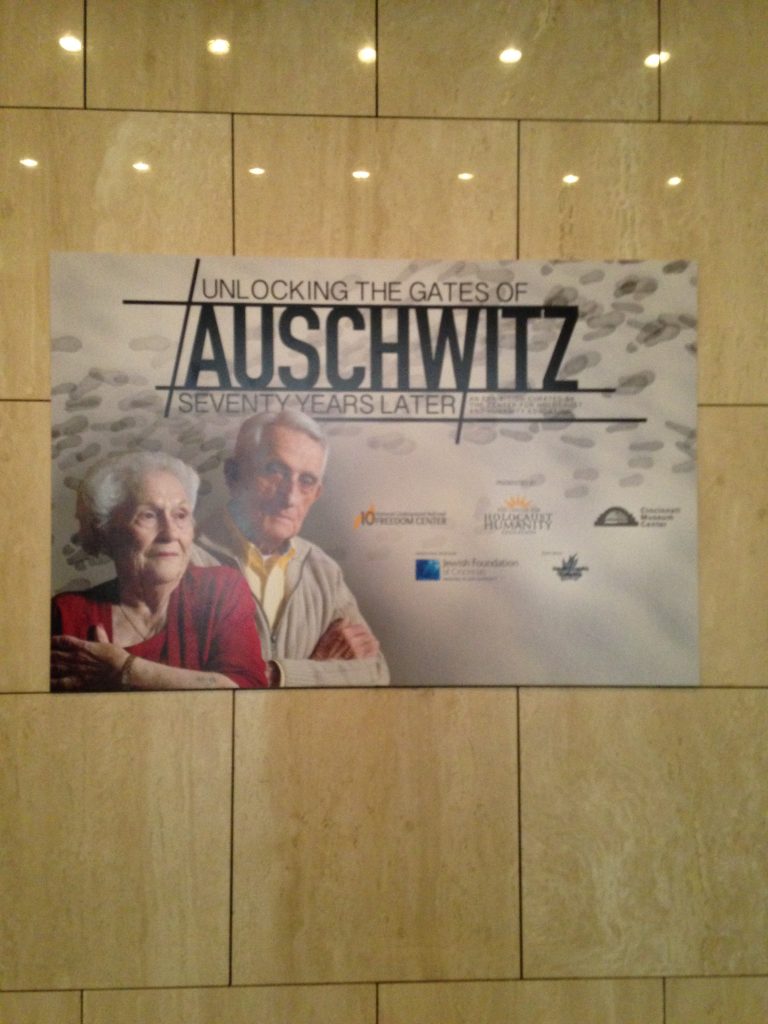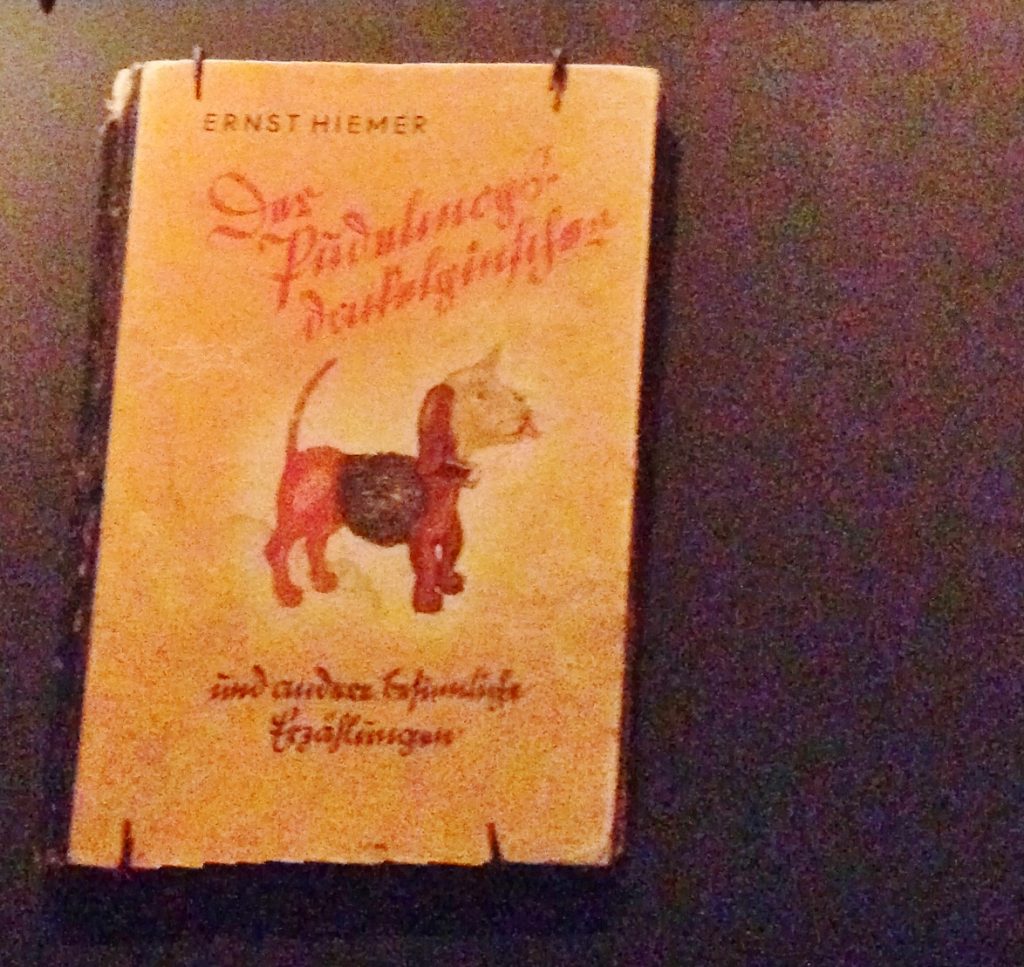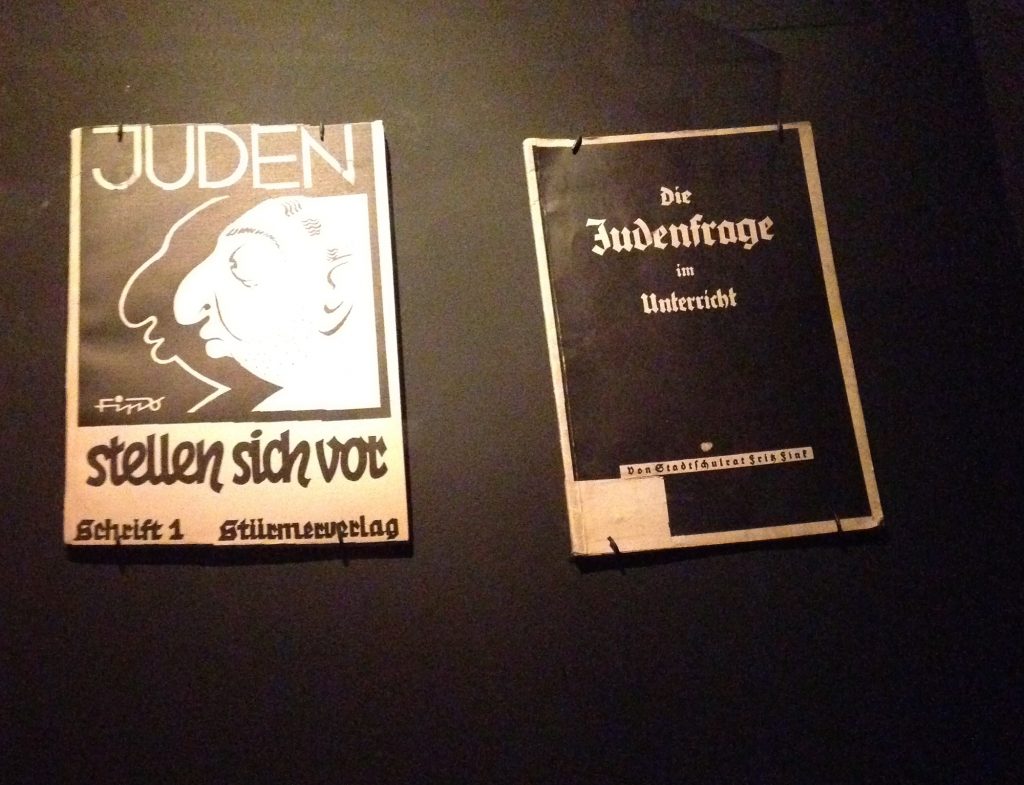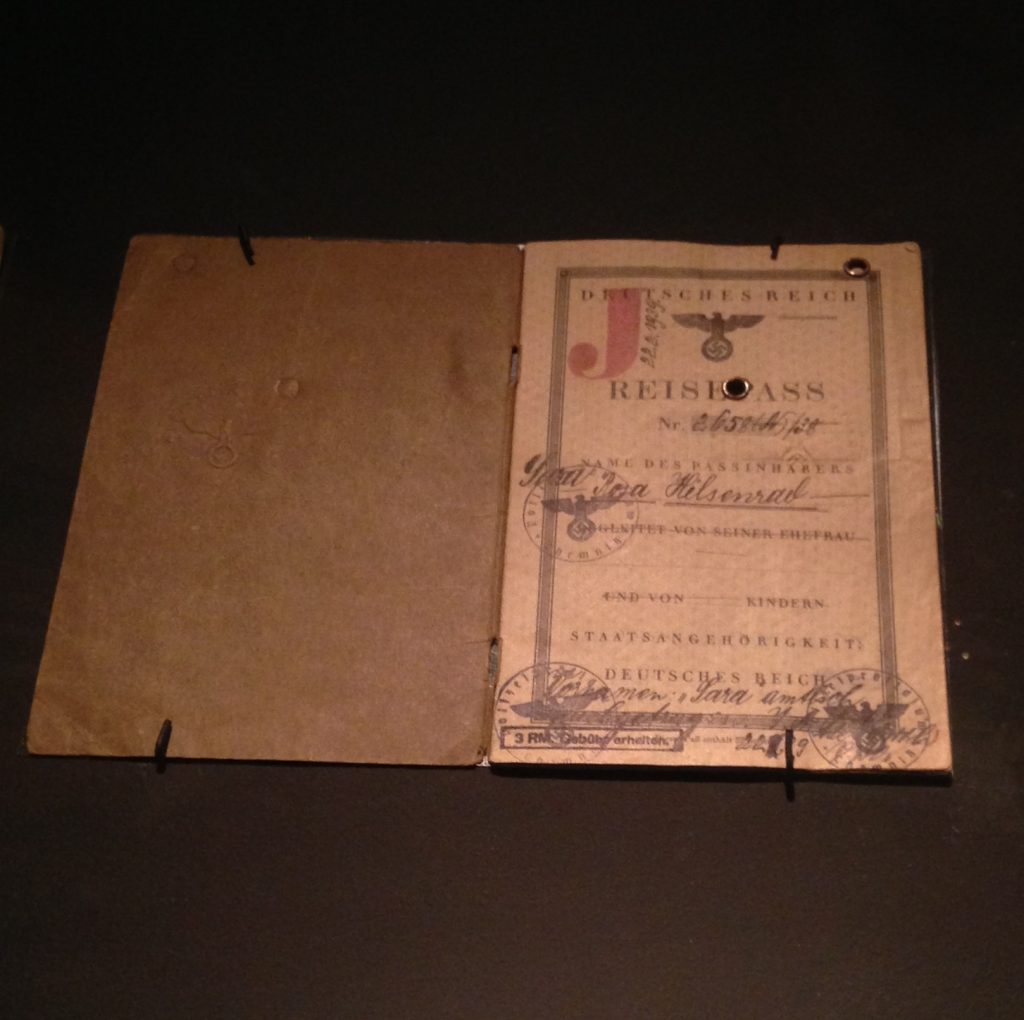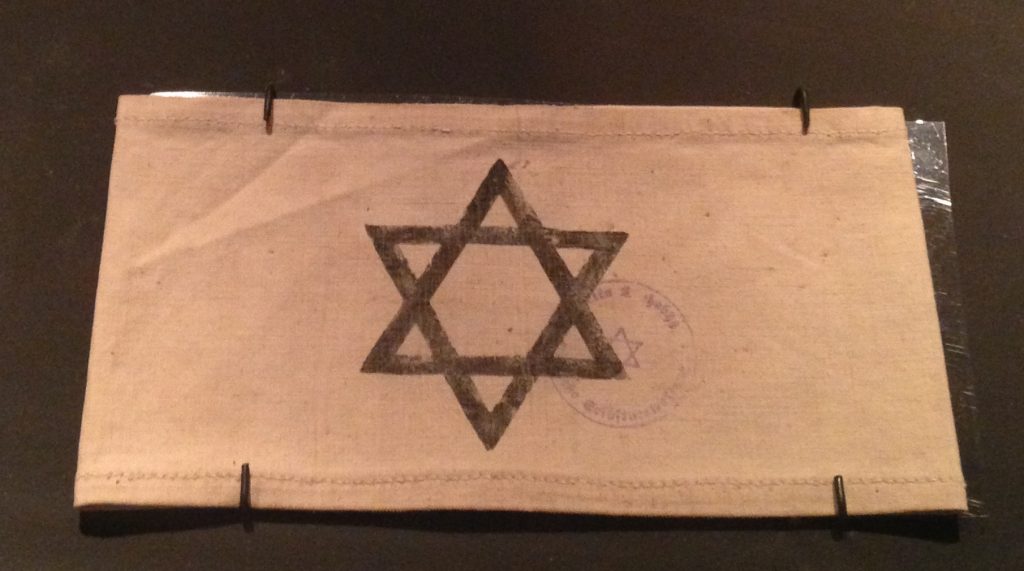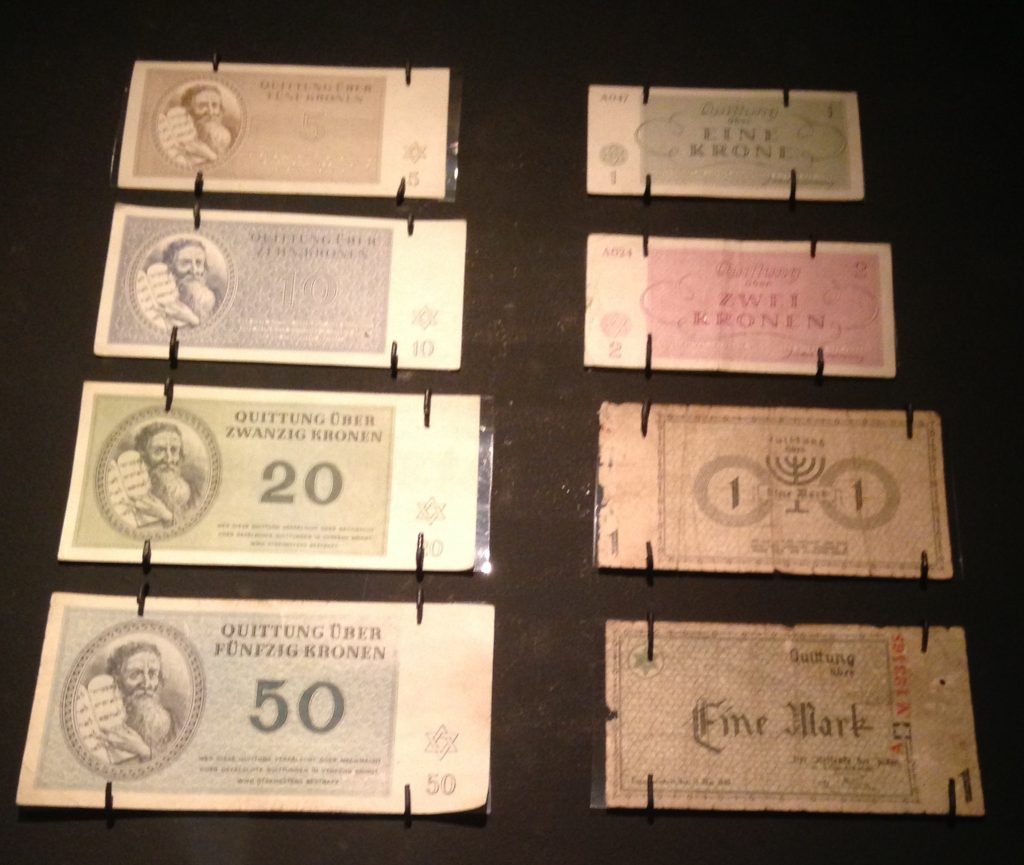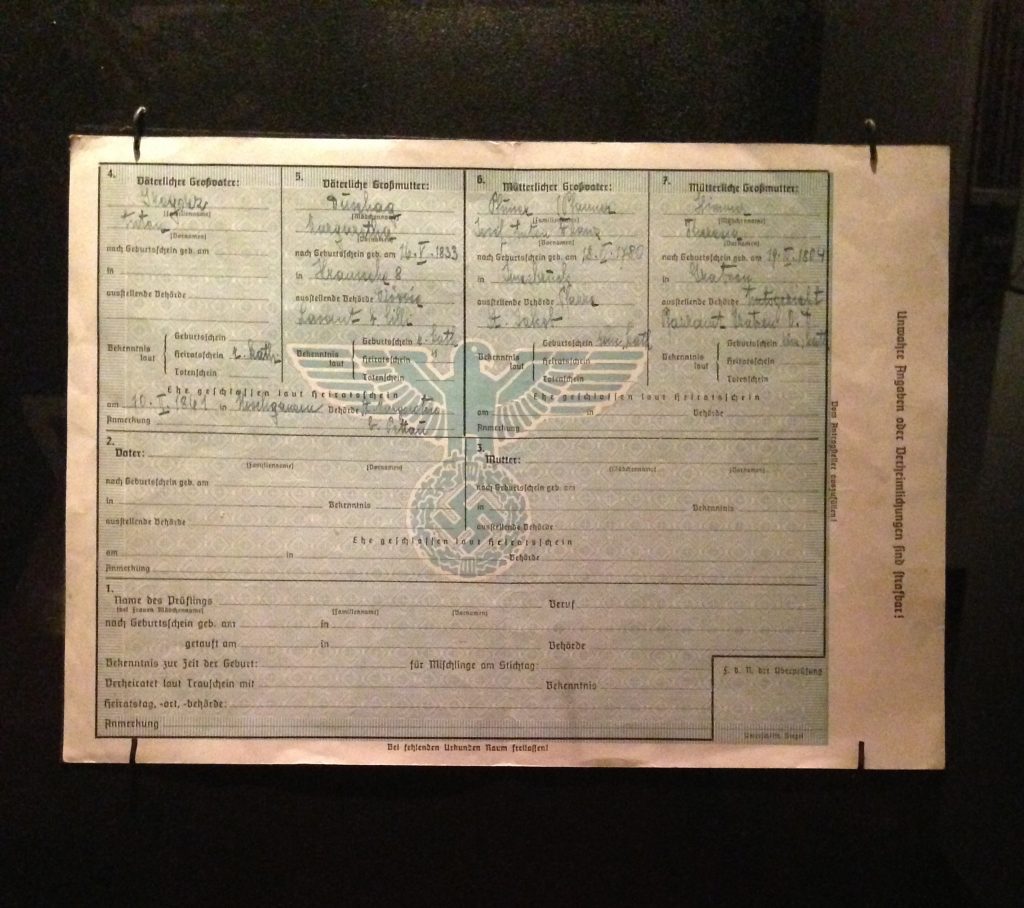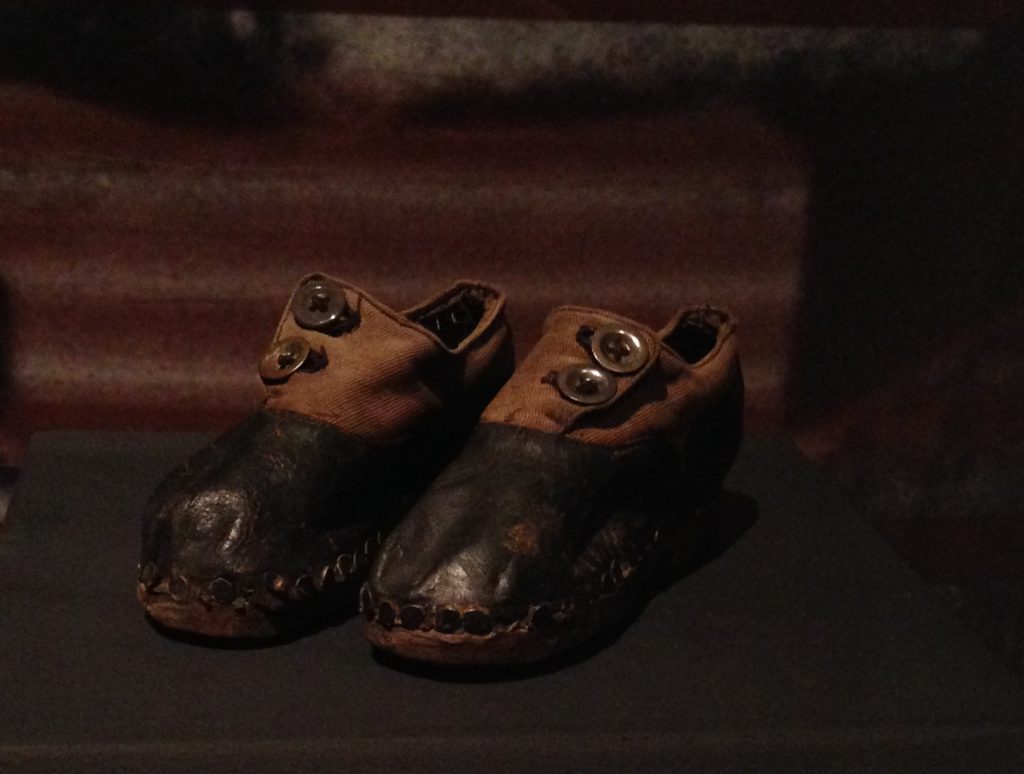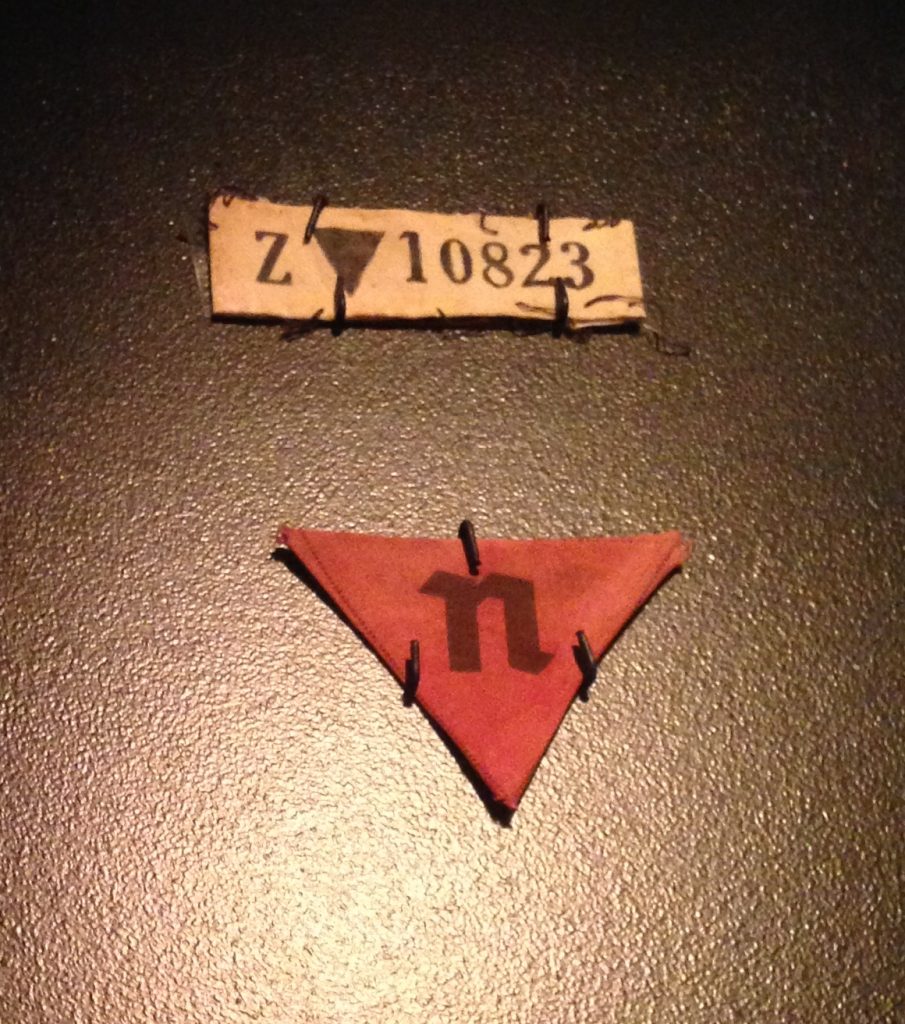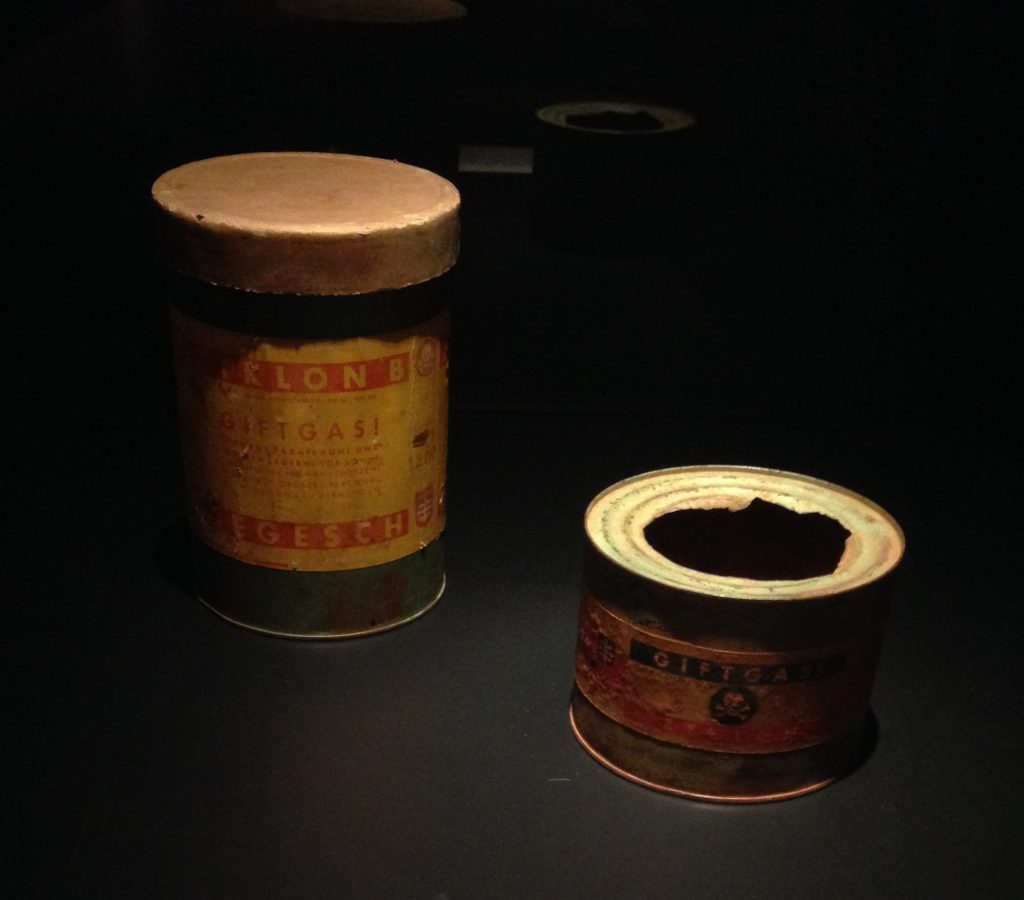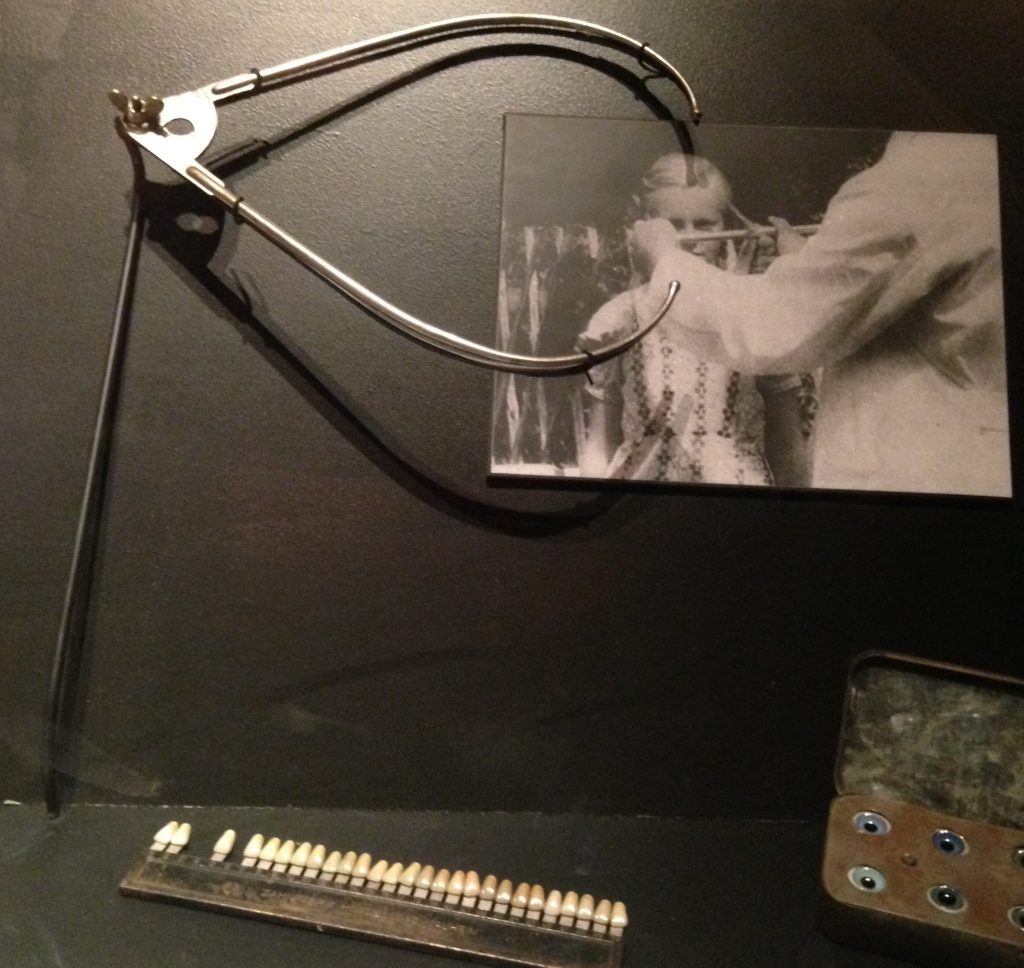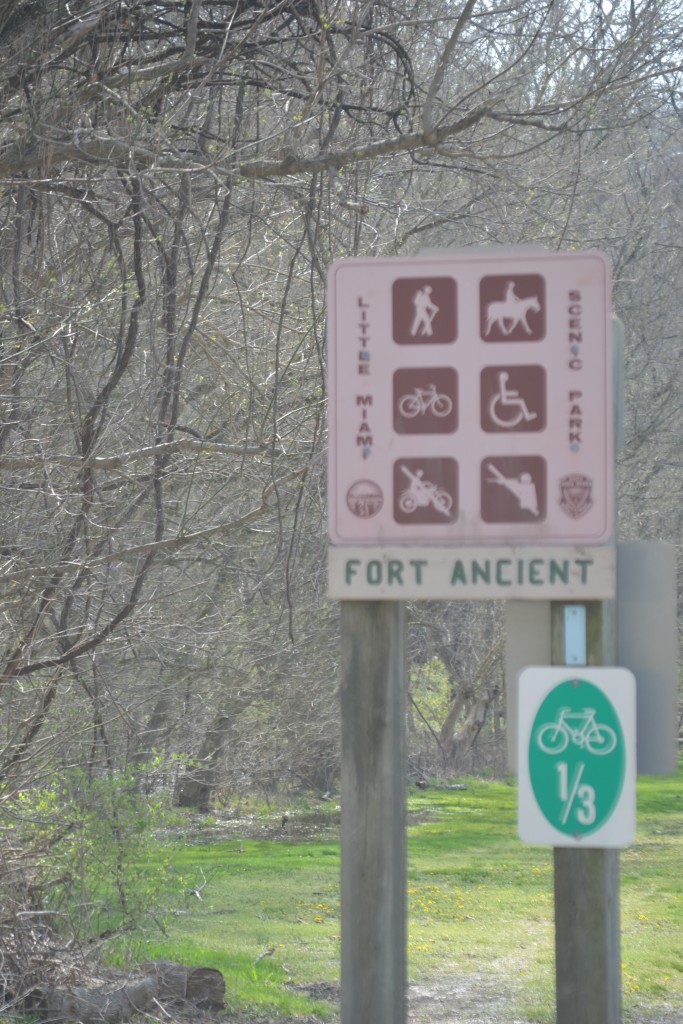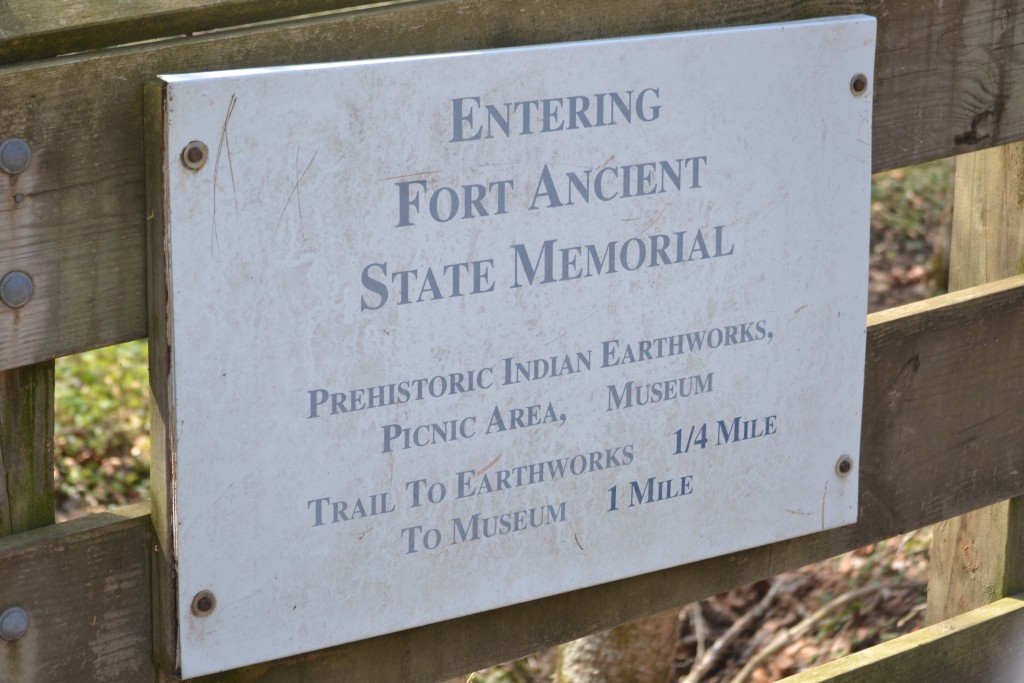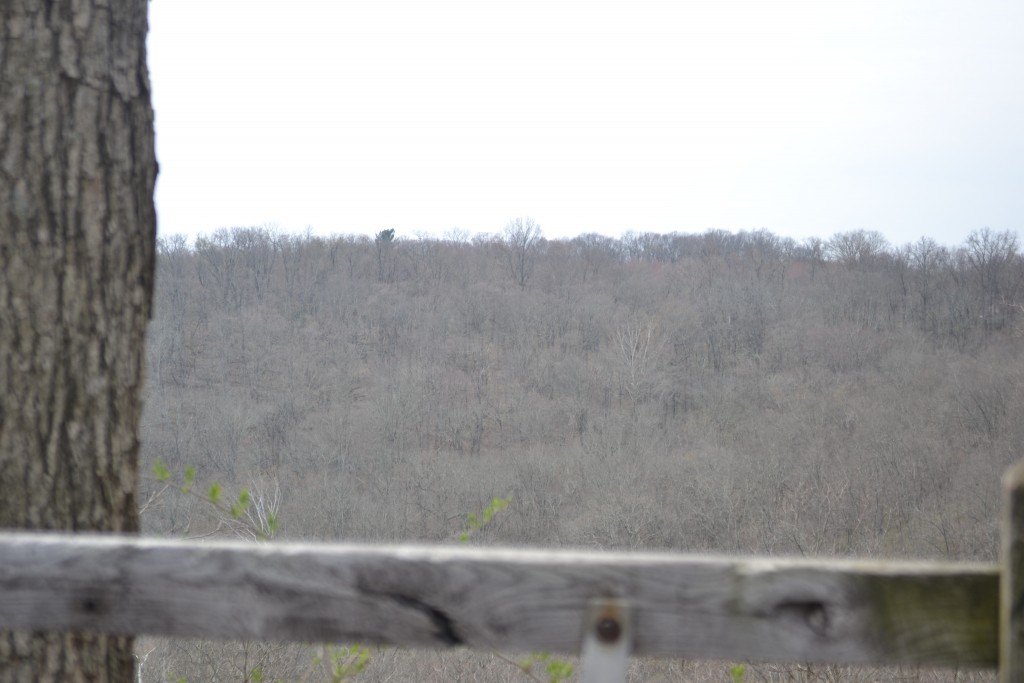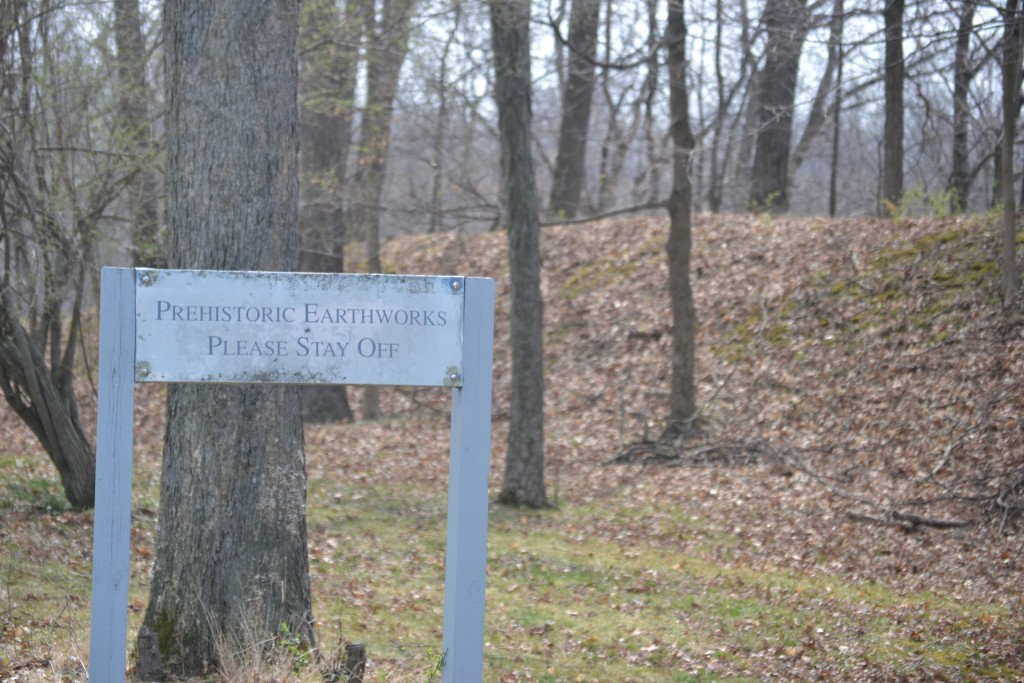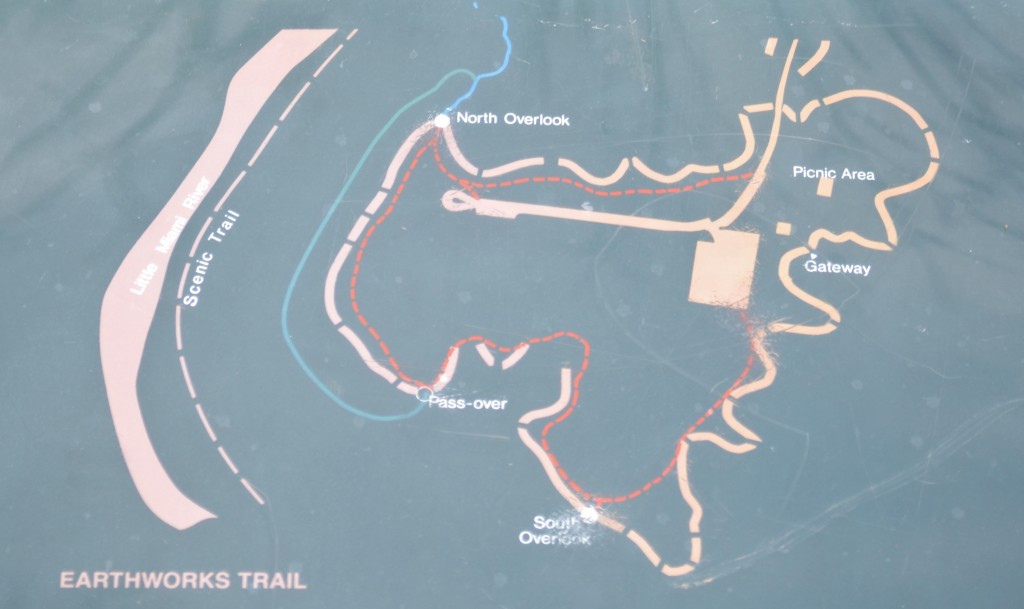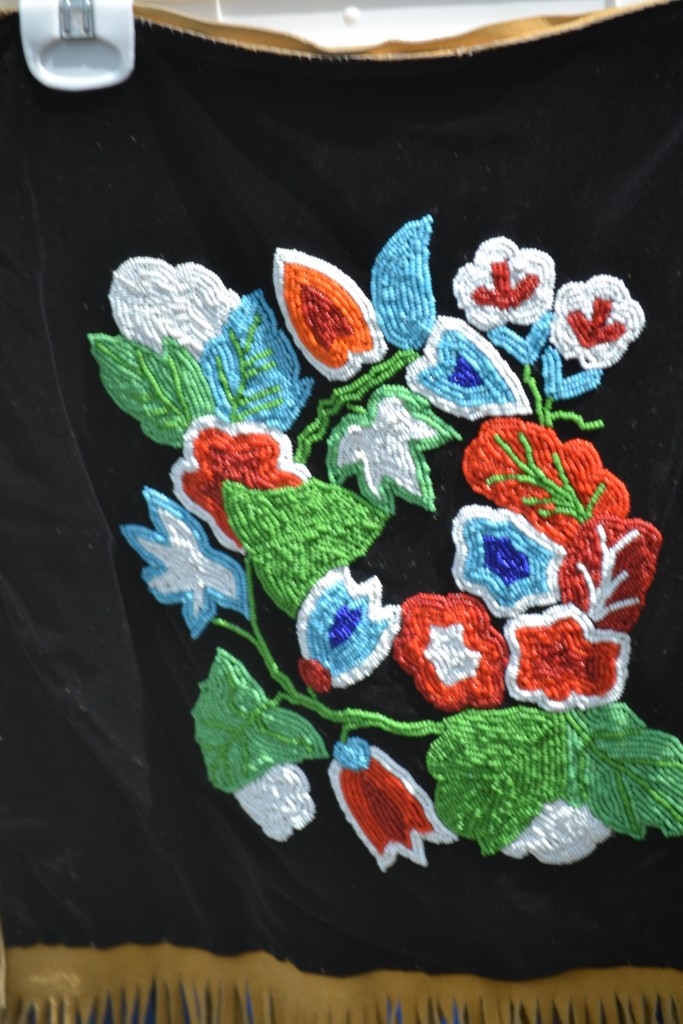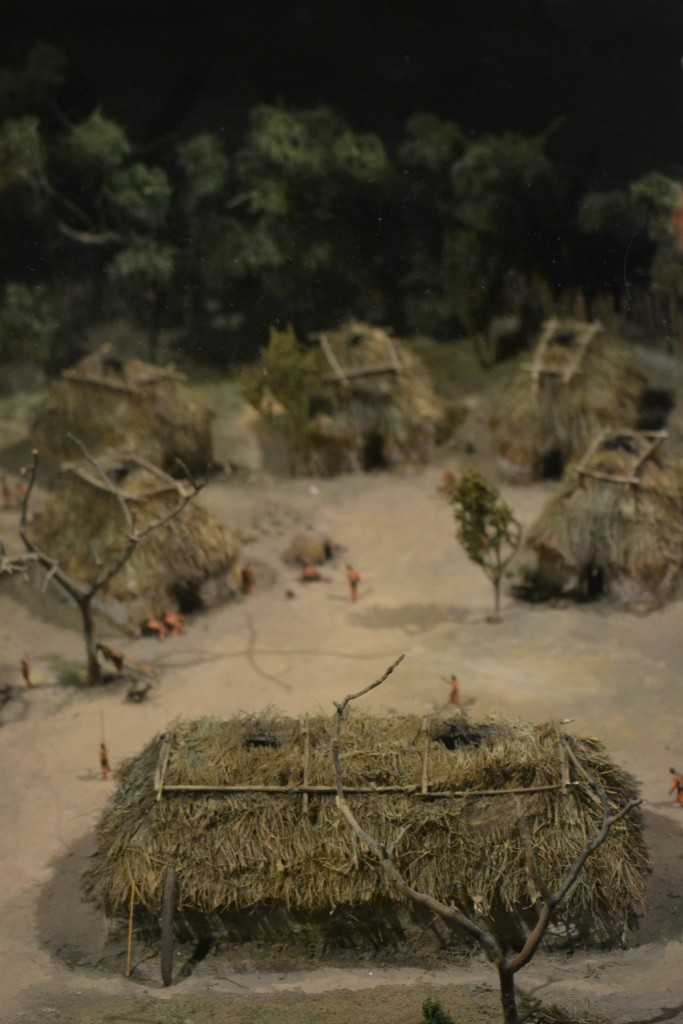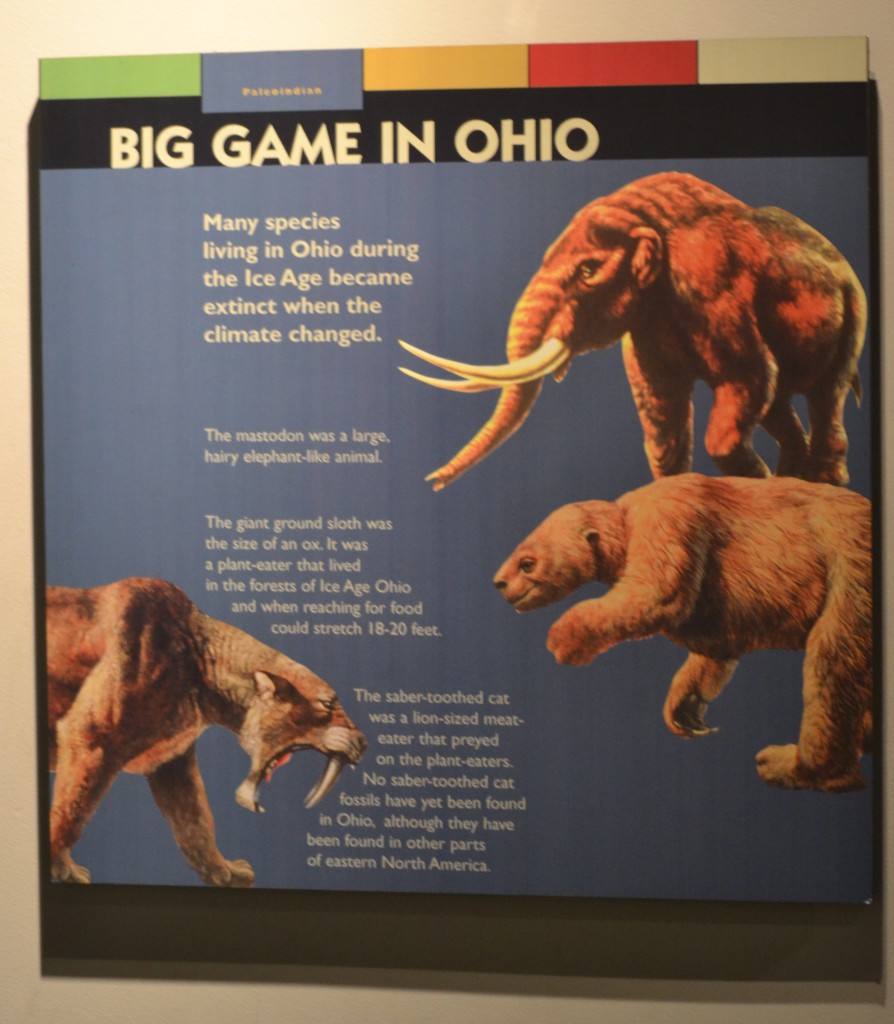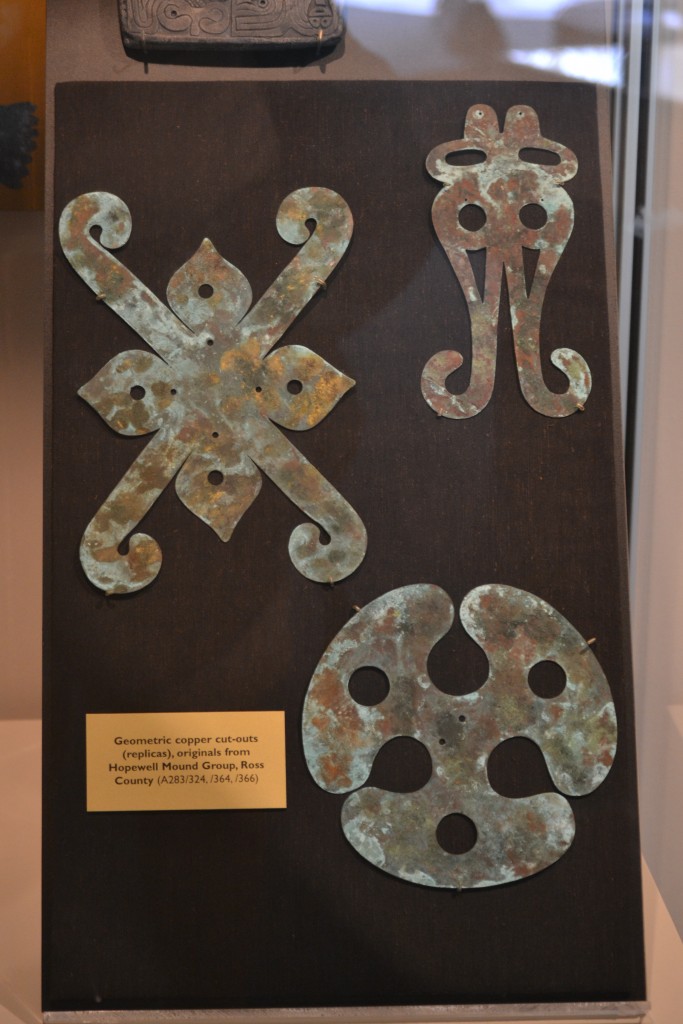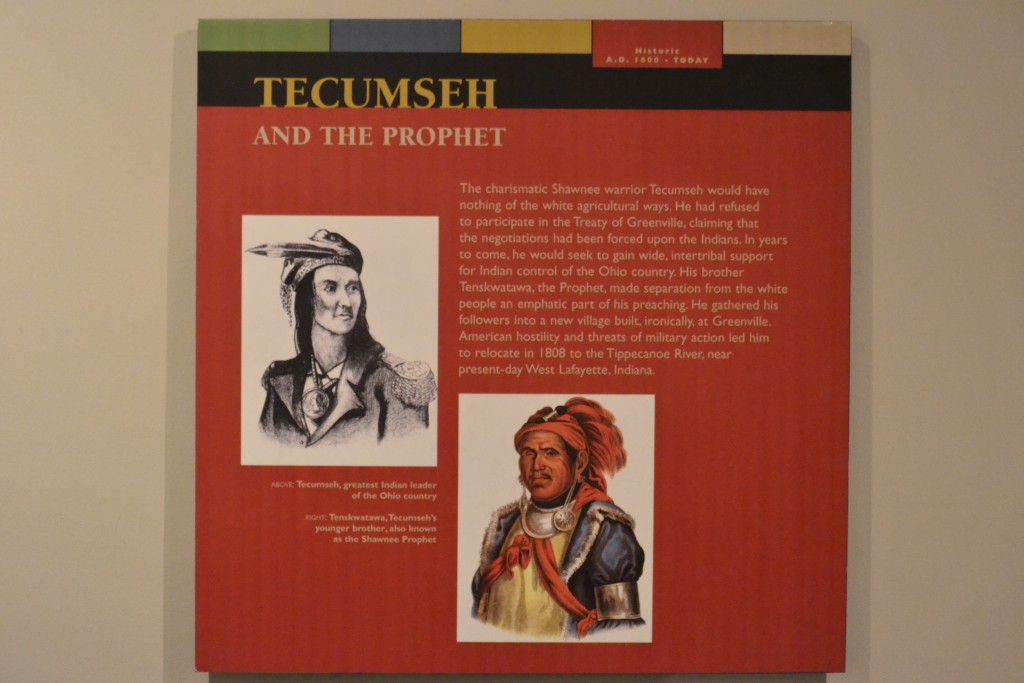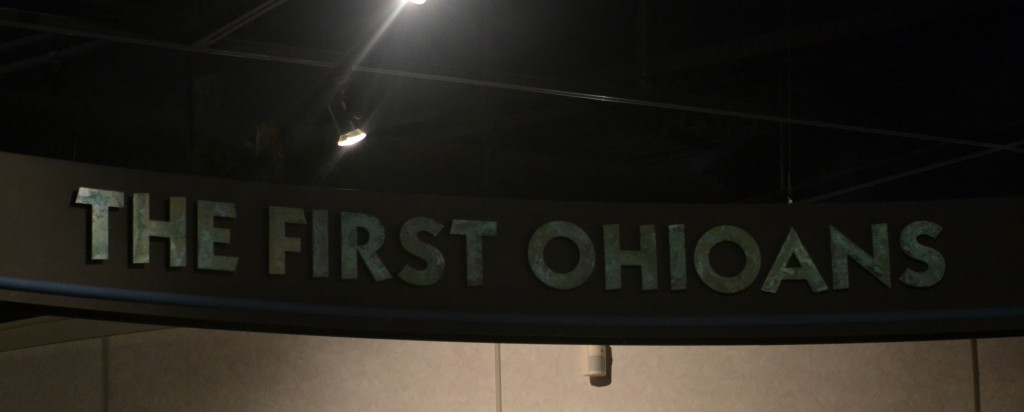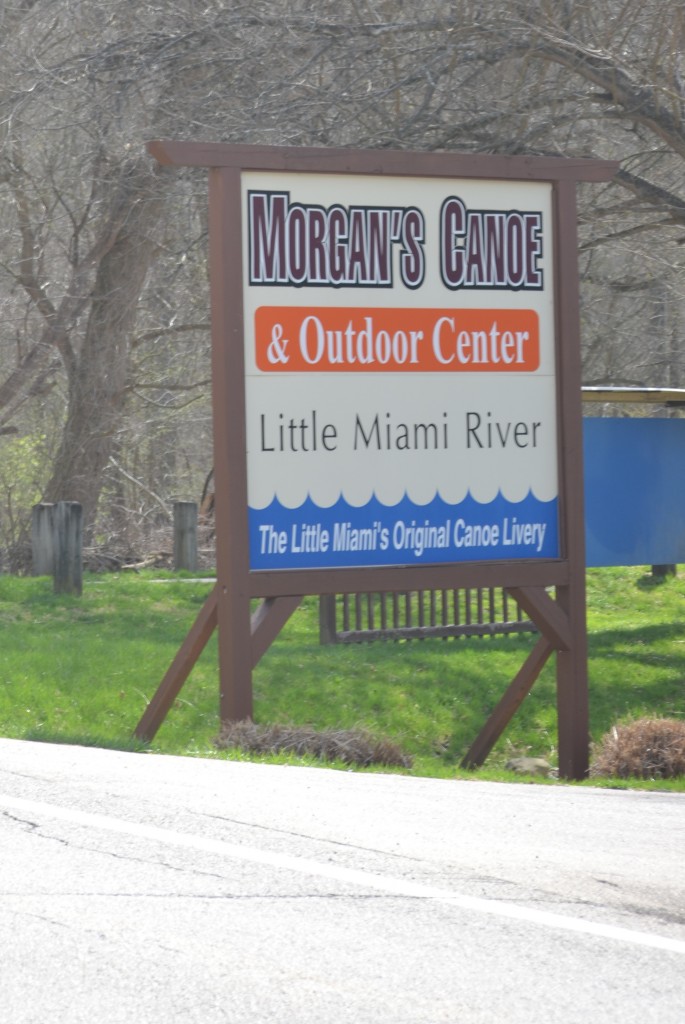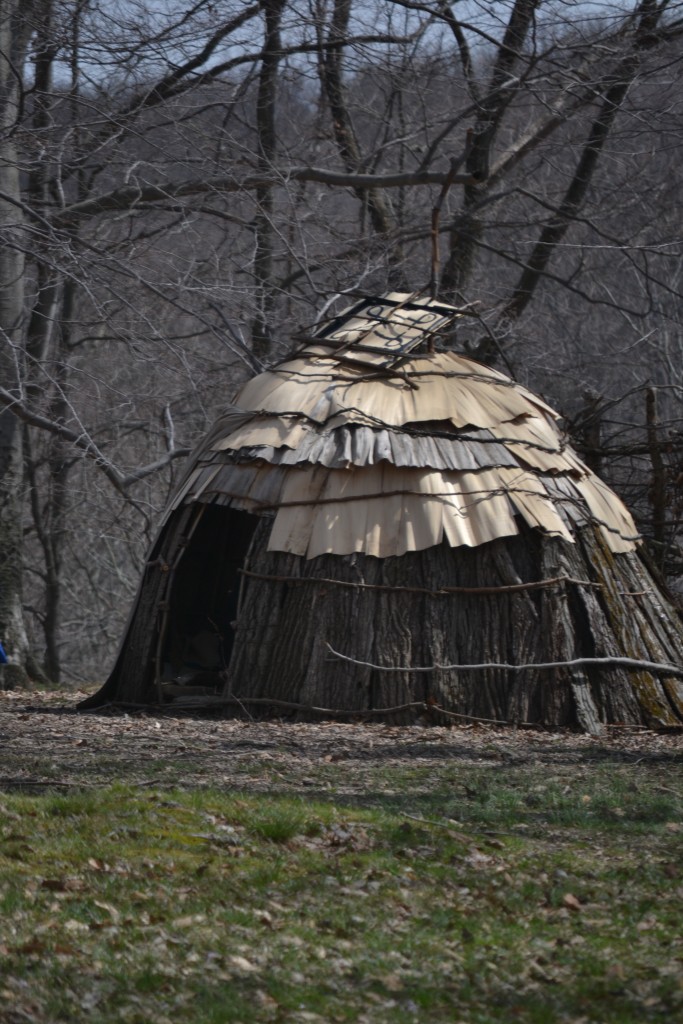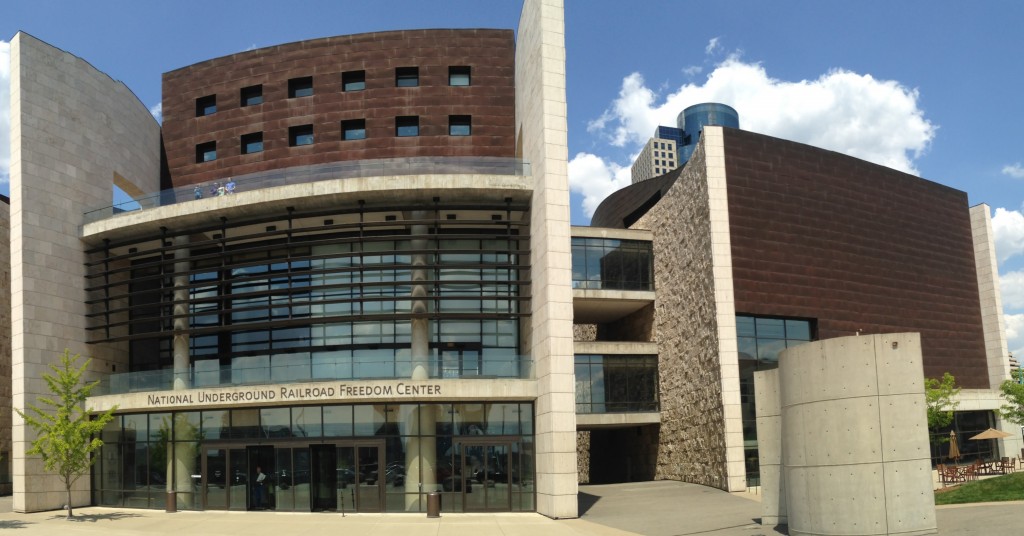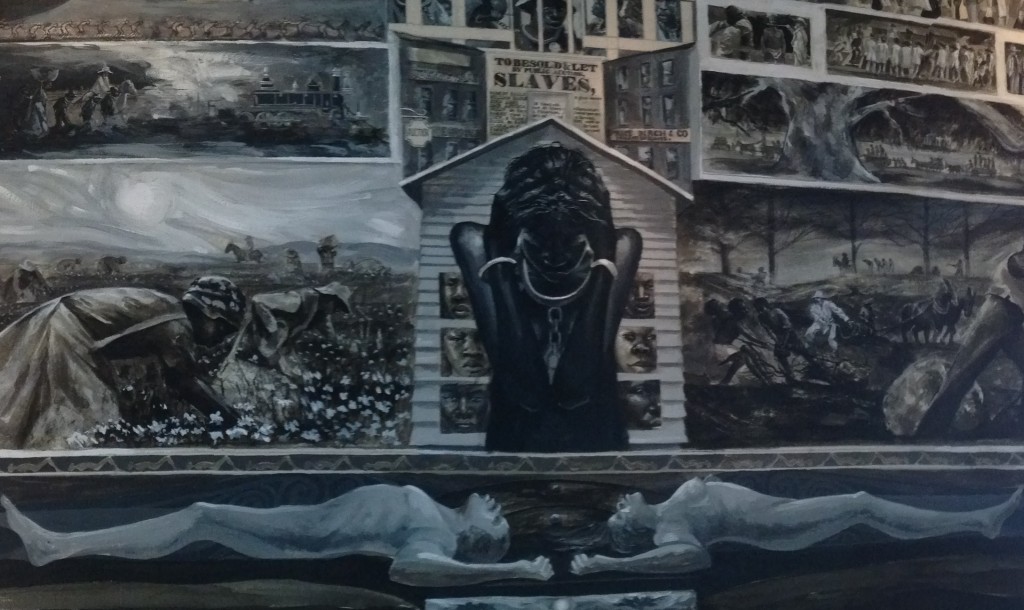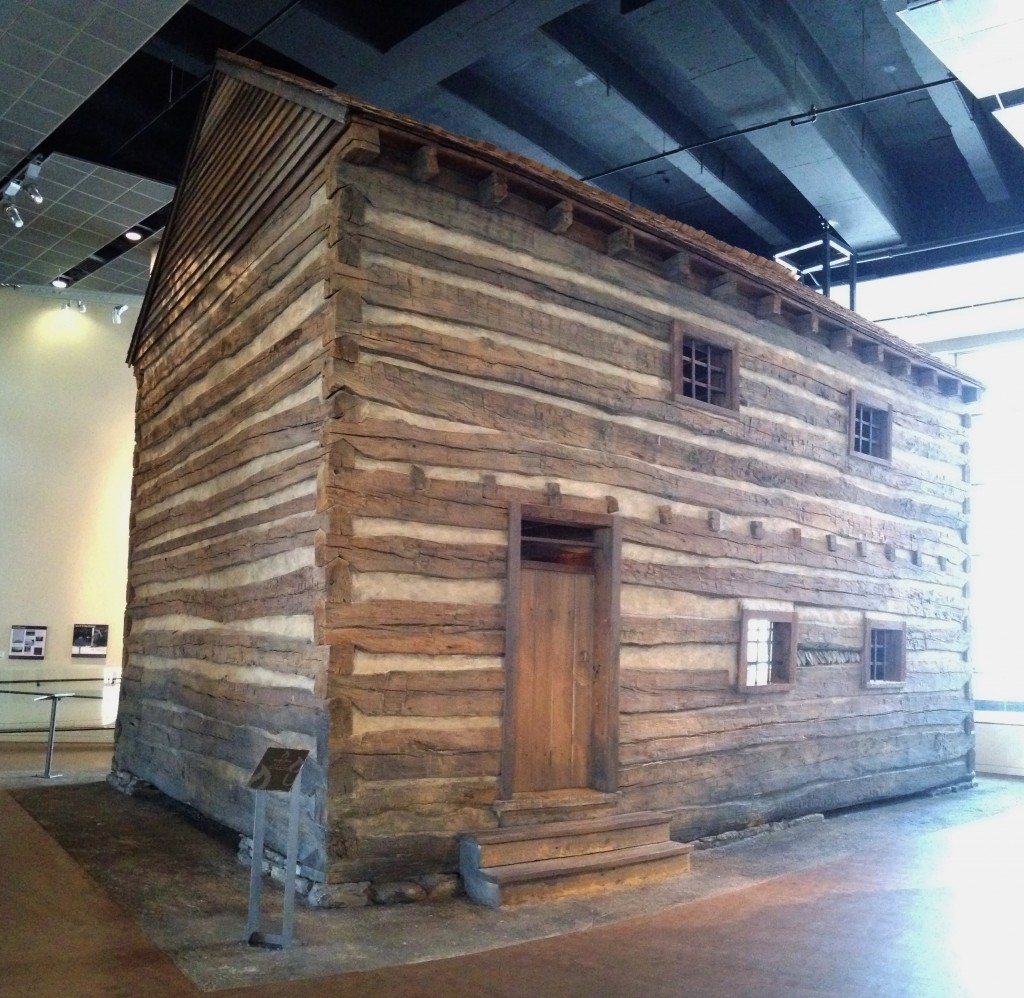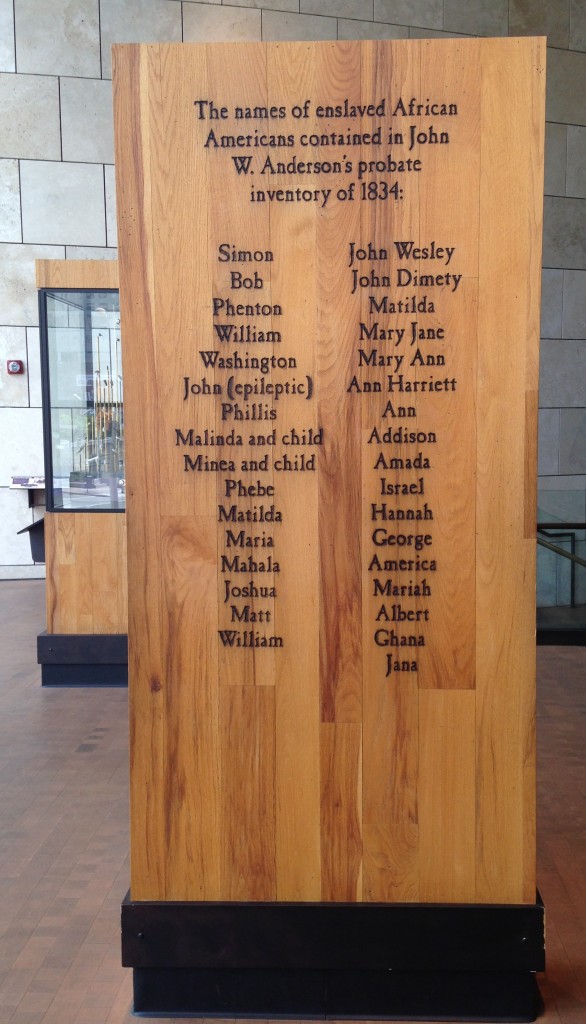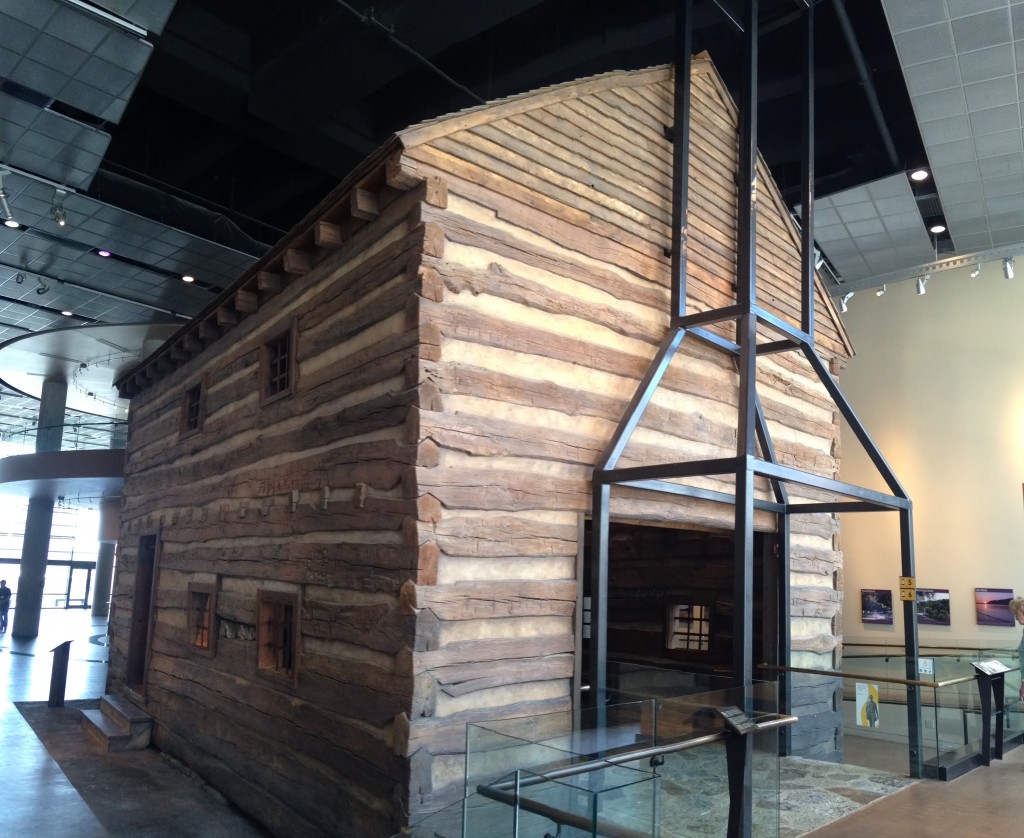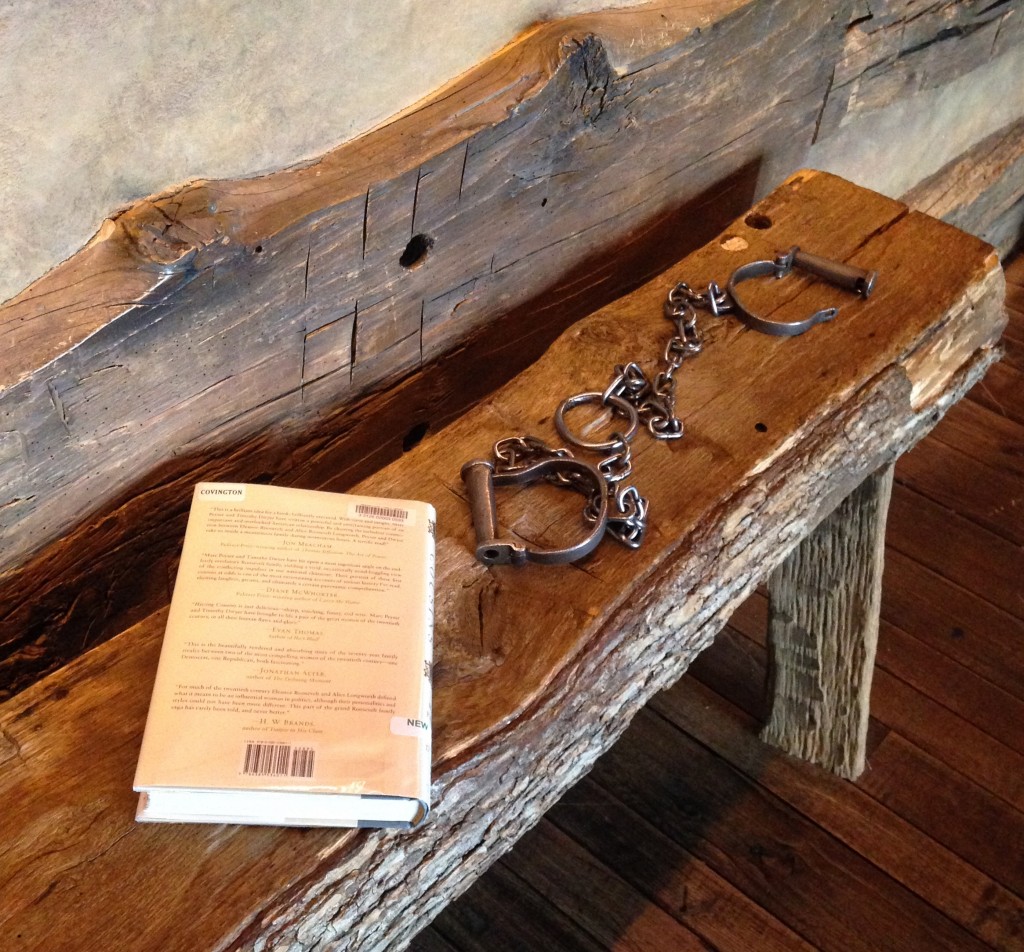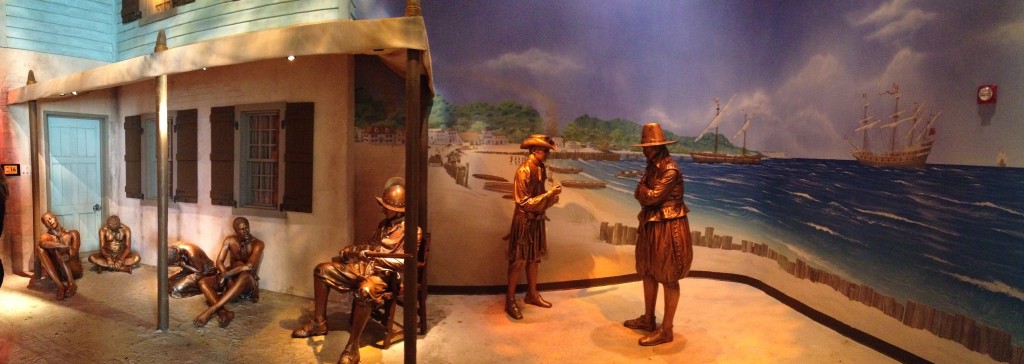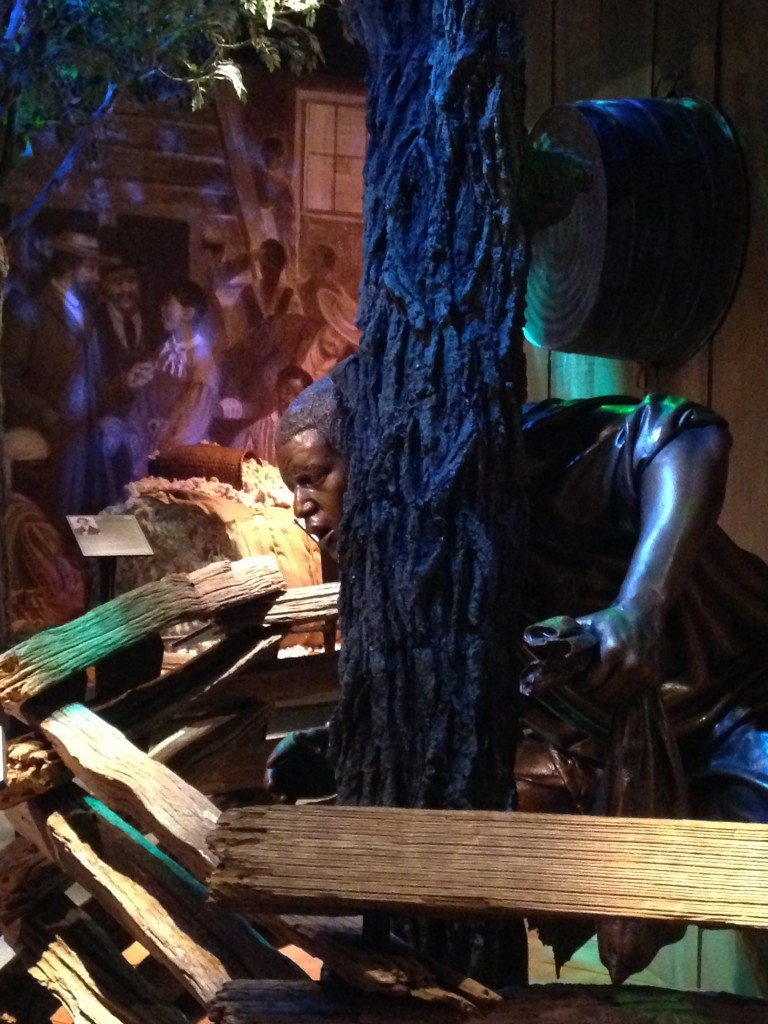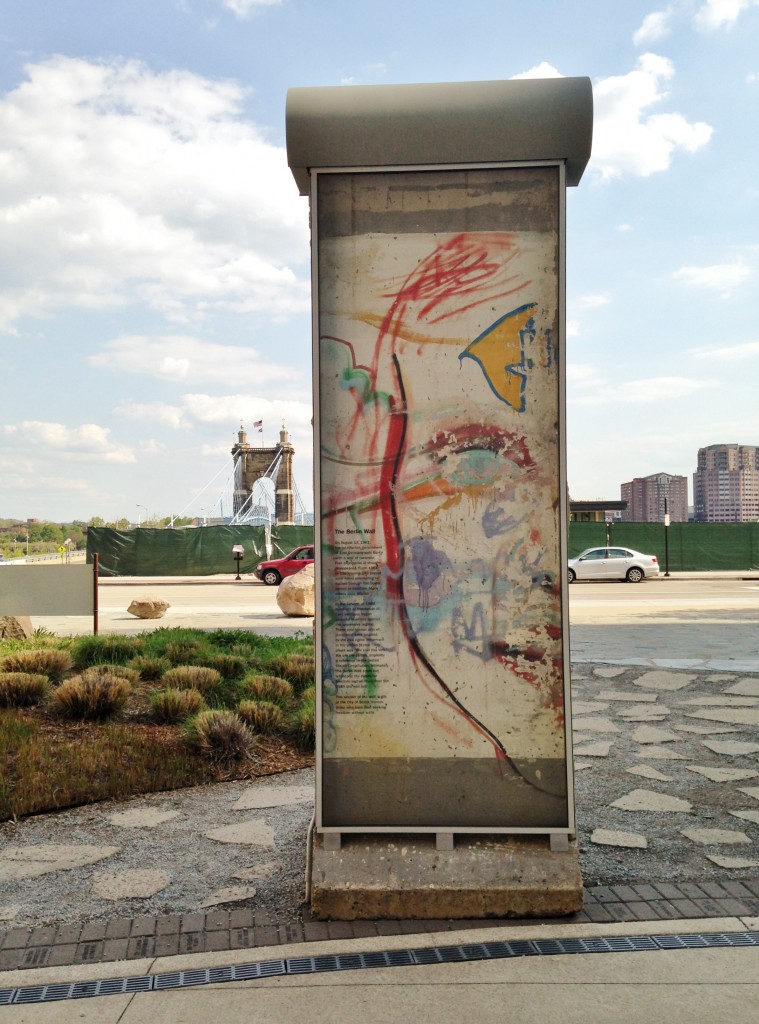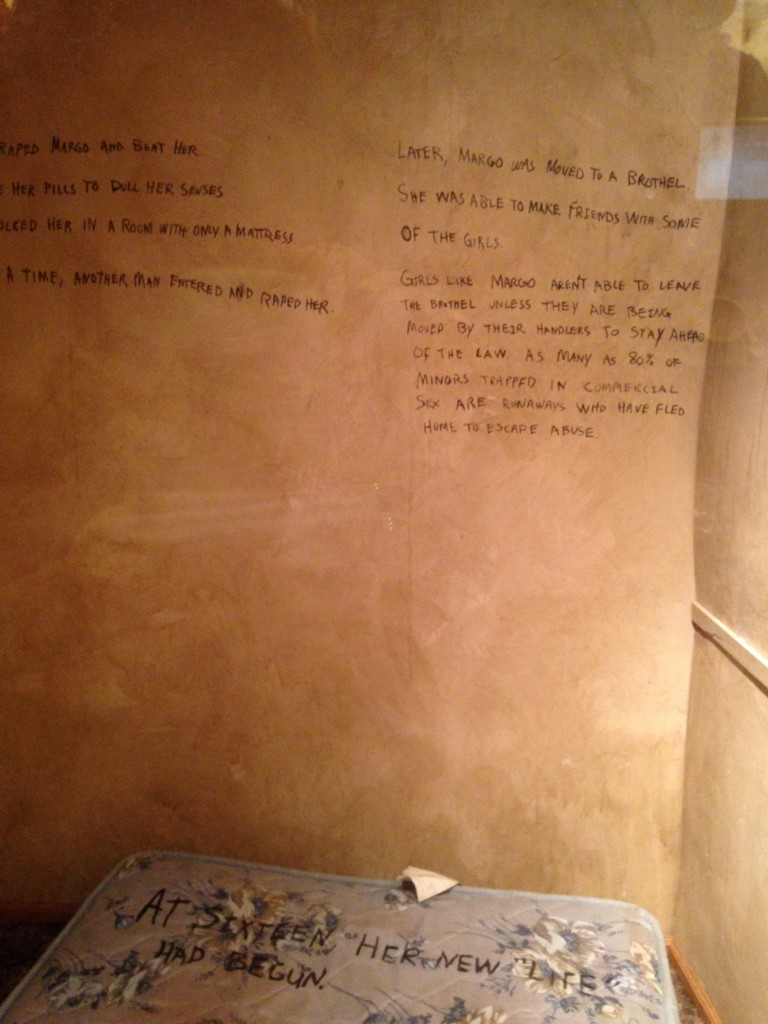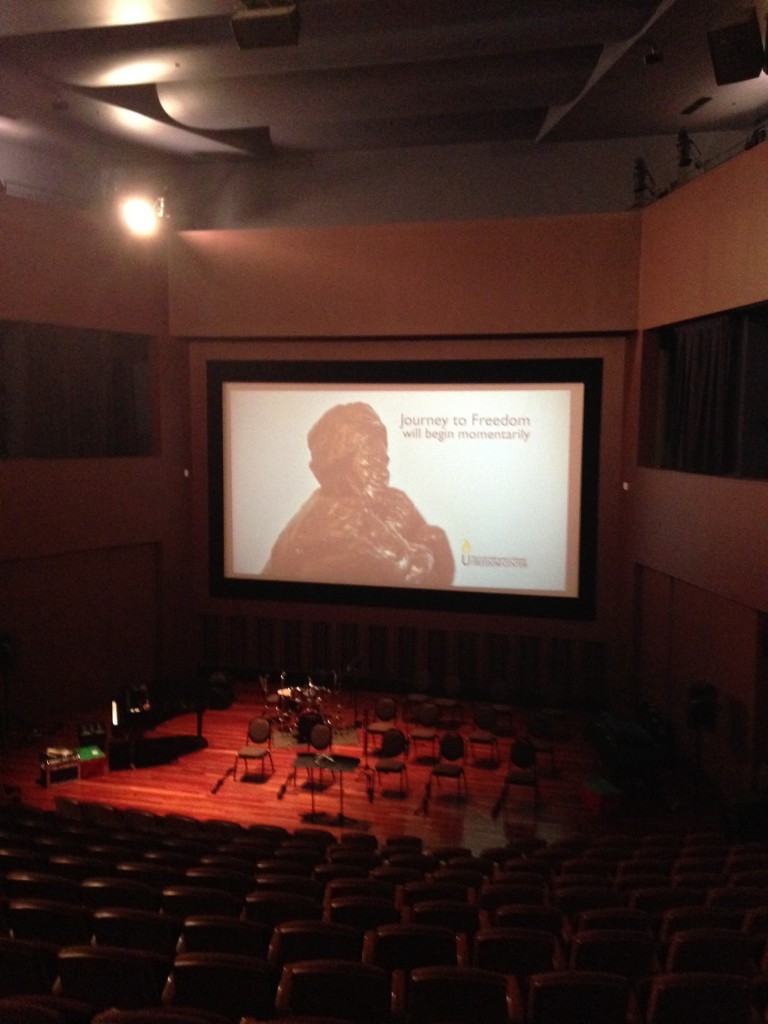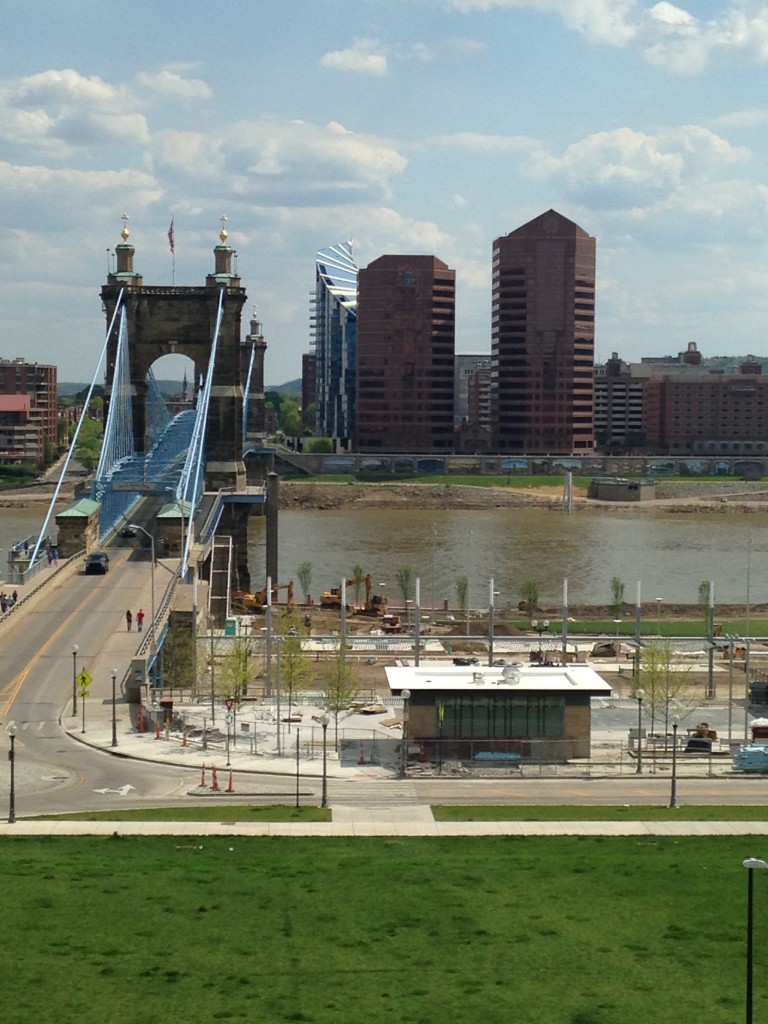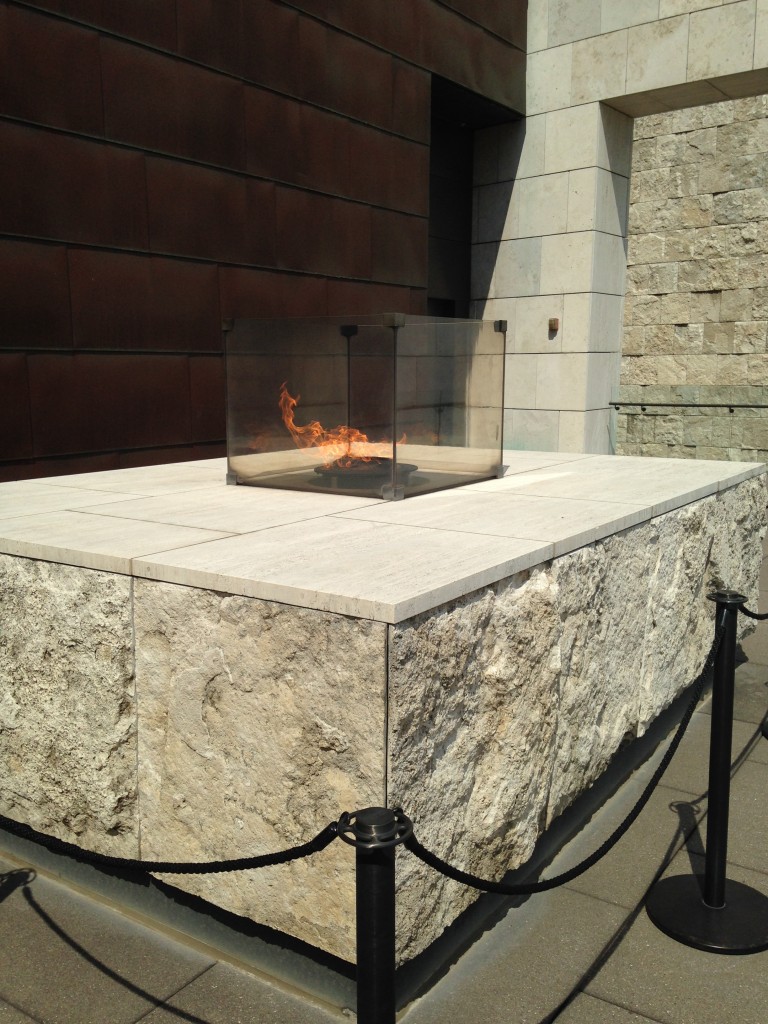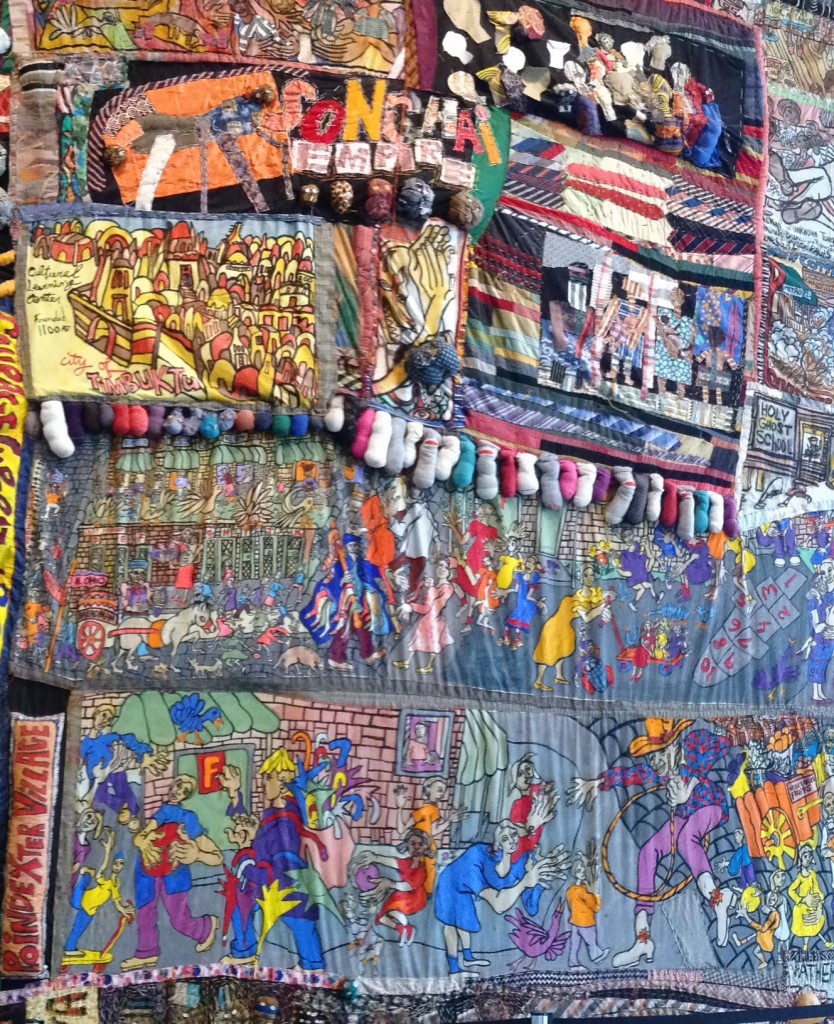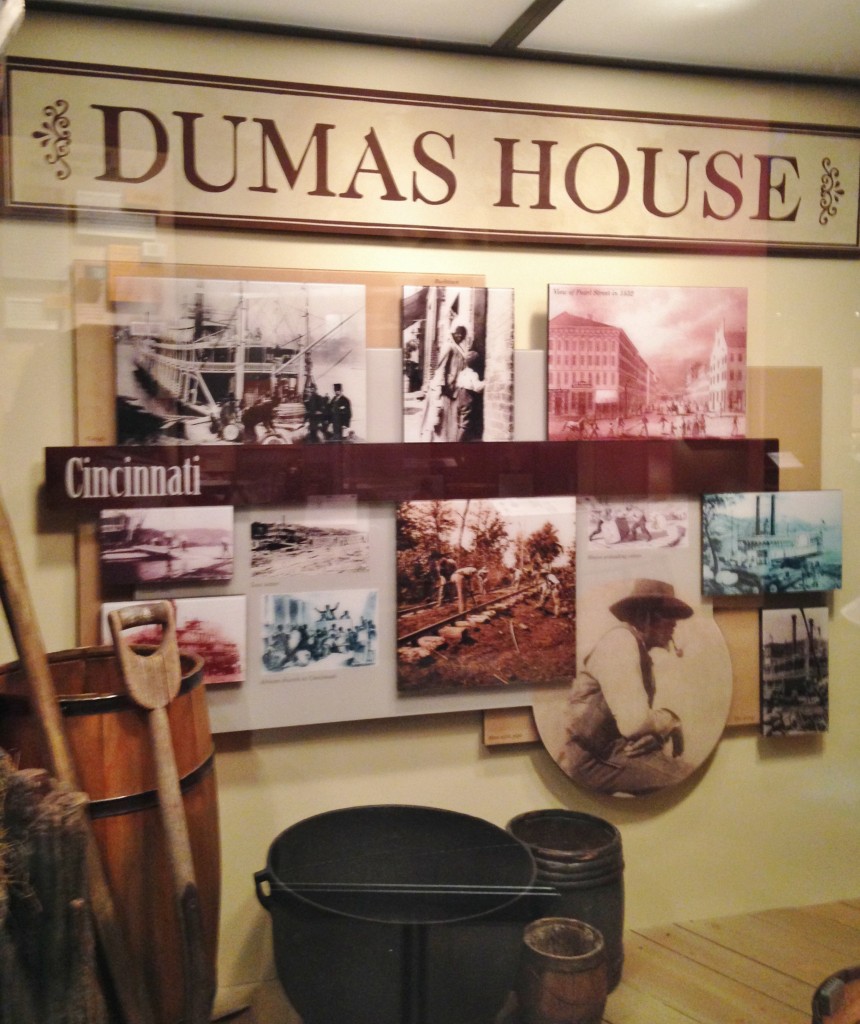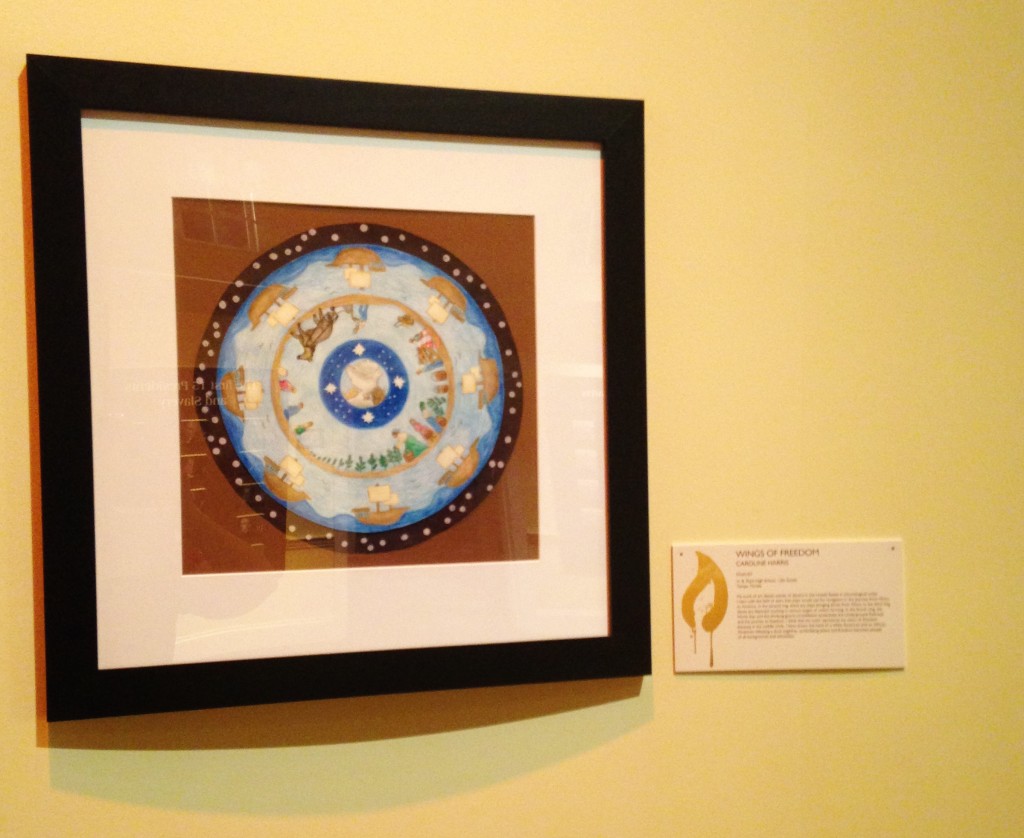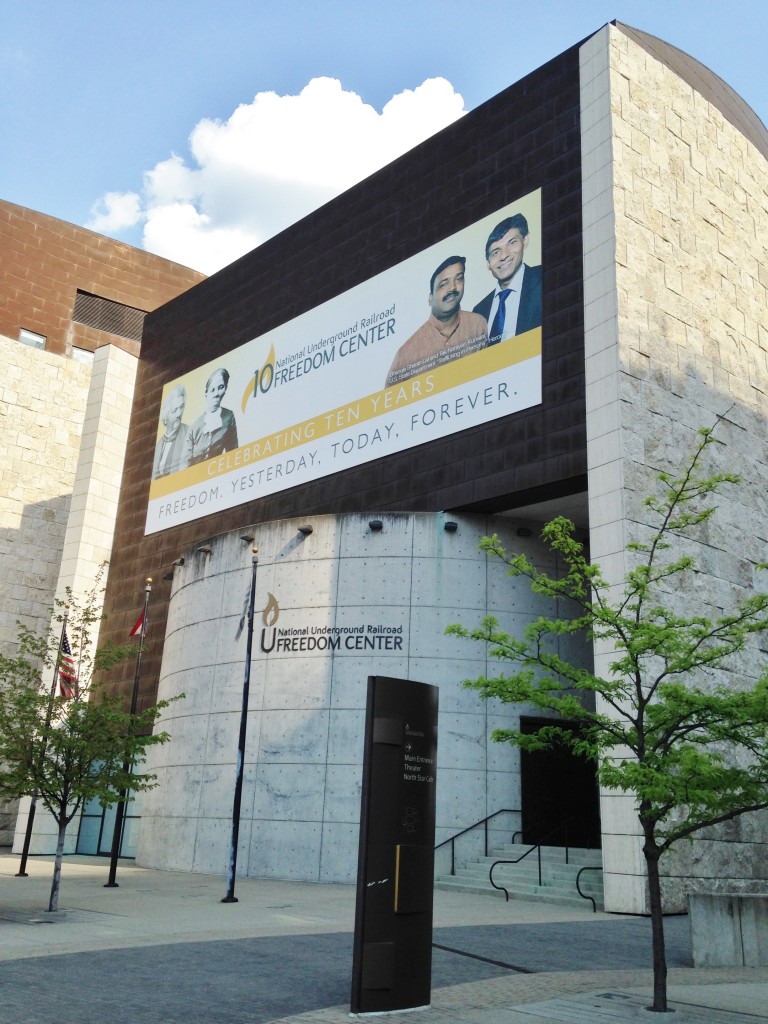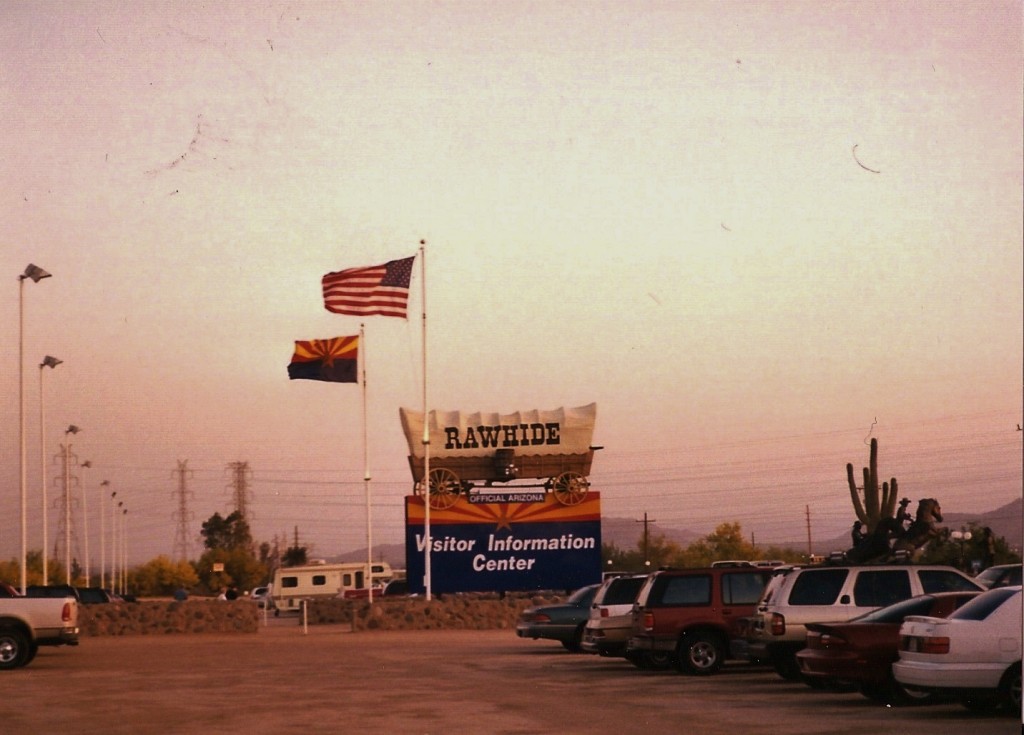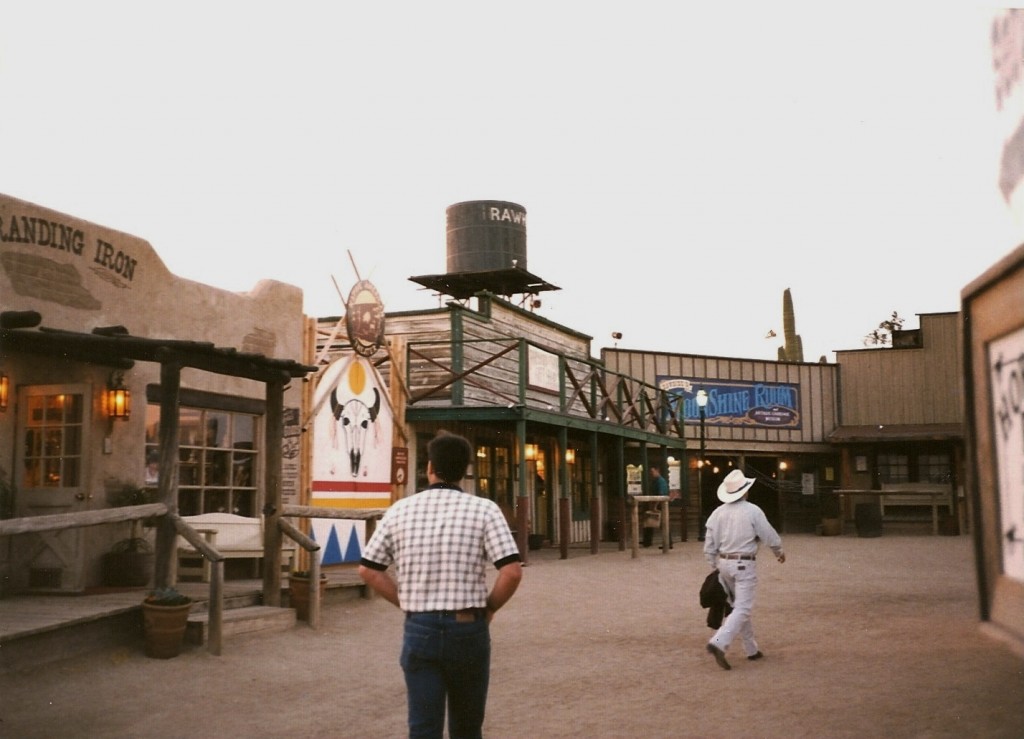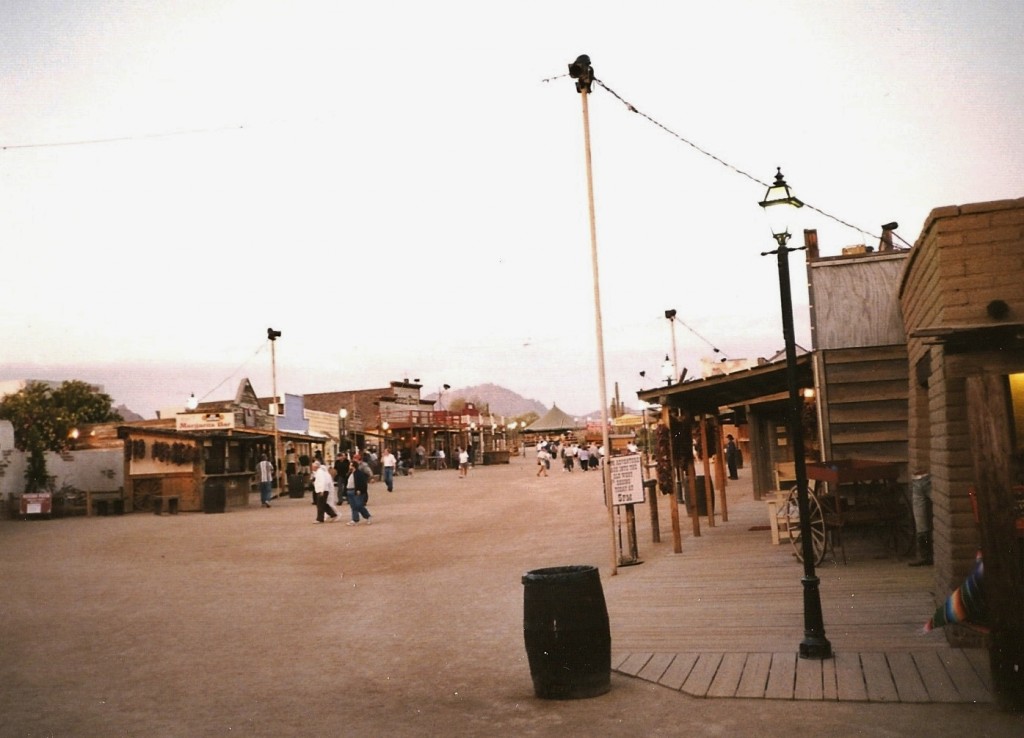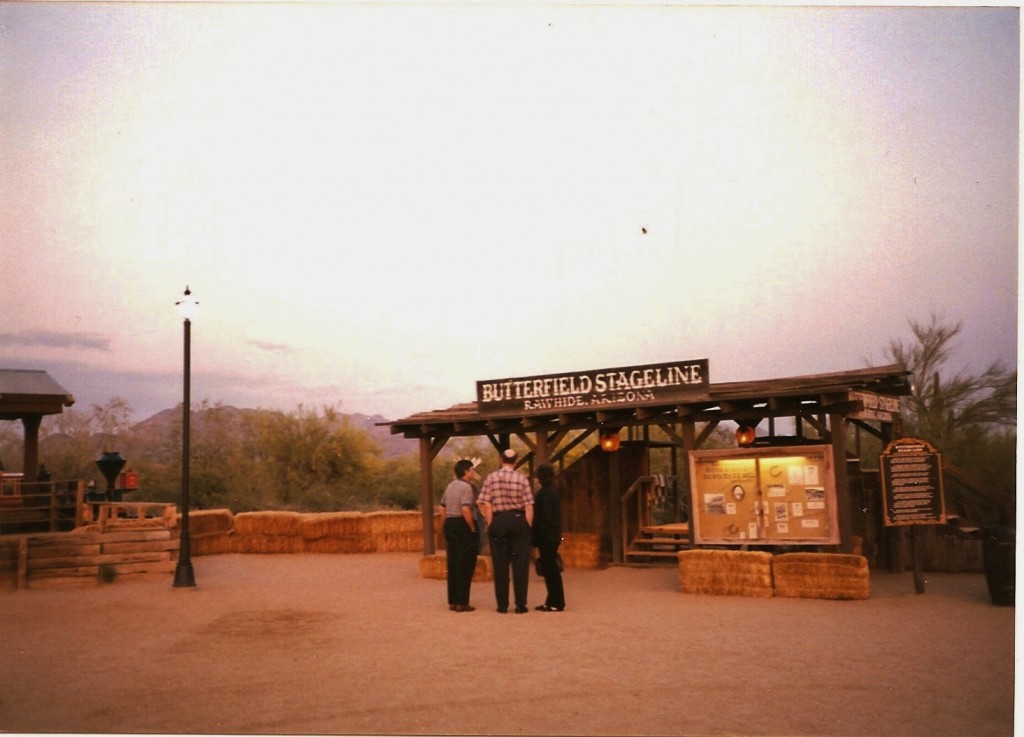Athens was once the center of civilization….the pulse of the world and believed to be the center of the universe. Today it is a living museum, full of archaeological sites and artifacts. A city steeped in history and a love for philosophy and science. In Athens, you can walk in the footsteps of countrymen who have made an impact on the world in areas such as medicine, architecture and mathematics. Over the years, Athens was a city to conquer and has suffered a few setbacks, but this ancient civilization, even today, has always managed to forge ahead.
Our first stop on our tour of Athens was Mars Hill. Traveling by bus from the airport, we passed a few sites which our guide pointed out, starting with Syntagma Square. Located northeast of the Plaka, a popular city neighborhood, the square stands in front of the neoclassical Parliament building.
Also referred to as Plateia Syntagmatos, this beautiful courtyard was once a part of the Royal Palace of Greece’s first king, King Otto I. Organized demonstrations took place here leading to the country’s historic constitution of 1843 in which they gained independence from the Ottoman Empire.
Today, the Evzone Guards, an elite unit of the Greek military perform the changing of the guard ceremony at the Tomb of the Unknown Soldier. The uniforms of the guards have historical significance. The pompoms on the shoes go back to the ancient Mycenaeans. The 400 pleats in the winter skirts resemble the number years that the Greeks were under the rule of the Ottoman Empire.
At five minutes before each hour, the guard changes, providing a presentation of the crossing of the guard. On Sundays at 11AM, visitors can witness a full crossing of the guard ceremony complete with marching band.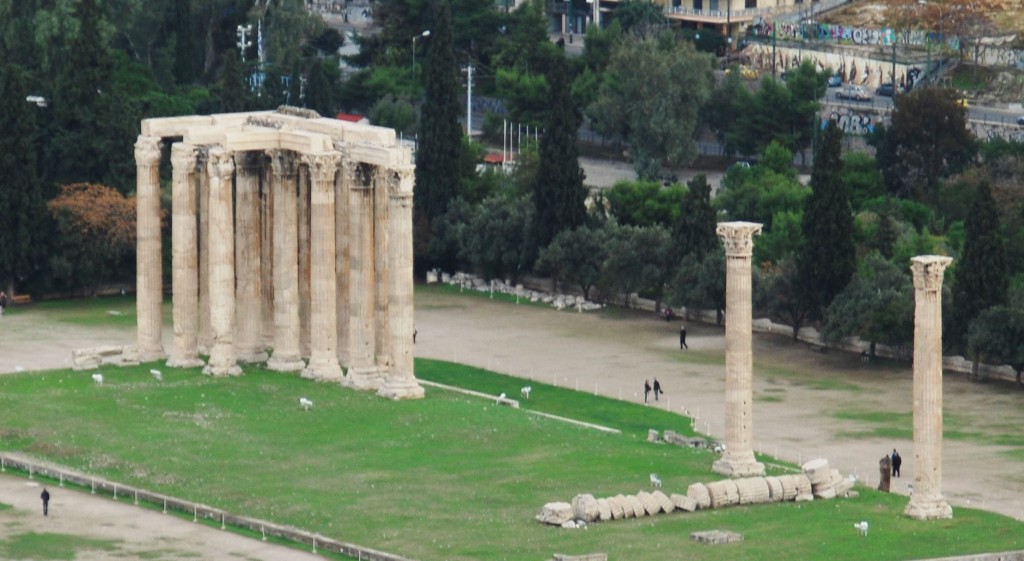
Taking a right from the Parliament building we came upon the ruins of the Temple of Olympian Zeus and Hadrian’s Arch. The Temple of Olympian Zeus (Olympieion), measuring 360 feet by 145 feet when it was completed, towered 56 feet high. Construction began during the rule of Peisistratos and was completed by Hadrian, the Roman Emperor in 131 AD, taking over 700 years to complete.
Only 15 of the original 104 Corinthian columns remain. The structure once displayed colossal statues of both Zeus and Hadrian. 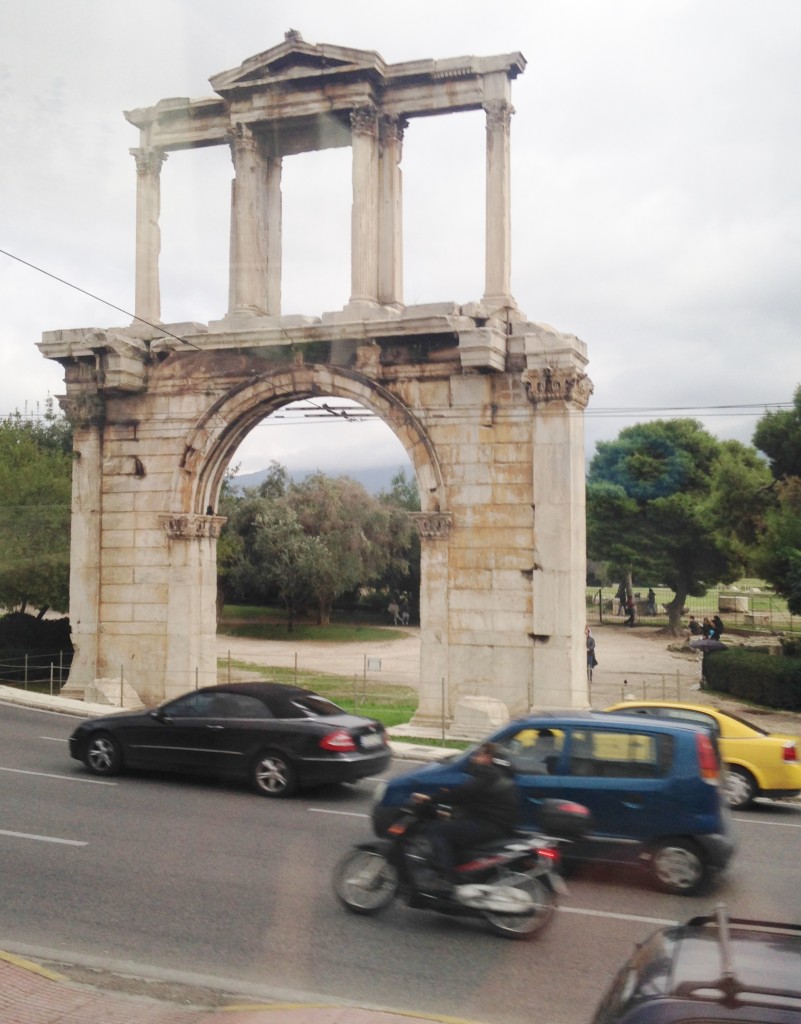
Close to the area of Lysicratu is Hadrian’s Arch which was once a dazzling white structure topped with Corinthian columns. The arch was built in 131 AD by the Roman Emperor, Hadrian who is also credited for completing the temple. On the arch side facing the traffic (west) is an inscription, “This is Athens, ancient city of Theseus” and on the east, “This is the city of Hadrian and not of Theseus”. The east side was a gateway to Roman structures which included the Temple of Olympian Zeus, also completed by Hadrian. It represents the division between Classical Greece and the Roman Province.
The Church of Agios Eleftherios was once a meeting place for the archbishops of Athens when the Ottomans prohibited them from meeting in the church within the Parthenon. Known as the “old cathedral”, this place of worship has been around since the 13th century.
In the district of Pangratti is the Panathanaic Stadium (Kallimarmaro, “beautiful marble”), the “stadium of the first modern Olympic games”. It has since been refurbished through funding by Evangelis Zappas and George Averof.
There is a statue of George in the square near the stadium.
Known as the Areopagus, Ares’s Hill as well as Mars Hill, this amazing climb provides impressive views of historic Athens as well as a remarkable vantage point to photograph the Acropolis. This location is most popularly known as the place where the apostle Paul shared his Christian faith with local Greek intellectuals.
A panoramic View from Mars Hill, from left to right, are structures such as Ancient Agora and Thissio Park. The Plaka would be located towards the center and the Acropolis to the right. Tickets to the Acropolis are also valid for visiting the Greek and Roman Agoras, Hadrian’s Library, the Temple of Olympian Zeus, the Theatre of Dionysos and the Kerameikos Cemetery.
From Mars Hill, the Temple of Hephaestos, is the most intact Doric temple in Greece. It is dedicated to the god of iron workers, blacksmiths, those that worked with fire who created items such as tools, statues, jewelry and armor. It was transformed into a Christian church, the Chapel of St. George (of the dragon) which may have helped in keeping the temple in its current state.
From Mars Hill, we were now ready to explore oneof the most magnificent temples of Greek architecture, The Acropolis.
Have you visited the spectacular city of Athens? I would love to hear about your experience if you would kindly leave a message in the comments section below! Many thanks for reading about my day in Athens and wishing you many Happy Travels!
What to See and What to Do:
Syntagma Square
Athens 105, 57, Greece
Temple of Olympian Zeus
Athens 105, 57, Greece
Hadrian’s Arch
Athens 105, 57, Greece
Church of Agios Eleftherios
Acharnon 384, Athina 111 43, Greece
Panathanaic Stadium
Vasileos Konstantinou Anevue (opposite the statue of Myron Discobolus)
Athens, 116 35, Greece
Areopagus
Theorias 21, Athina 105 55, Greece
Ancient Agora
Adrianou 24, Athina 105 55, Greece
Thissio Park
Apostolou Pavlou, Athina 105 55, Greece
Hadrian’s Library
?, Areos 3, Athina 105 55, Greece
Theatre of Dionysos
The Acropolis
Mitseon 25, Athina 117 42, Greece
Kerameikos Cemetery
Ermou 148, Athina 105 53, Greece
Temple of Hephaestos
Athens 105 55, Greece
Chapel of St. George
Thrasillou 18, Athina 105 58, Greece
Acropolis
Athens 105 58, Greece
Odeon of Herodes Atticus
Dionysiou Areopagitou, Athina 105 55, Greece
Where to Stay:
AVA Hotel and Suites
9-11 Lyssikratous Street, Plaka,
Athens, Attiki, 105 51 Greece
Telephone: +30 21 00325 9000
Where to Eat:
2Mazi Restaurant
48 Nikis Street, Plaka
Athens, Attiki, 105 51 Greece
What to Eat:
-
- Baklava is layers of phyllo dough filled with nuts, spices and sweetened with honey
- Greek Salad
- Greek Wine from Santorini is unique as the grapes are grown in volcanic ash
- Gyros
- Lamb
- Local Olives
- Mashed Fava Beans (Fava me Koukia)
- Moussaka is an eggplant or potato based pie with meat and cheese
- Pomegranates
- Saganaki is a phyllo pastry stuffed with cheese and covered in honey
- Souvlaki are meat kabobs made from lamb, beef or chicken
- Spanikopita is a phyllo pastry filled with spinach, cheese, and sometimes onion
- Tomato Fritters made with tomatoes and onion, they are spiced either with oregano and peppermint then deep-fried
- Tzatziki is a yogurt based sauce with bits of garlic, onion, cucumbers, olive oil and lemon. Pita bread is usually served with this dish for dipping.
What to Read:
- The Odyssey, by Homer
- The King Must Die, by Mary Renault
- Little Infamies, by Panos Karnezis
- My Family and Other Animals, by Gerald Durrell
- Uncle Petros and Goldbach’s Conjecture, by Apostolos Doxiadis
- Freedem and Death, by Nikos Kazantzakis
- The Dark Labyrinth, by Lawrence Durrell
- The Names, by Don DeLillo
- Atticus the Storyteller’s 100 Greek Myths by Lucy Coats and Anthony Lewis
Photo Guide for Athens, Greece:
- Acropolis
- Temple of Olympian Zeus
- Ancient Agora
- Dromeas “Running Man” Sculpture
- Changing of the Guard (Evzones)
- Panatheniac Stadium
- Anafiotika Neighborhood
- Mount Lycabettus
- Lake Vouliagmeni
- Pentelikion Waterfall
